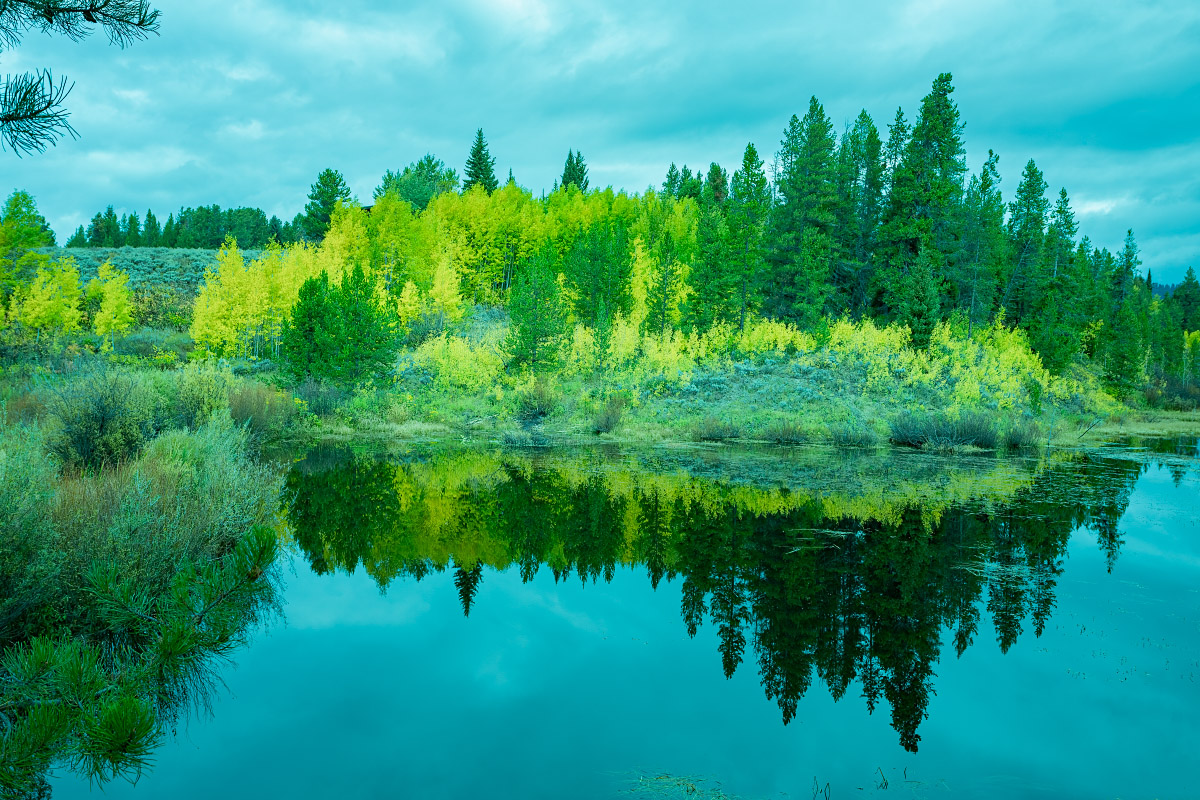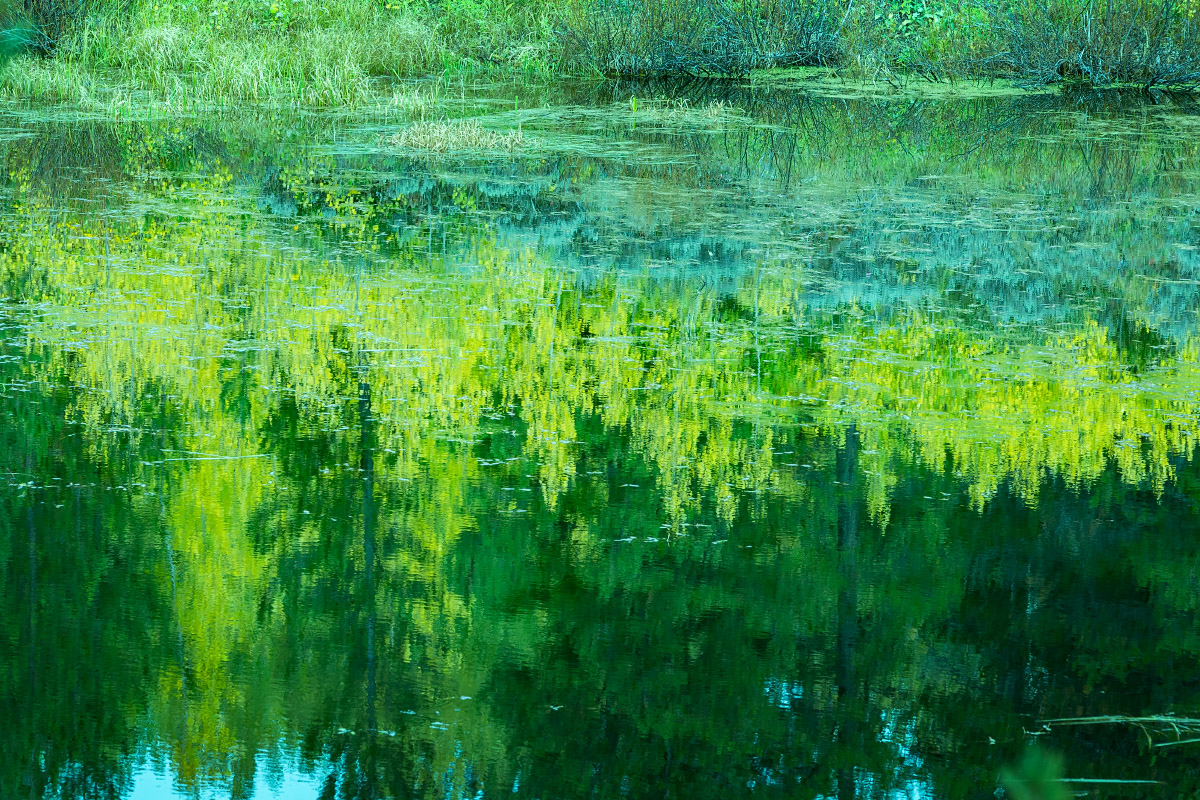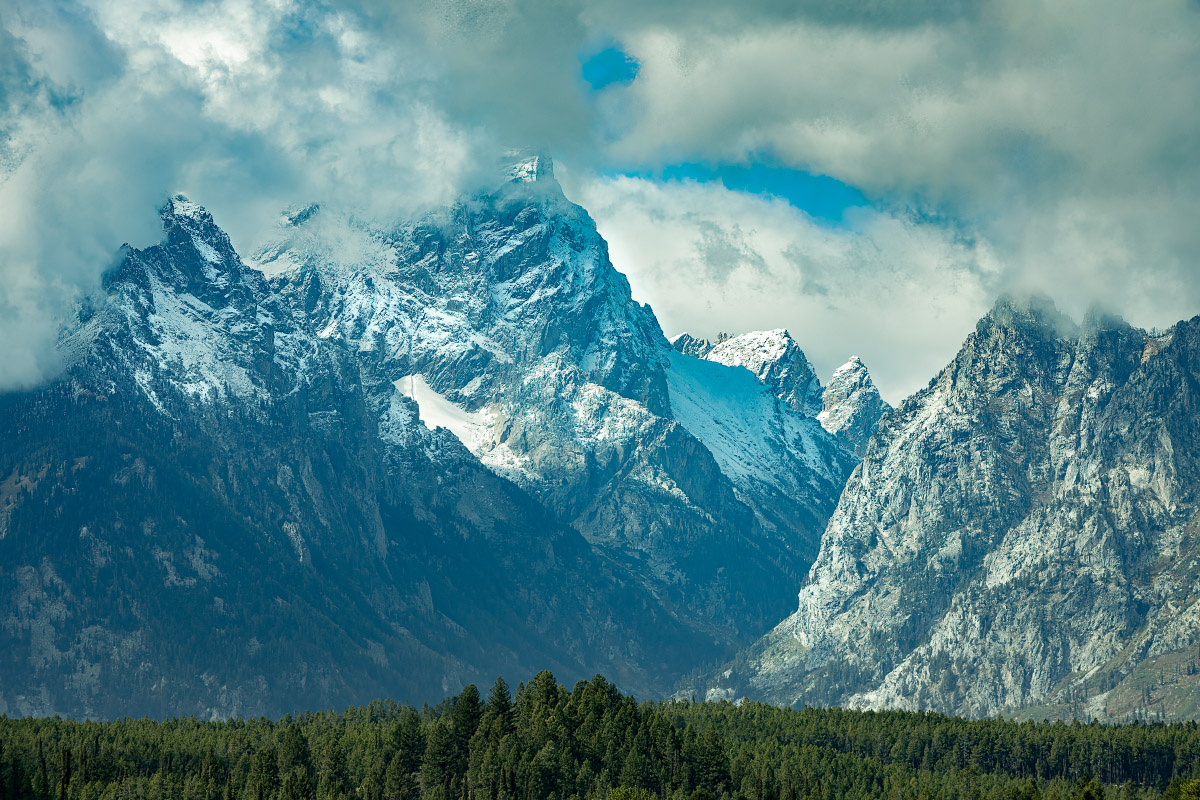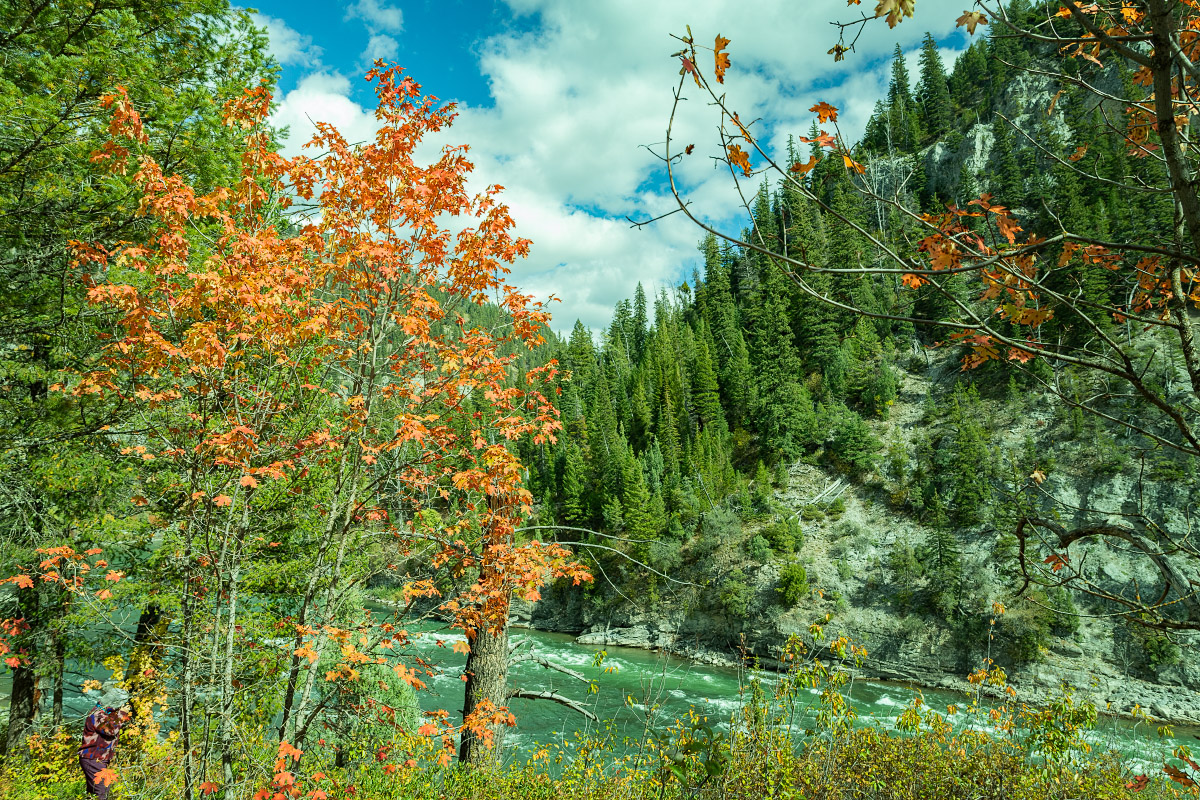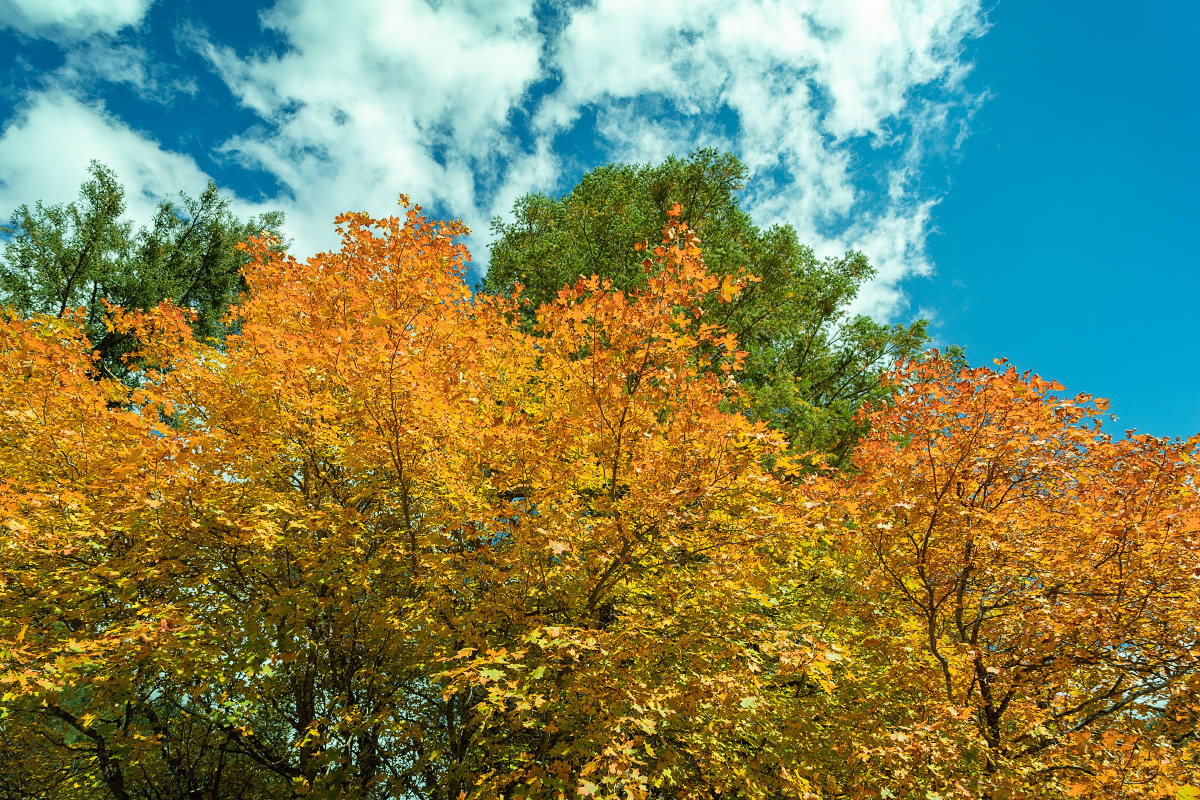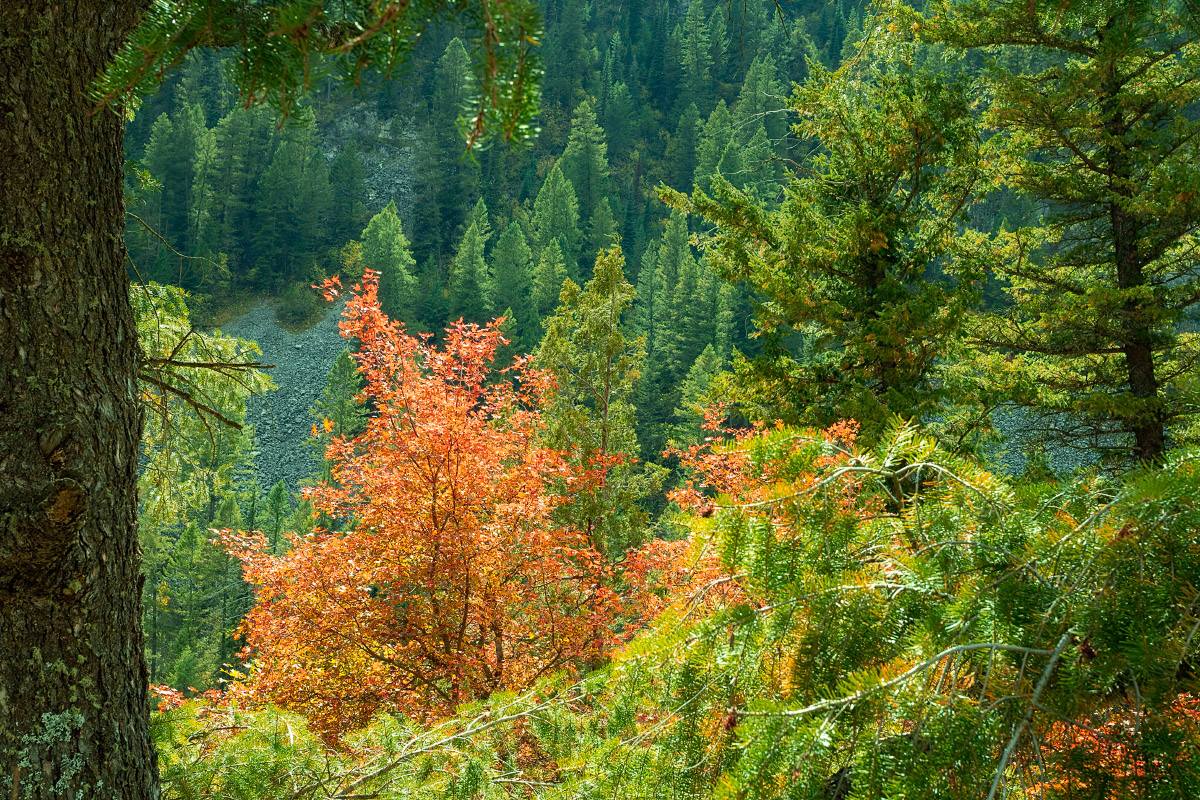Wyoming Blog 2023
Wyoming Blog 2023
Jan 2023: Several years ago I tried photographing freezing soap bubbles and decided to try again this winter. There were very light snow flurries this night, and if you look closely at the 14 second mark, it appears a snowflake “seeded” the bubble and started a new crystallization spot!
Until now I always phtographed at night with artificial lighting to see the patterns in the bubble. It take a lot more planning to do this in the daytime and still be able to see it well. Here is a freezing bubble video shot just before sunset. Temperatures were a little higher so the freezing took longer. However it made for some beautiful fern shaped crystallization patterns.
1/21/2023: This winter was exceptionally bitter cold and snowy. However this can give rise to one of our favorite winter phenomona, hoarfrost.
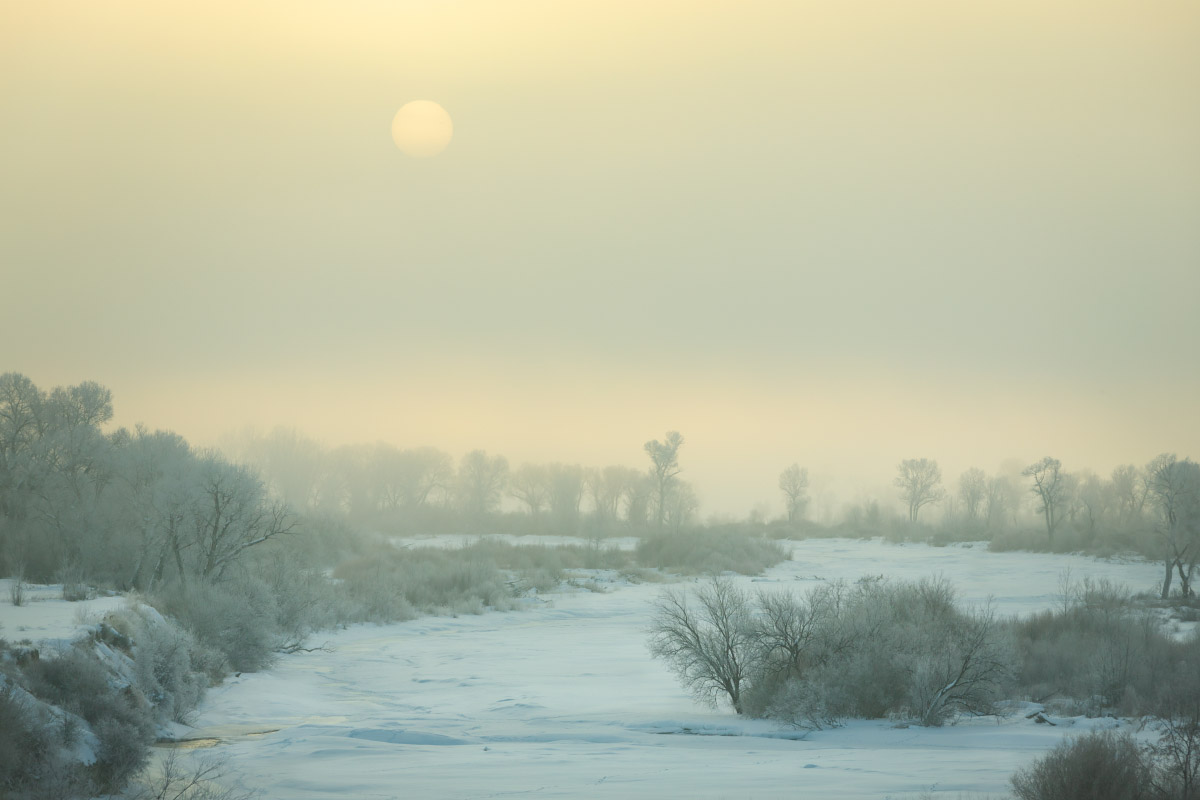
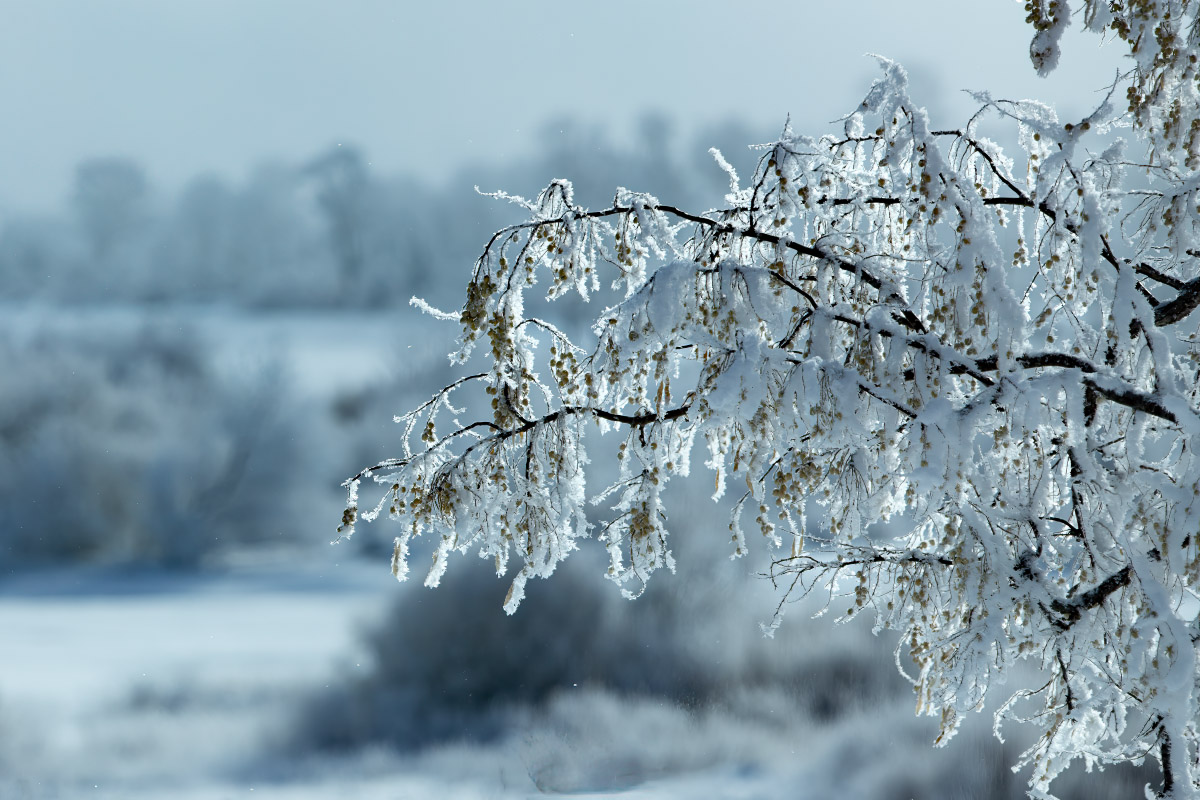
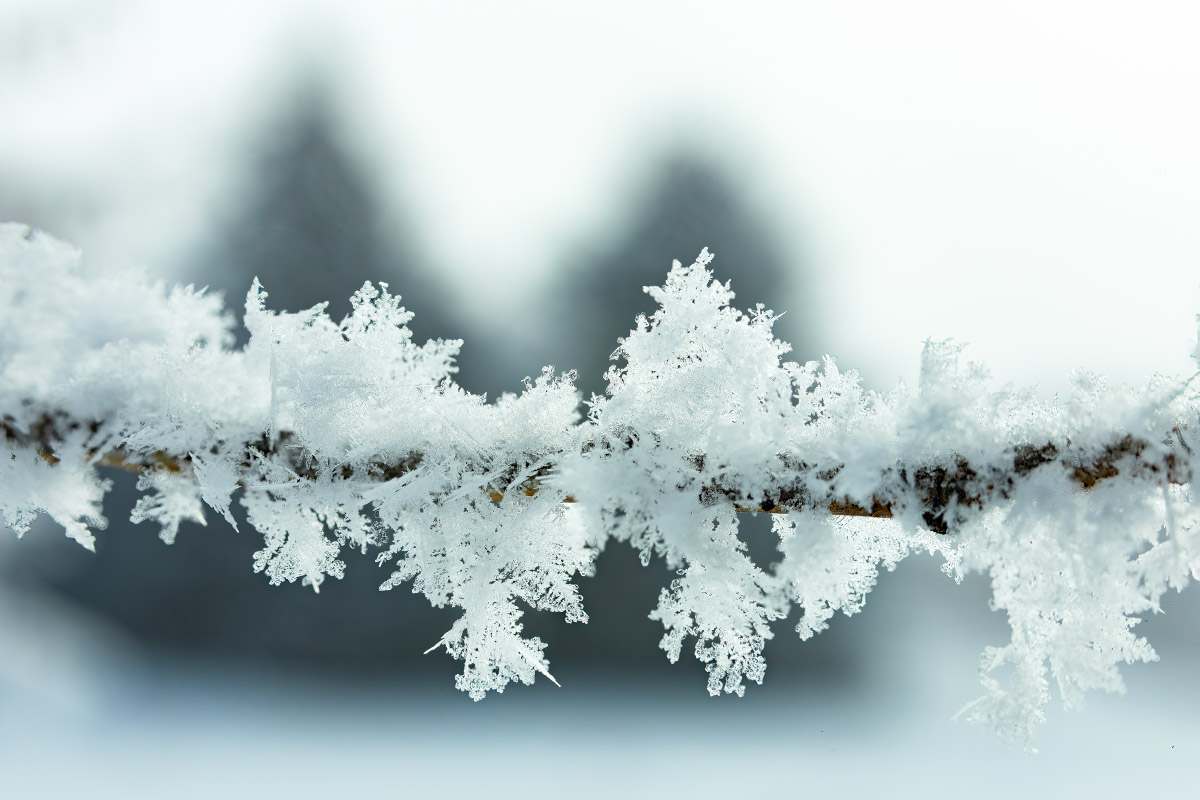
4/22/23: Spent a weekend in Grand Teton National Park. Our cabin was on Flat Creek. Geese and Mallards were plentiful. Also got to watch a Kingfisher fish in the creek, It was crazy fast so no photos.
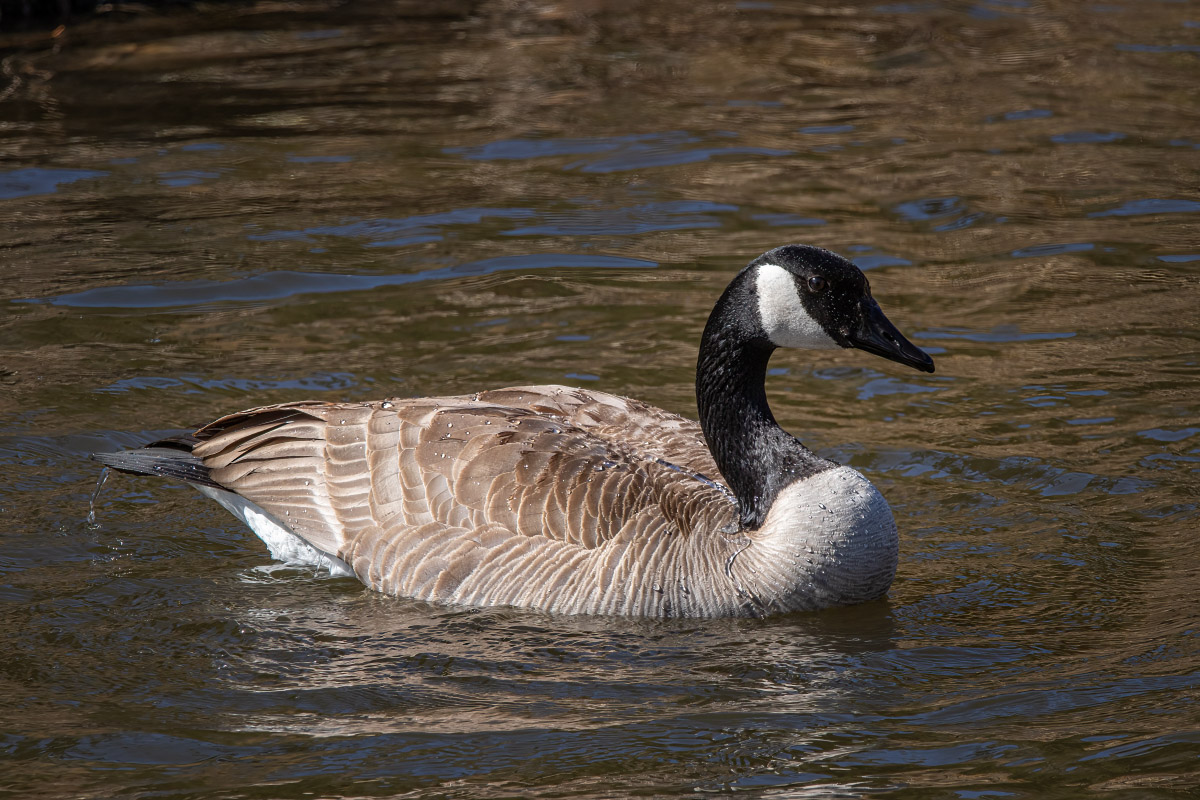
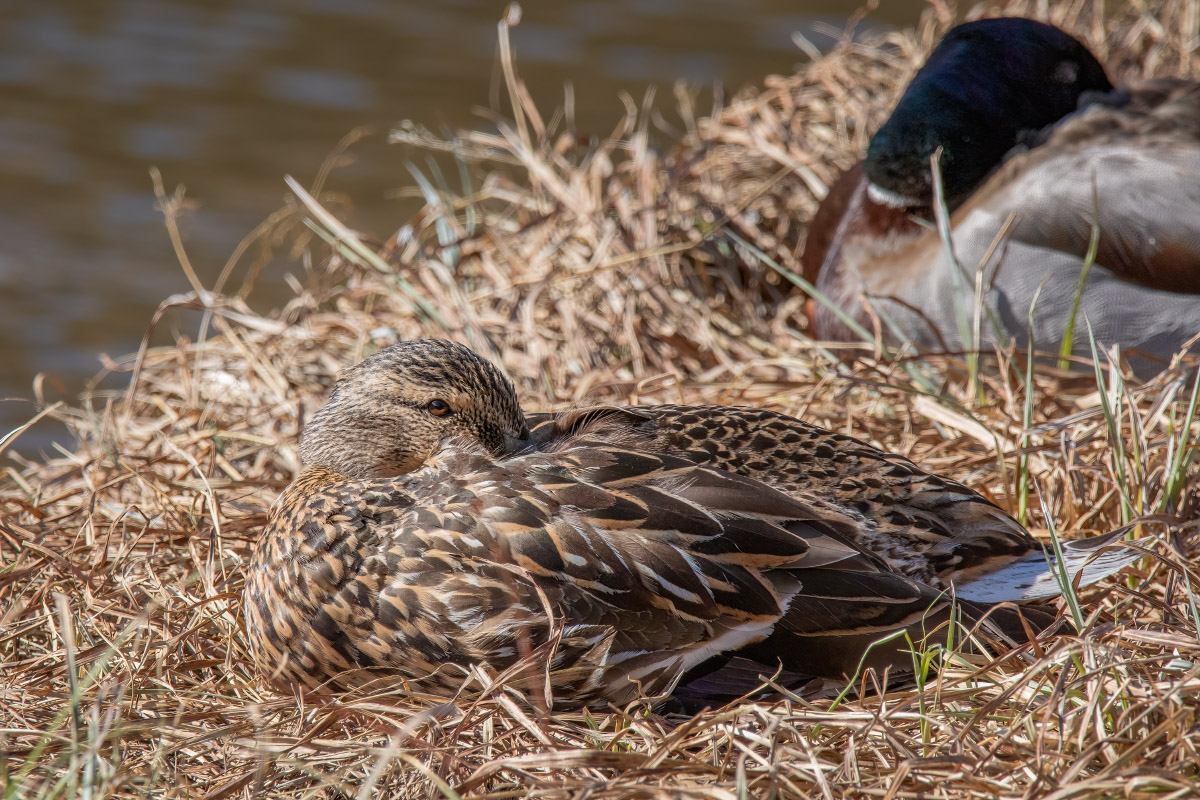
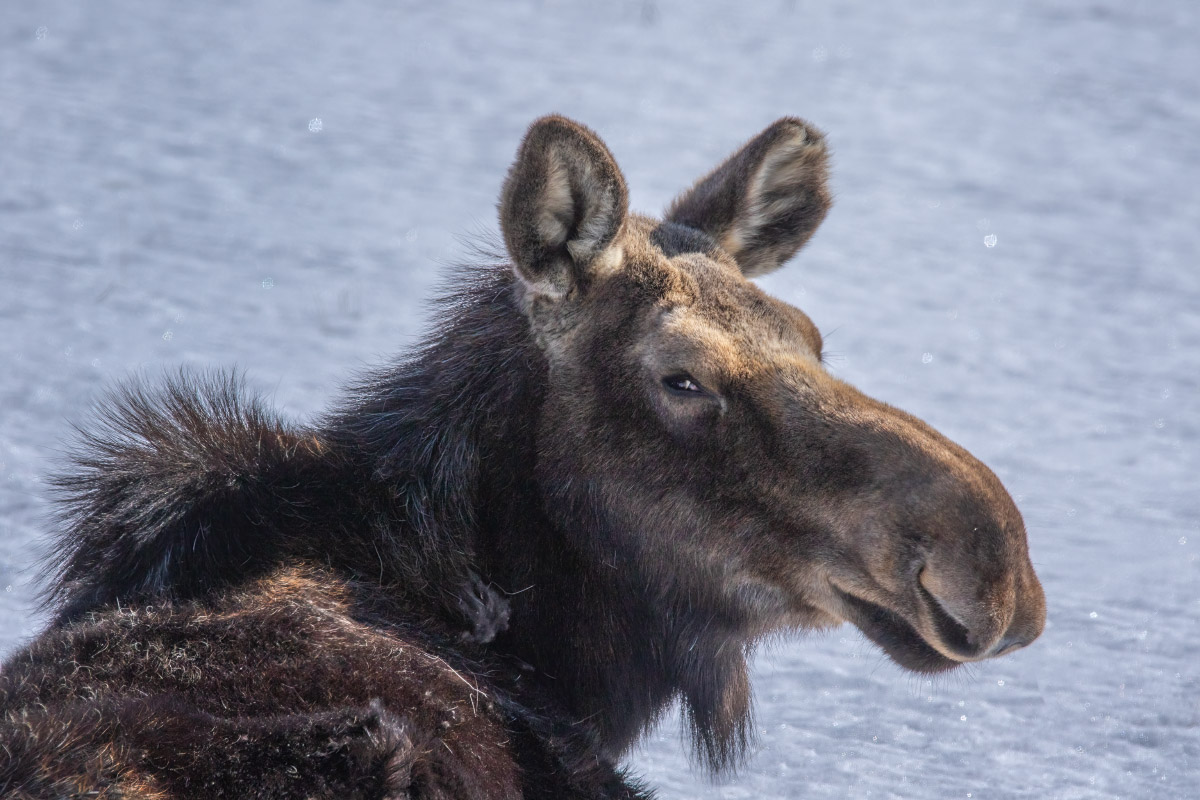
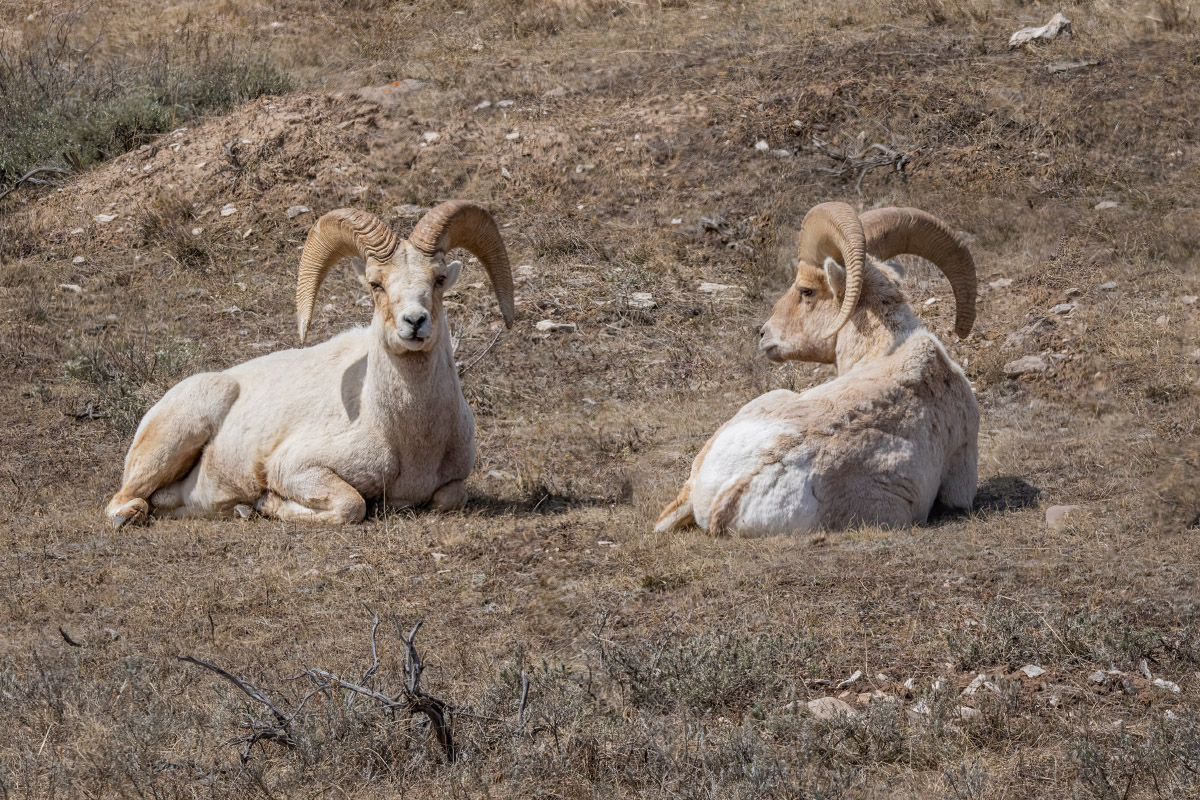
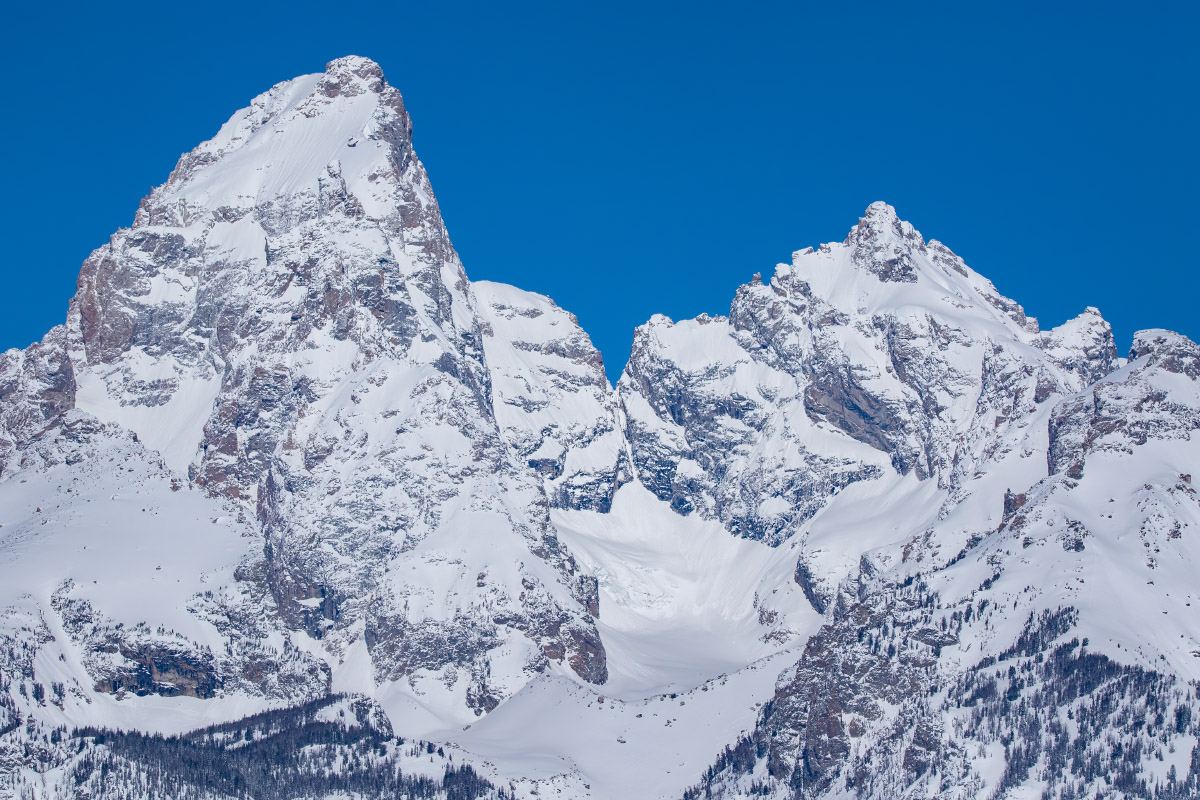
Here are some of the lesser known named peaks in the Teton Range.
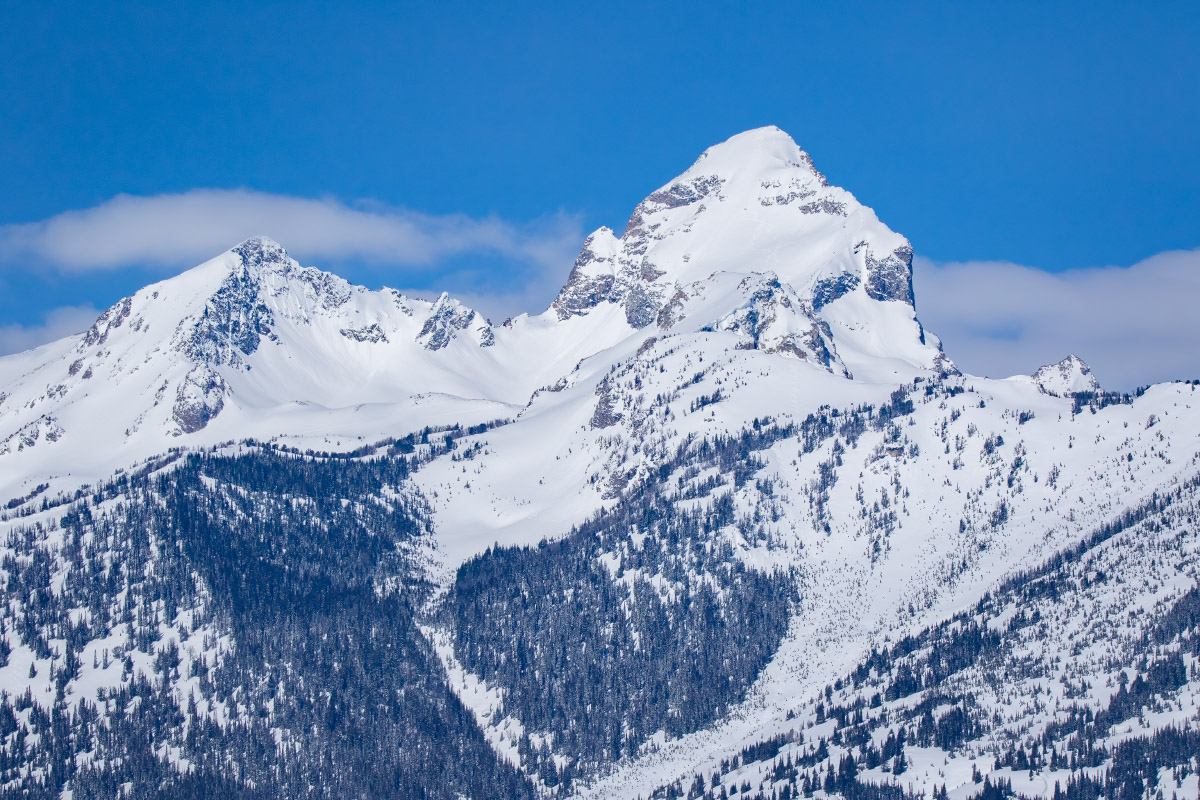
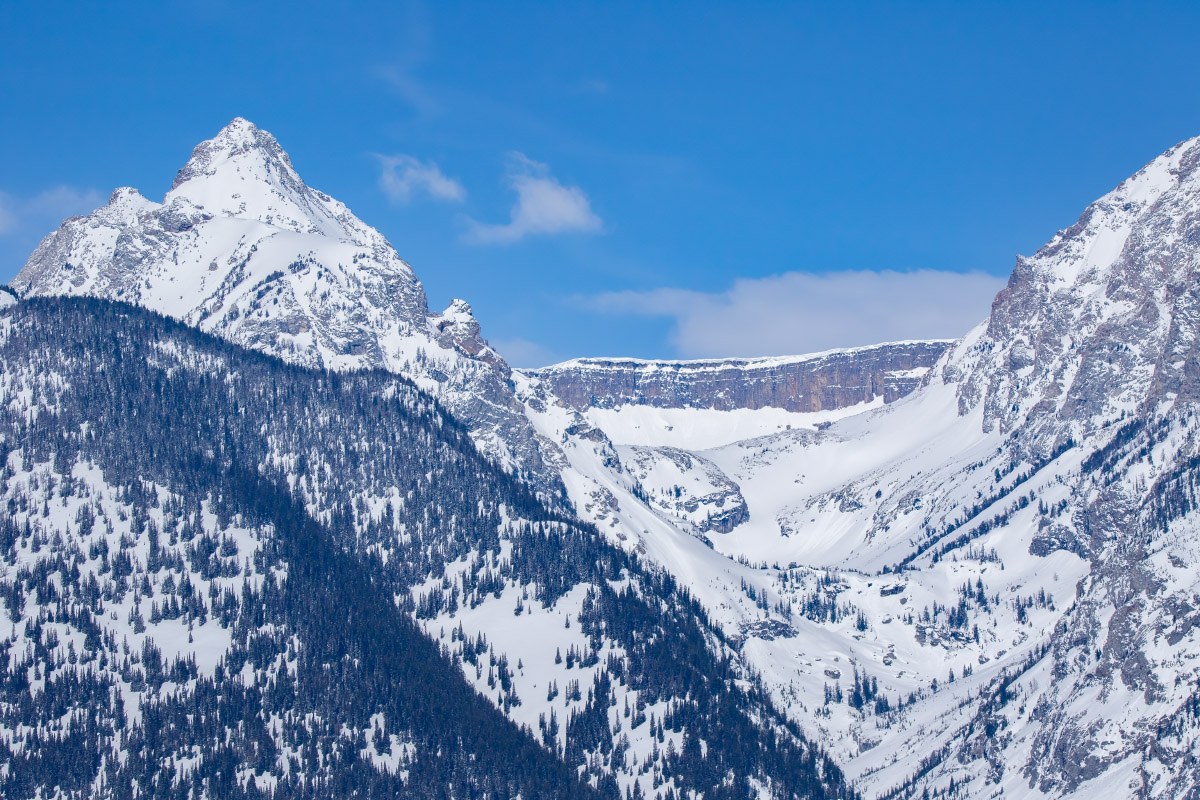
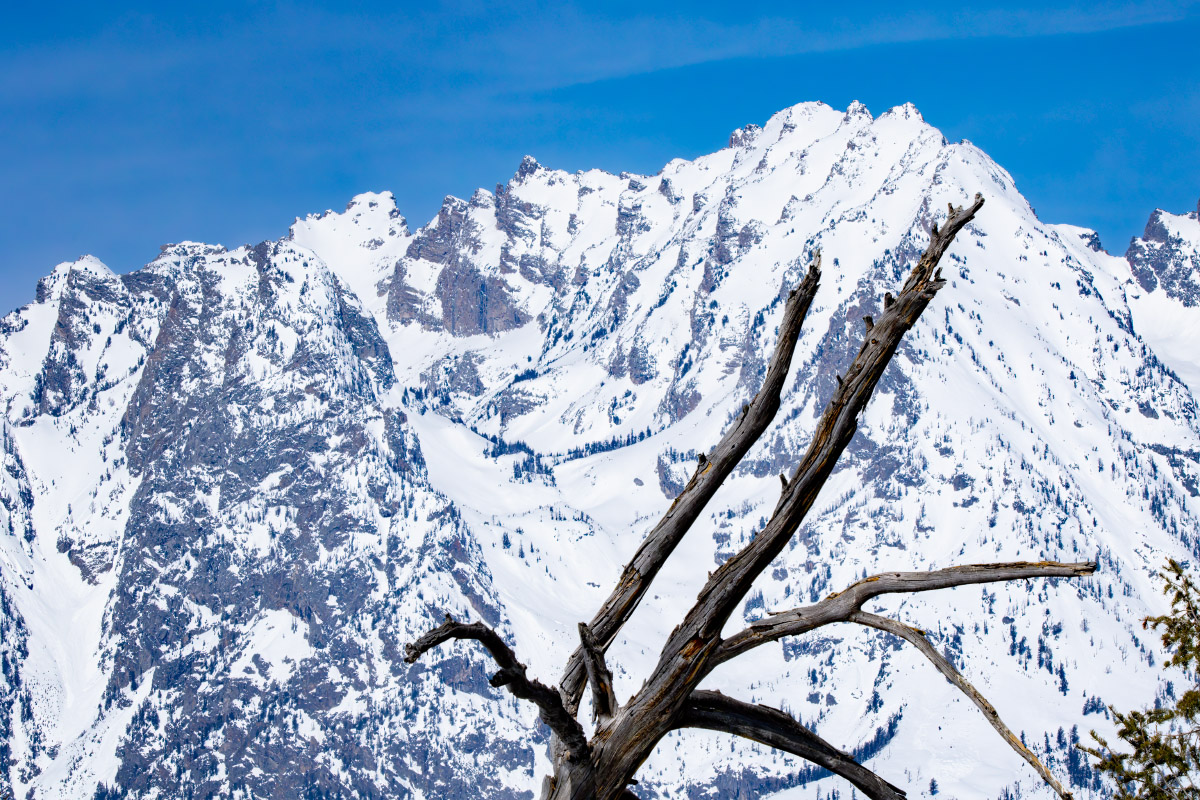
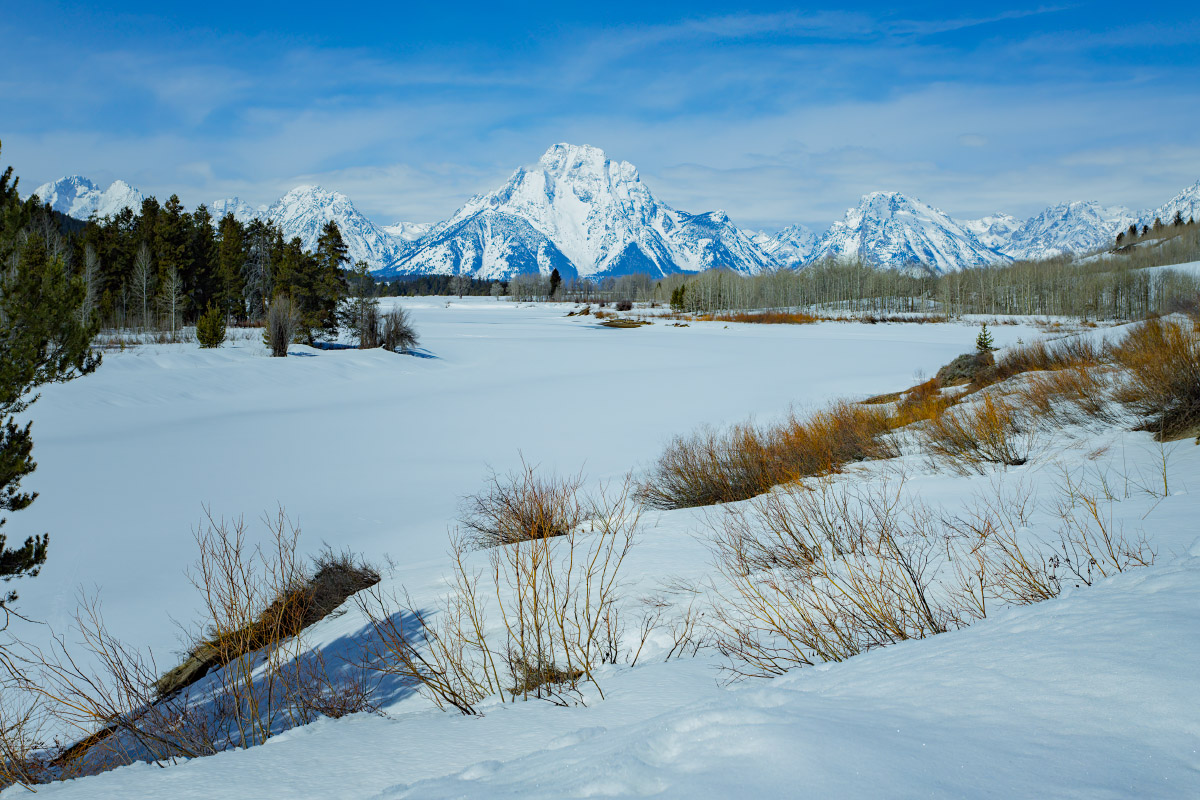
5/20/23: Went camping at Weeping Rock Campground this weekend. I can’t go there and not photograph the actual “Weeping Rock”. I usually shoot it as a long exposure for silky smooth water. This year I tried to do it as a video with slow fade to a long exposure!
Candy spotted a Great Horned Owl roosting in the cliff face. It stayed there all day and then left at sunset for a night of hunting. The following day both of the adults were roosting in a new spot all day.
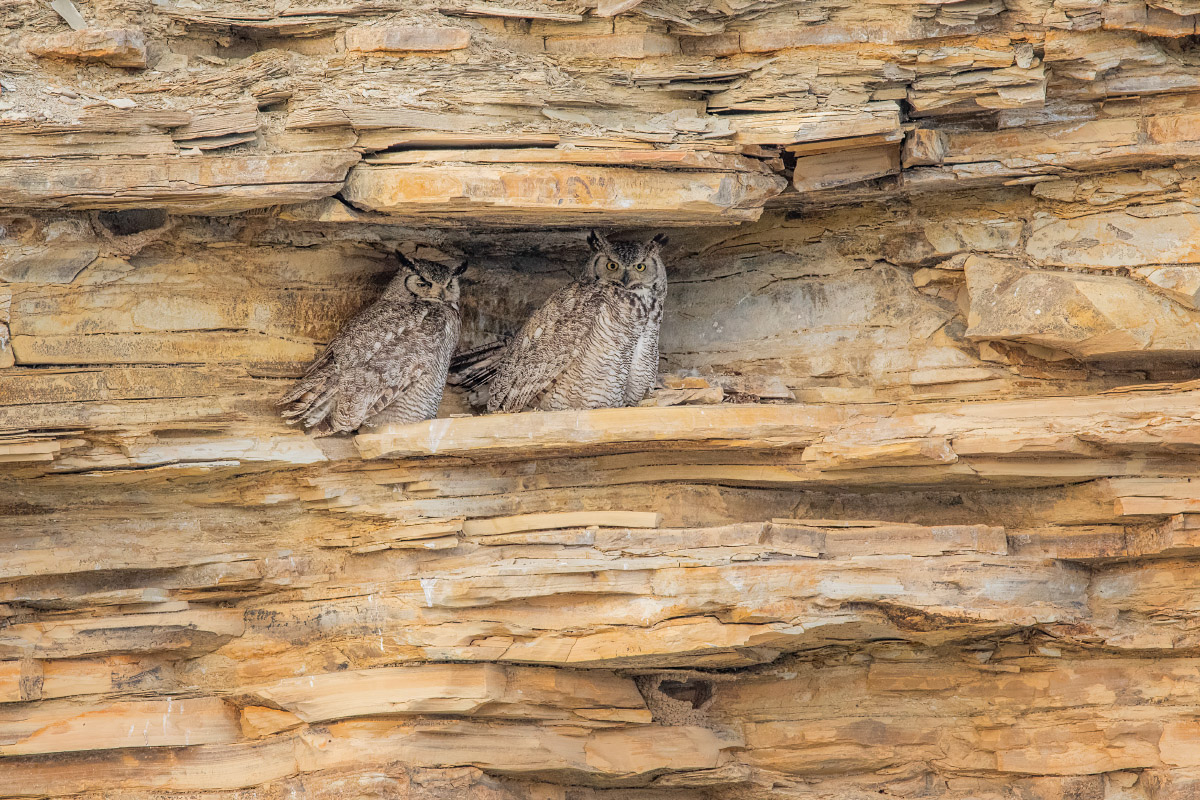
I later found a fledgling Great Horned Owl at the bottom of the cliff. It still couldn’t fly but would hop around flapping its wings. The parents must have been feeding it only at night.
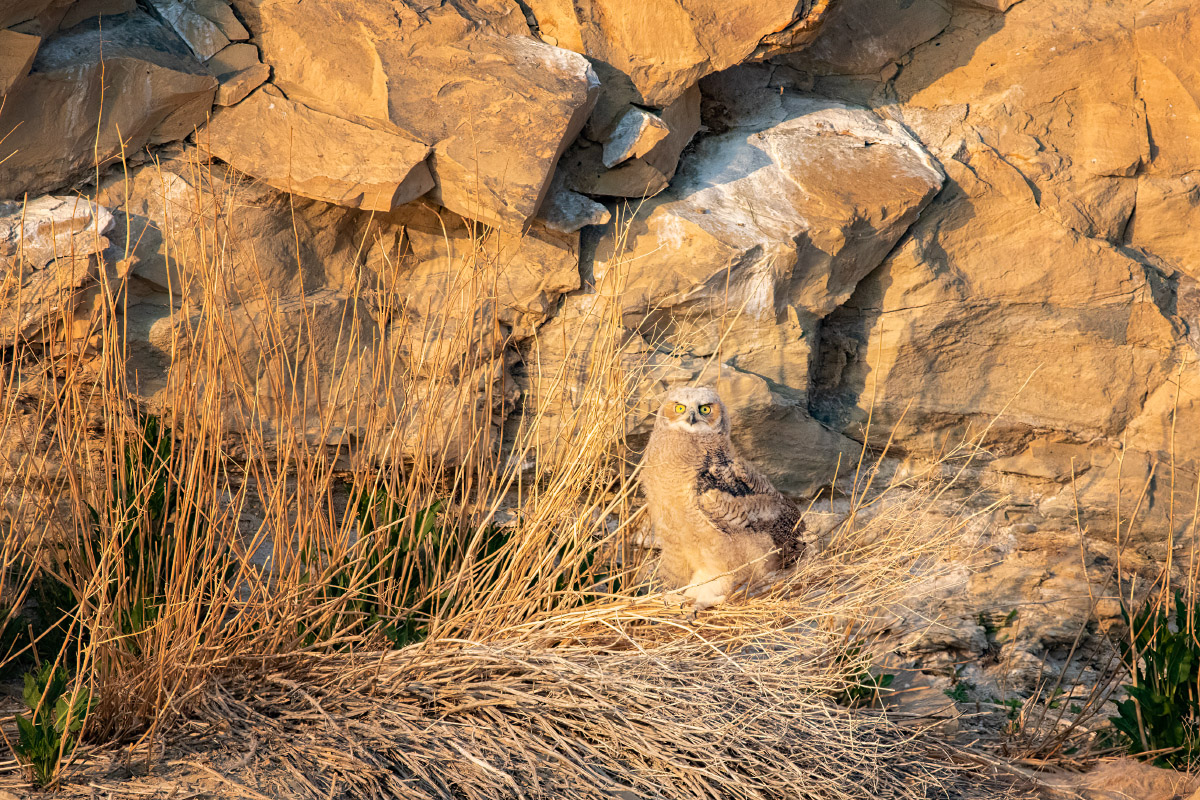
We found a small band of wild horses at Seedskadee National Wildlife Refuge. One was a beautiful “Paint”, so I got the idea of trying to turn my photo into a watercolor painting. First ever attempt at trying this.
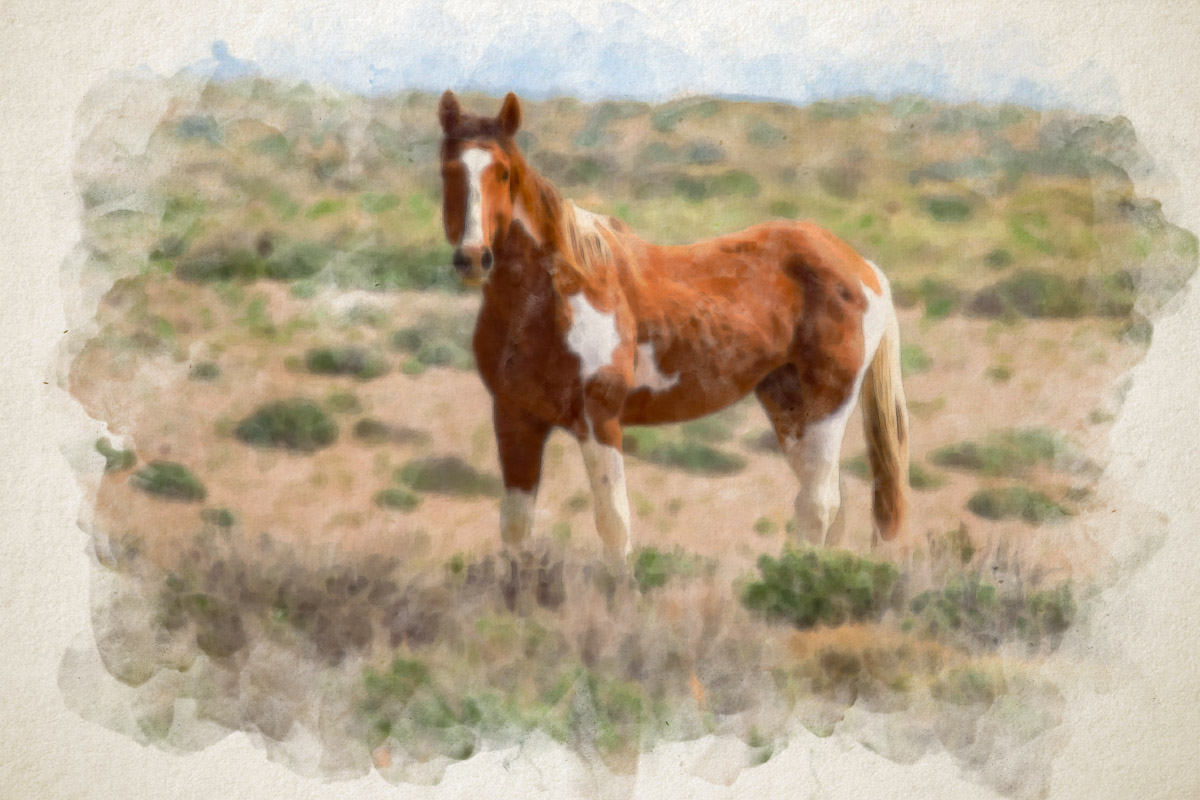
All of these birds were photographed just feet from our campsite. In fact, the Tree Swallows were nesting in the tree over our camper.
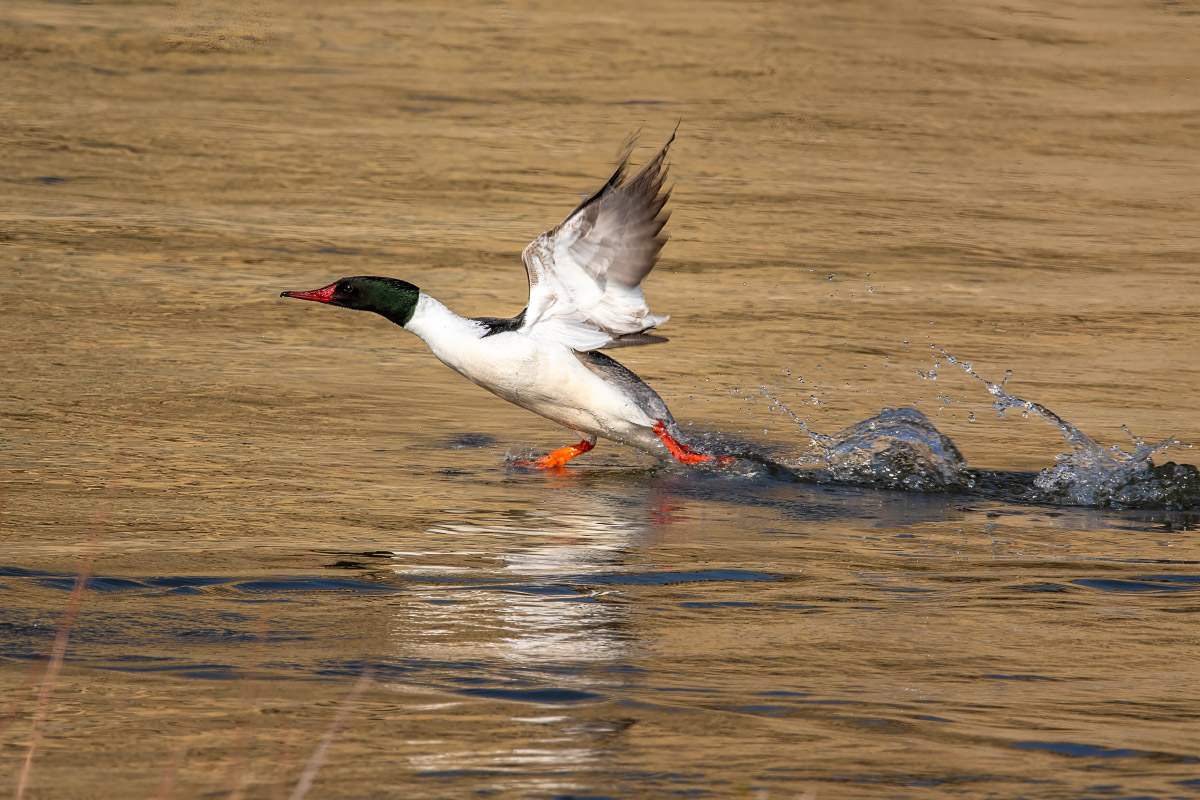
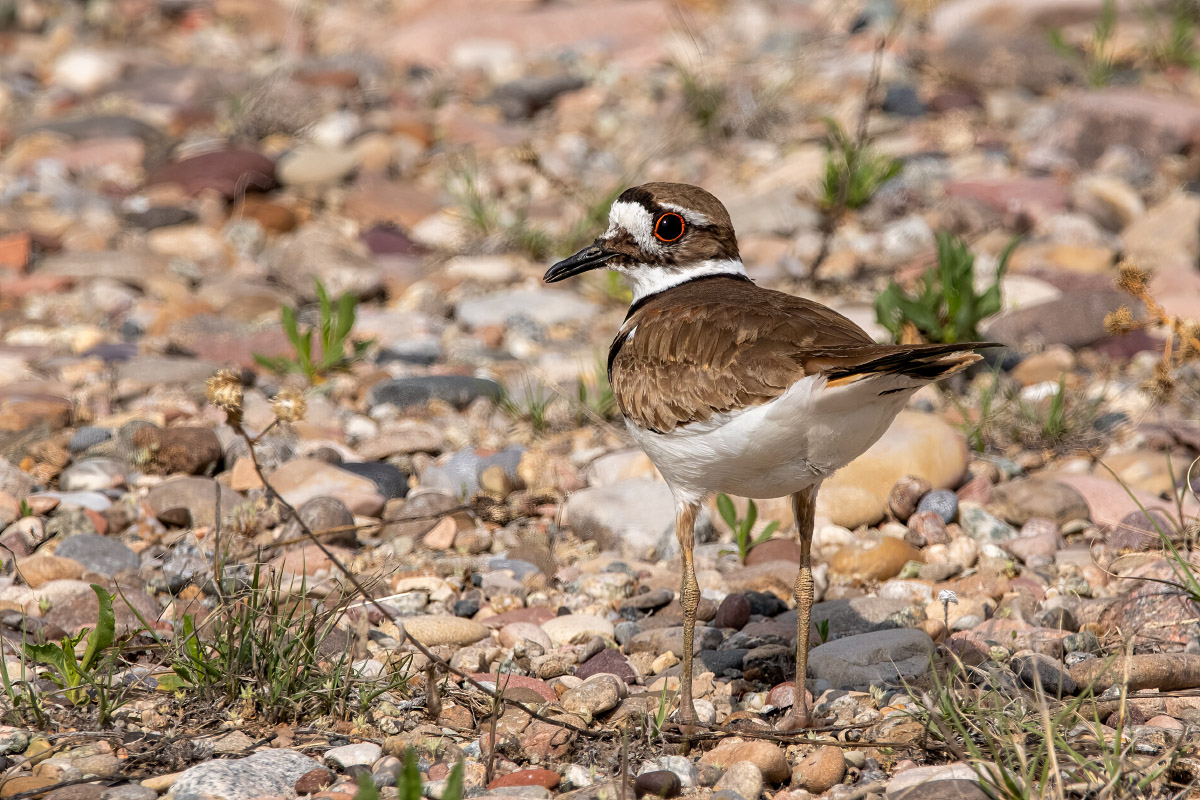
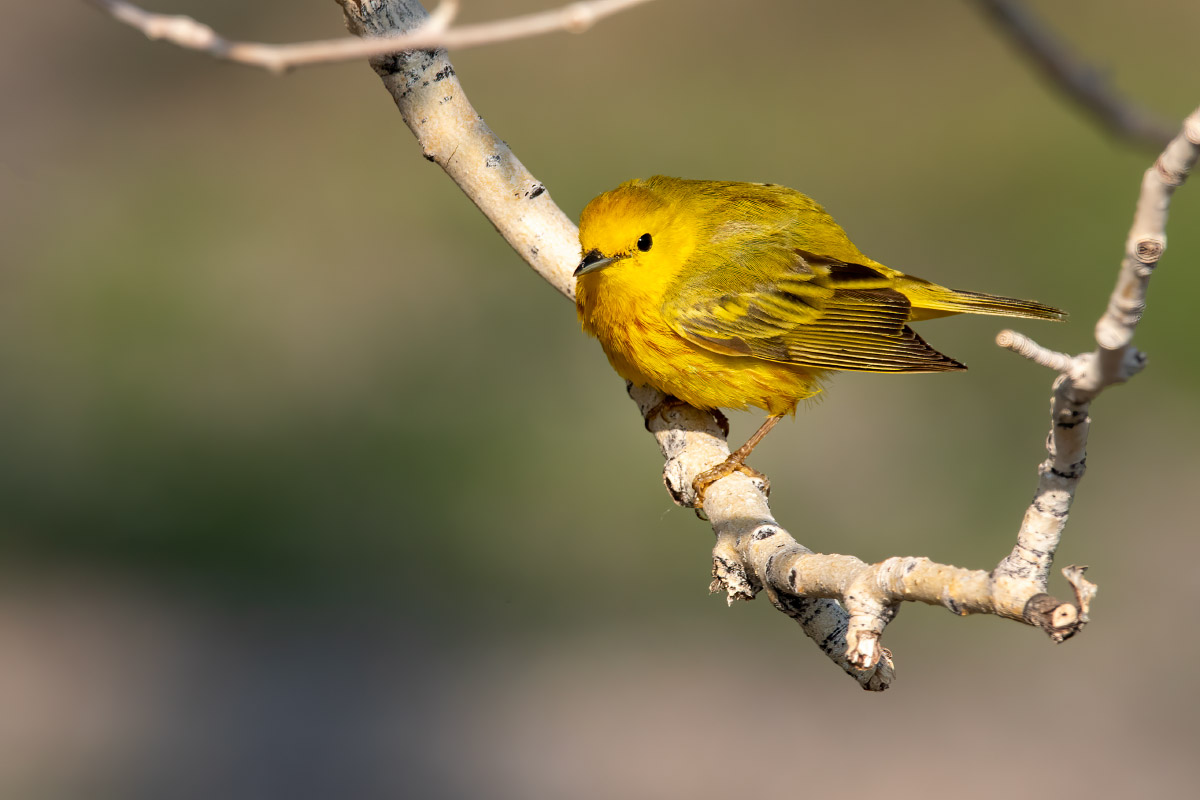
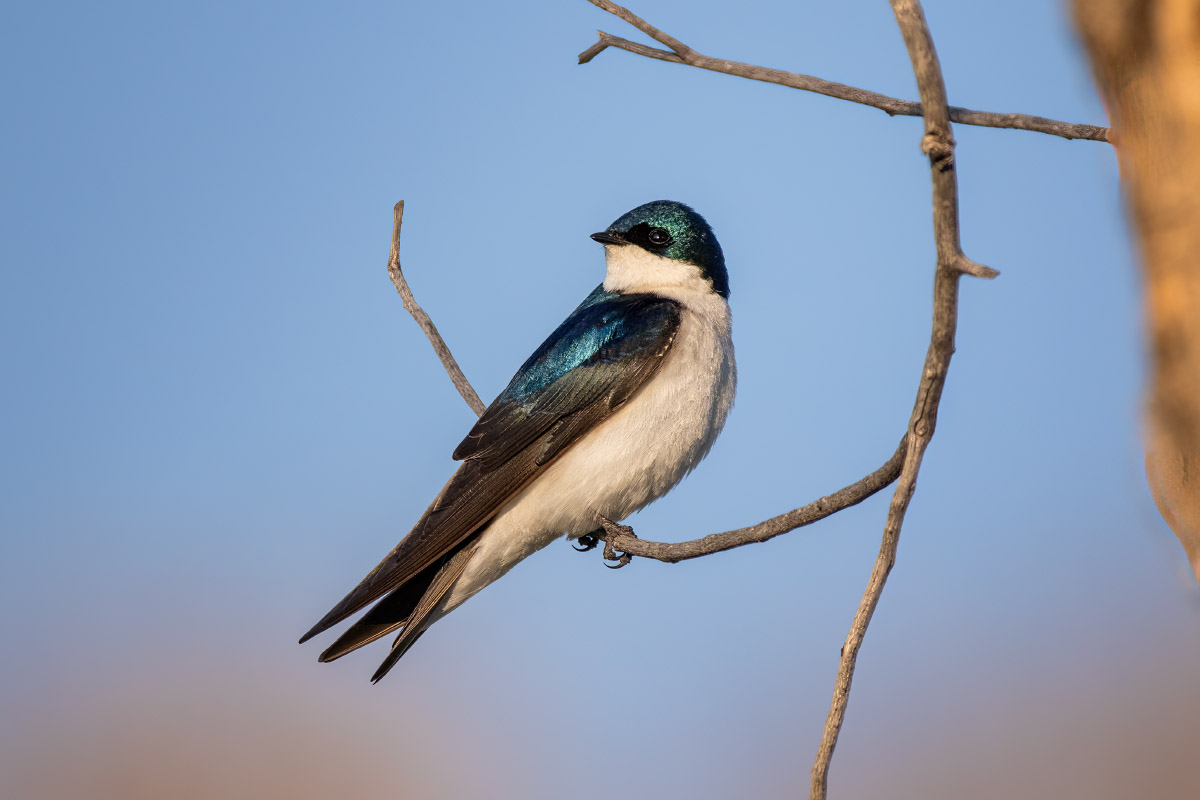
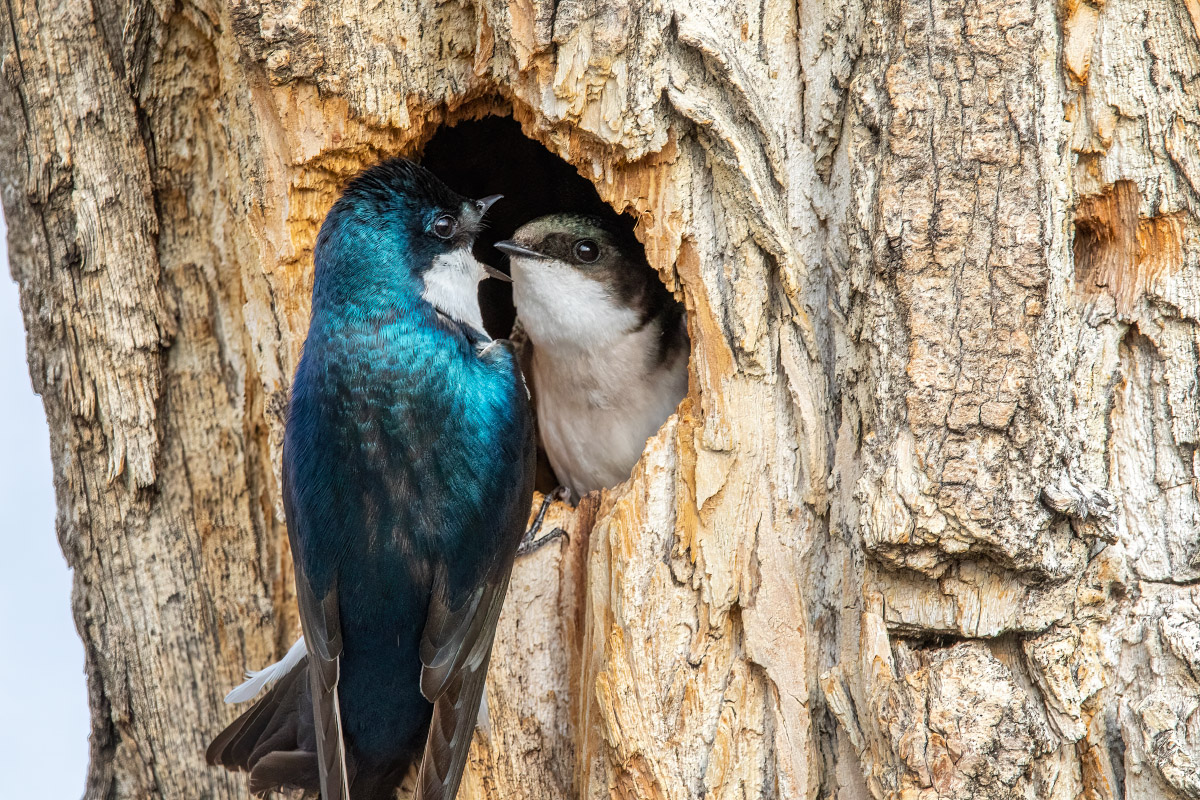
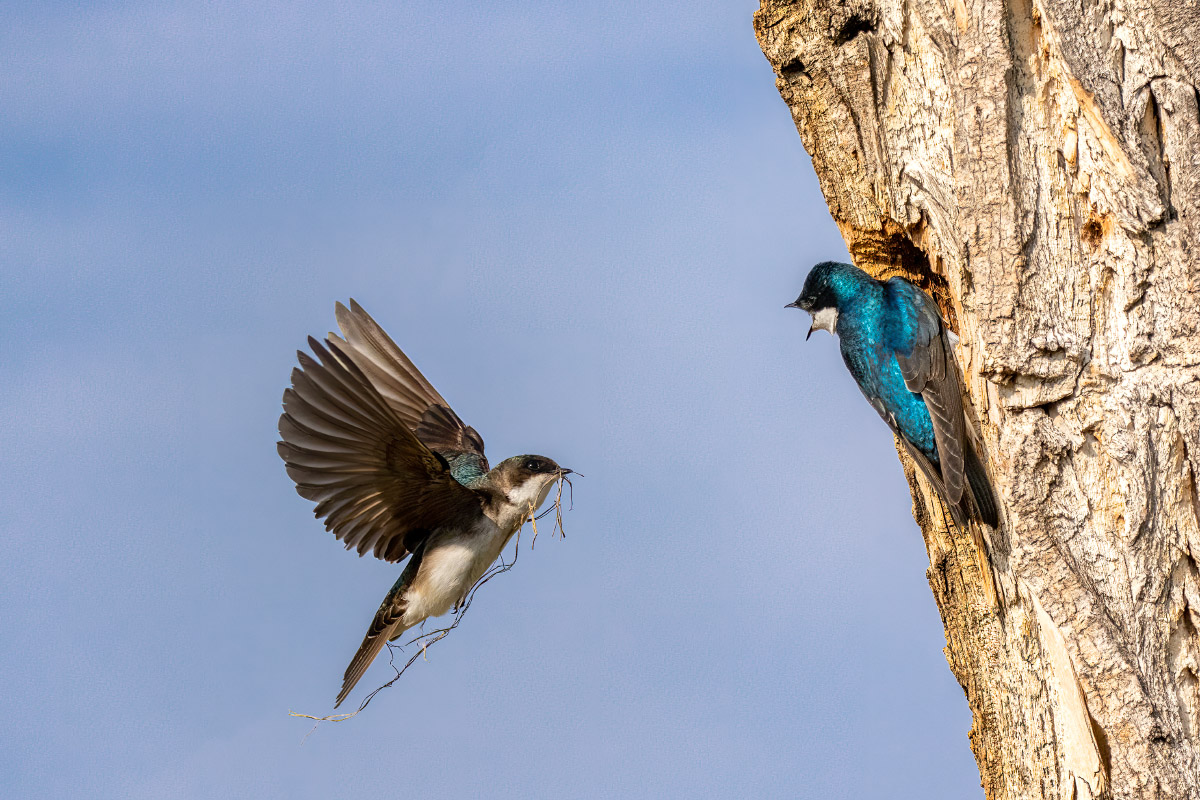
5/29/23: Around Memorial Day is when we go check out our secret location for multicolor Paintbrush. Their typical color is deep red, but here we find yellows, oranges and pinks in various combinations.
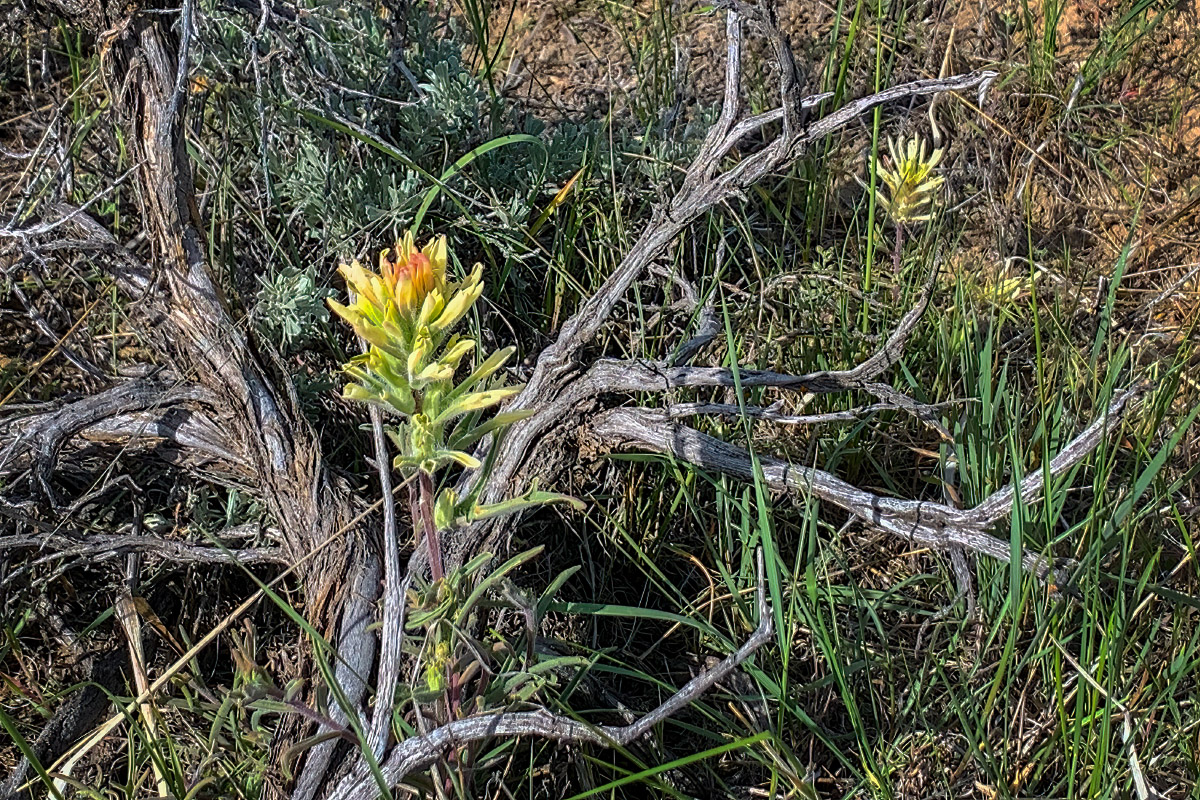
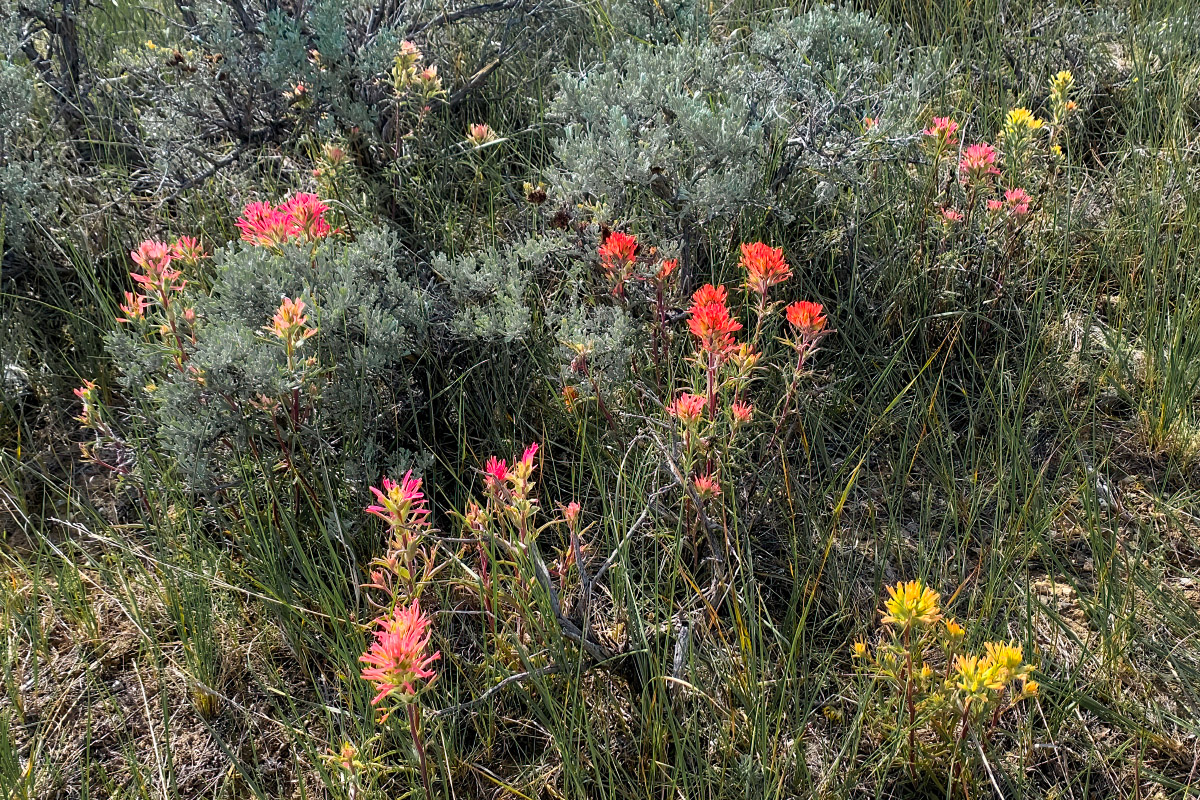
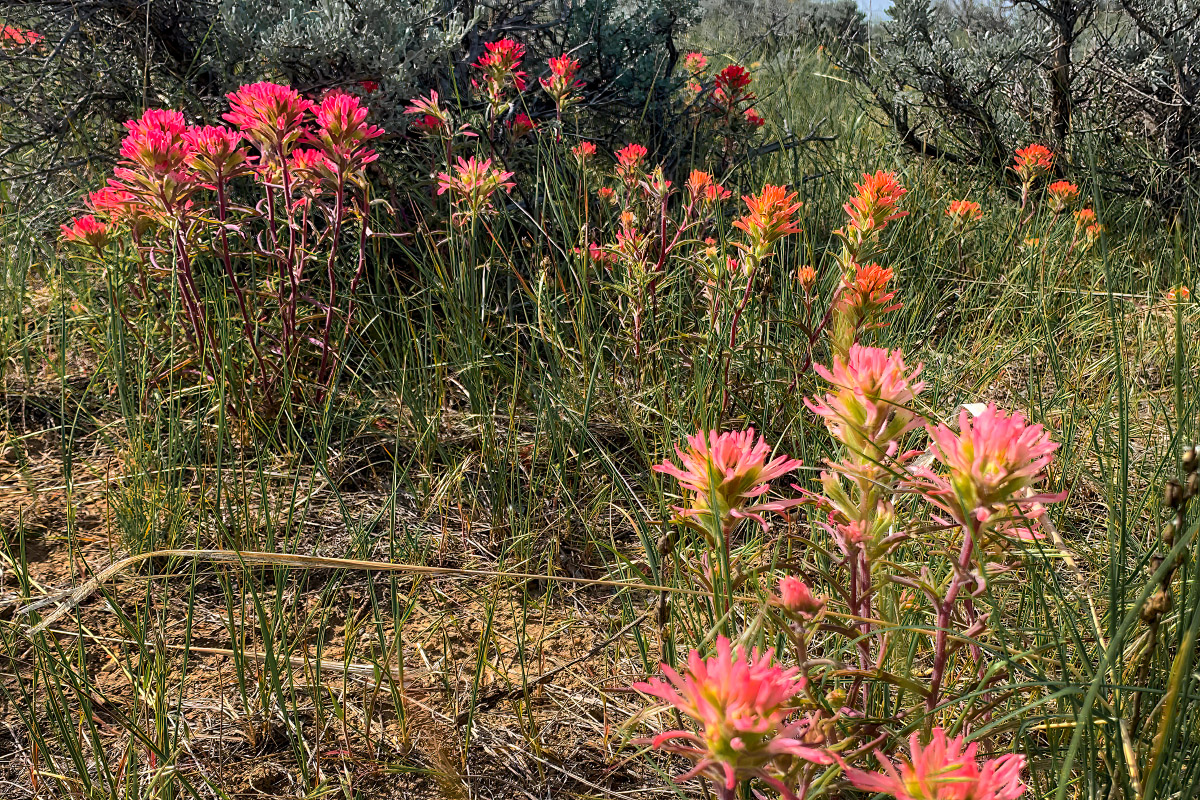
6/17/2023: Went camping at Atlantic City this weekend. Somehow we managed to avoid the severe thunderstorms and hail we’ve been having lately. After over 9 years in Wyoming, I finally got to photograph the amazing Western Tanager.
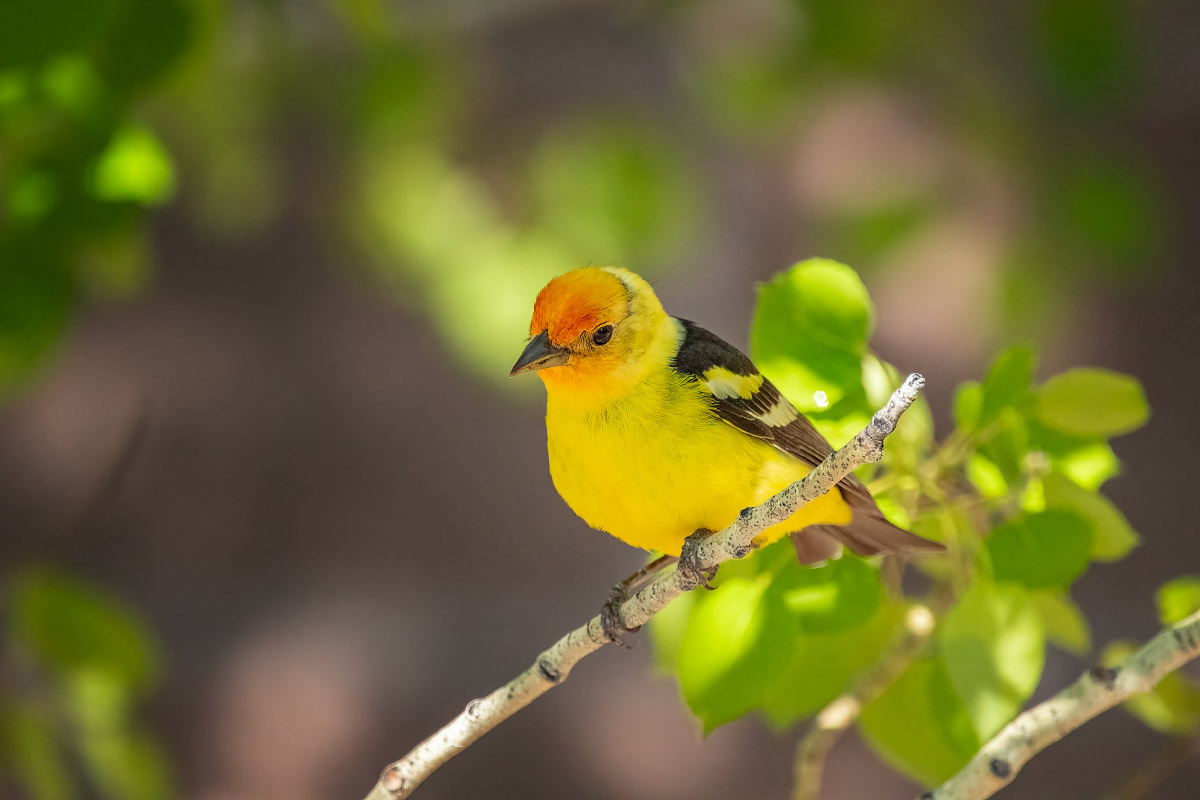
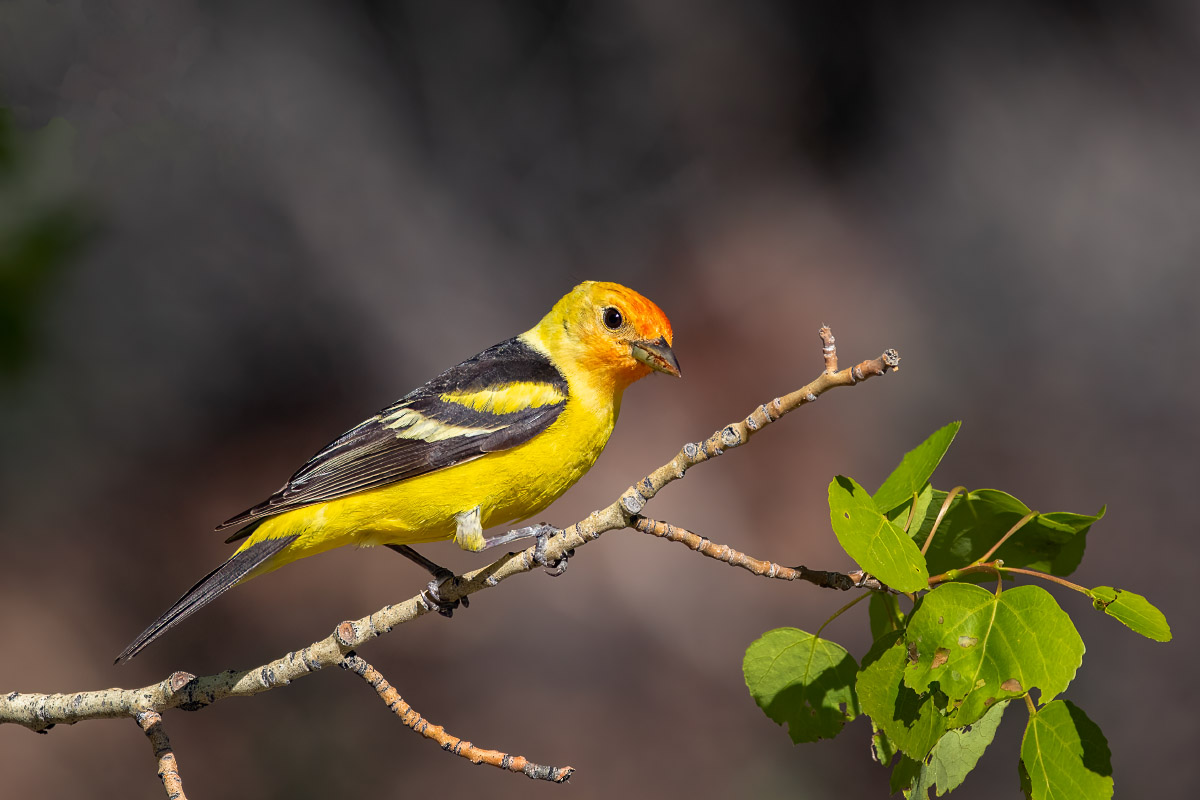
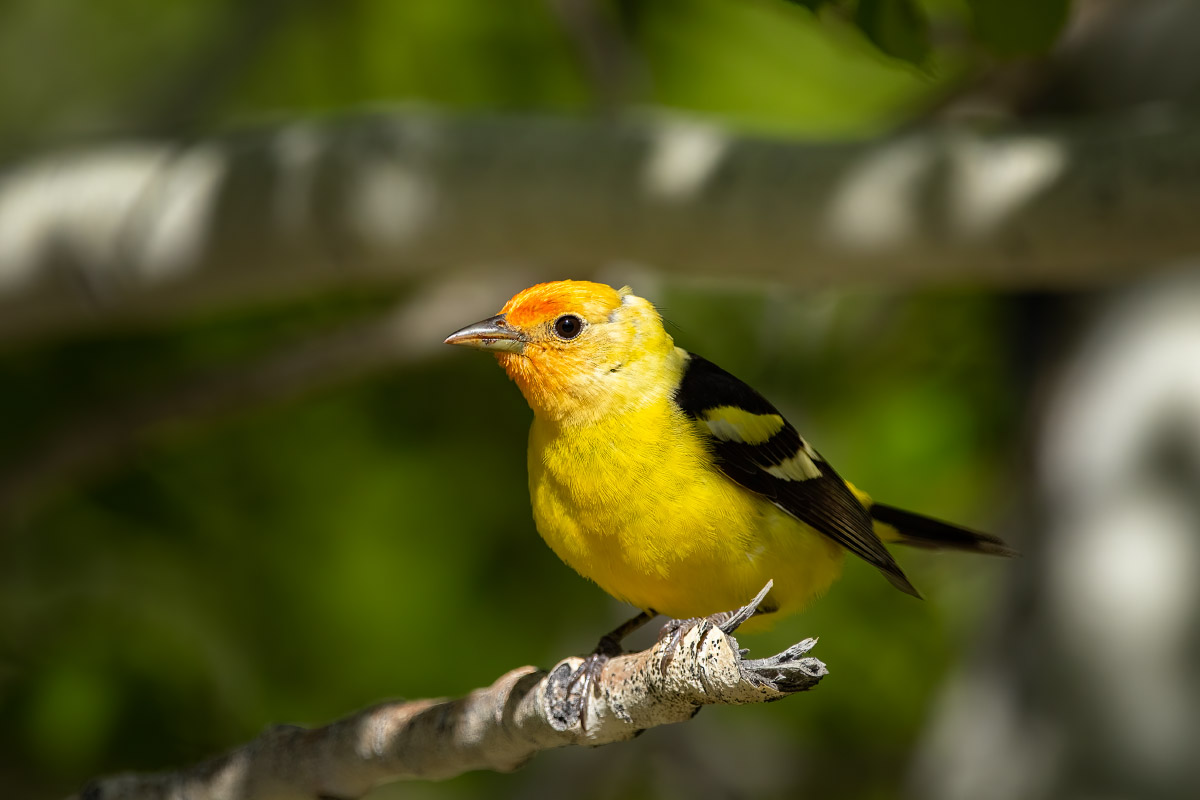
I kept hearing an unusual bird song that I finally identified as a Warbling Vireo. There were quite a few at the campground, but they were very fast moving and stayed deep in the shadows. I finally got one decent shot.
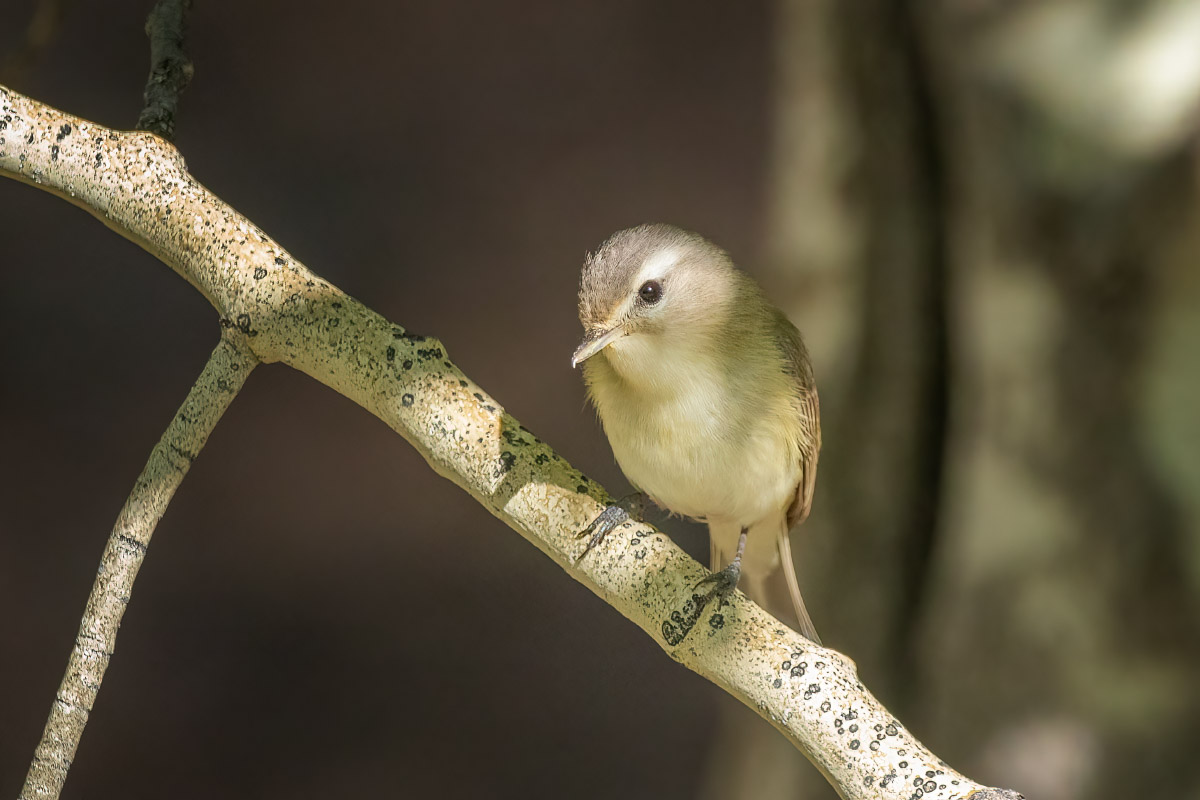
I can never resist photographing wildflowers, and they were plentiful this weekend.
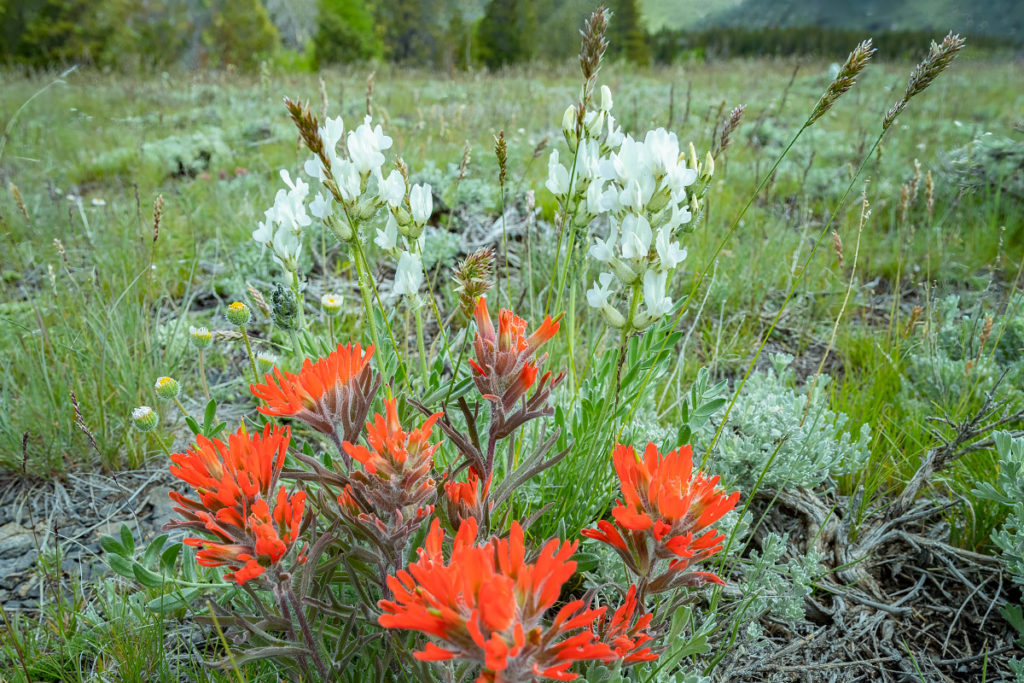
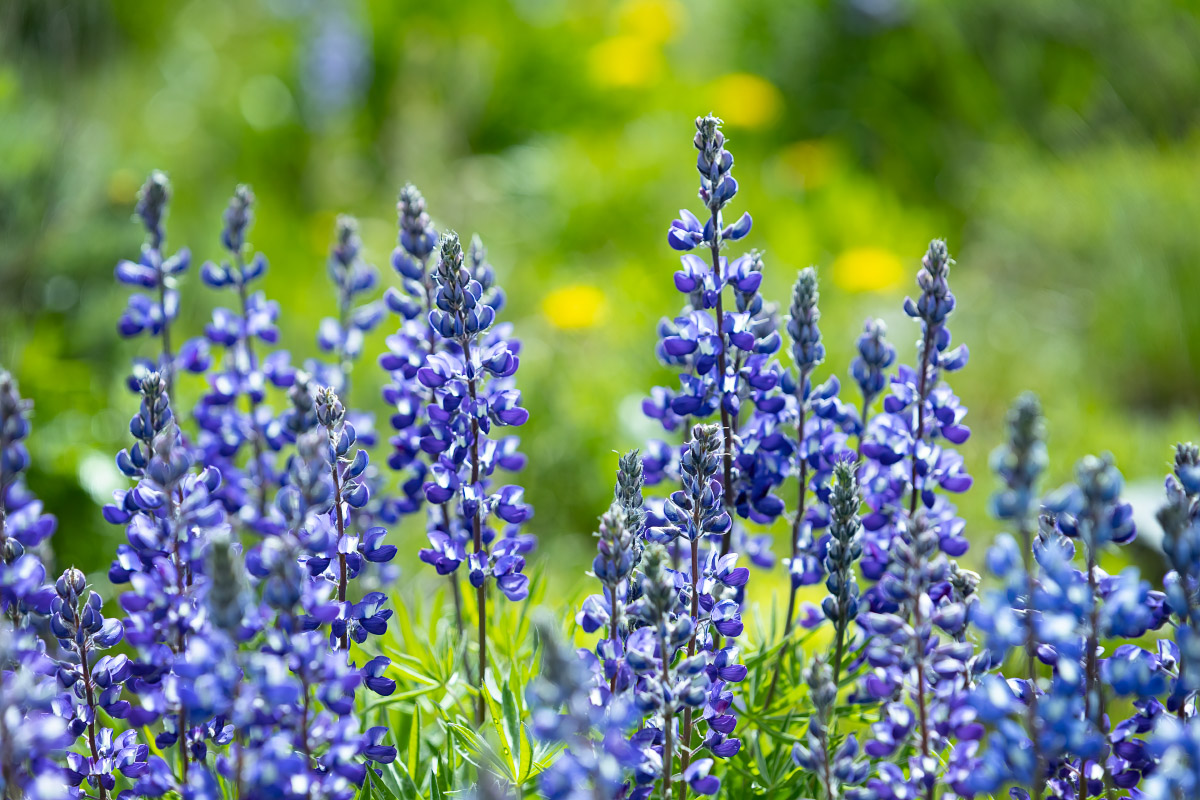
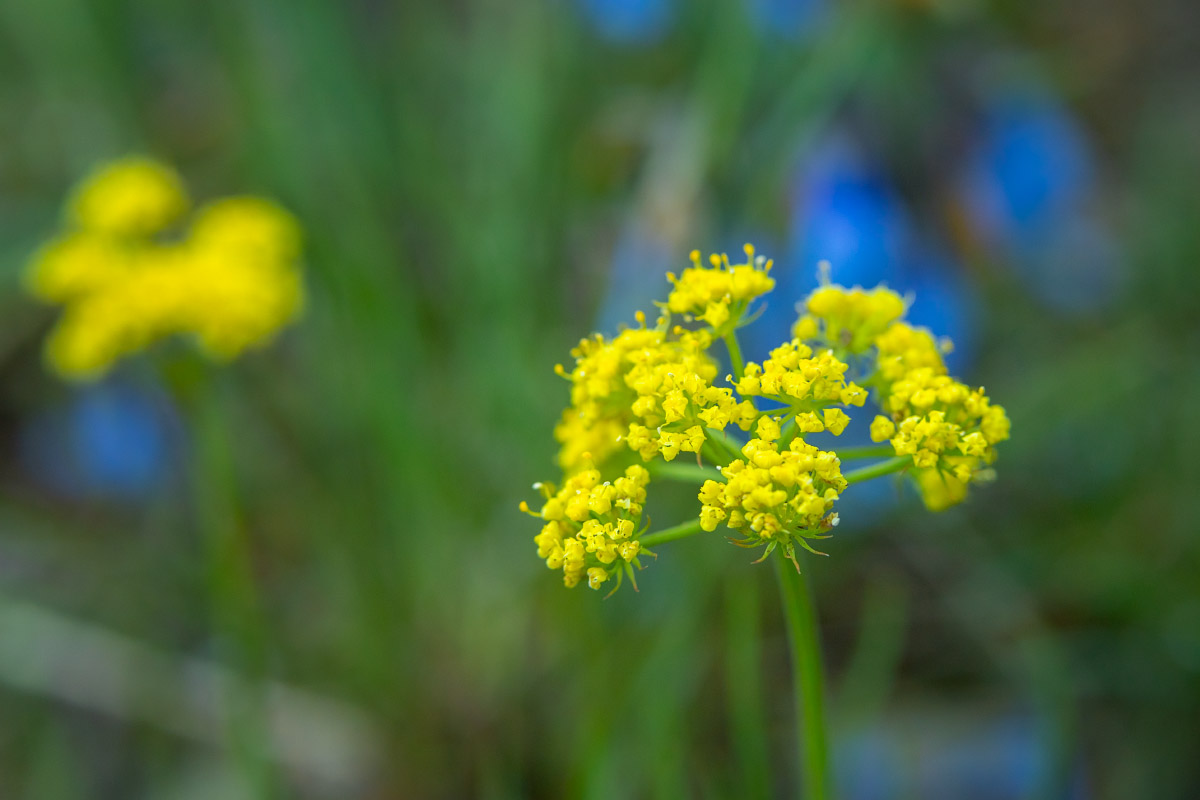
I have a hard enough time trying to identify wildflowers, so I’m not going to try to identify this grass. However, I thought it made a nice composition with the Bluebells.
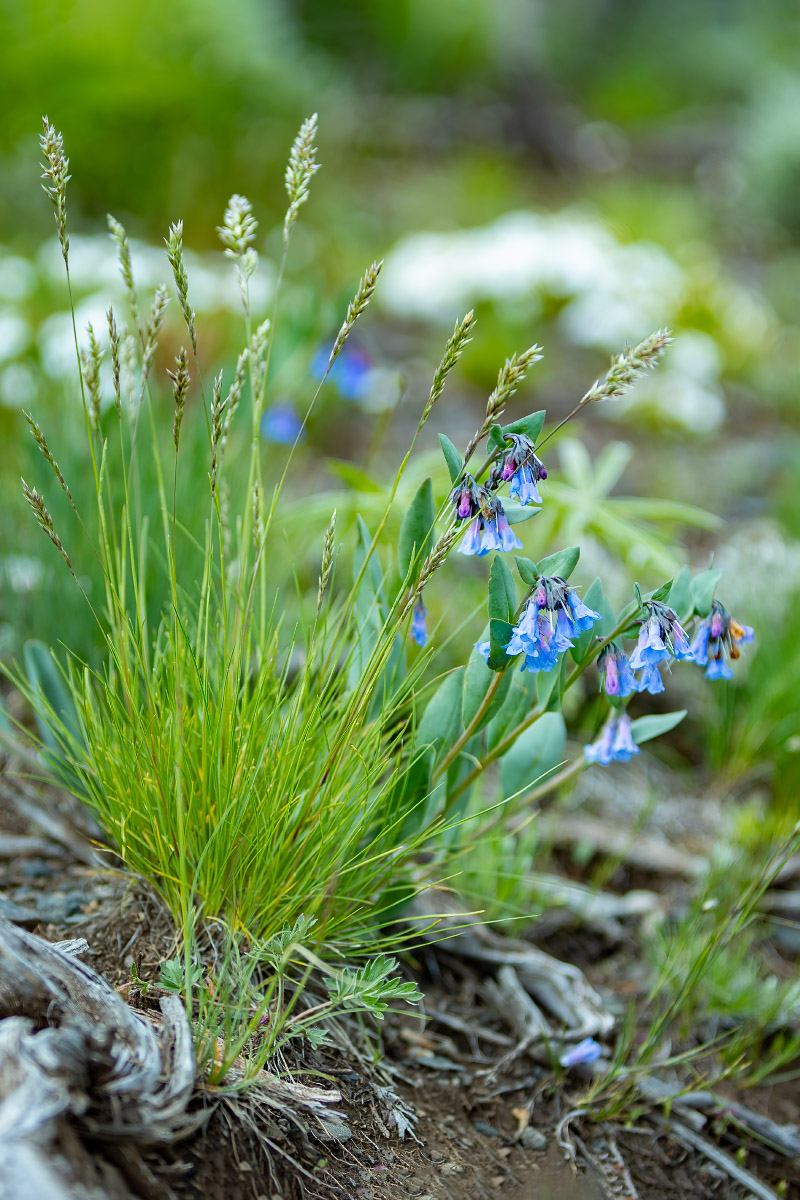
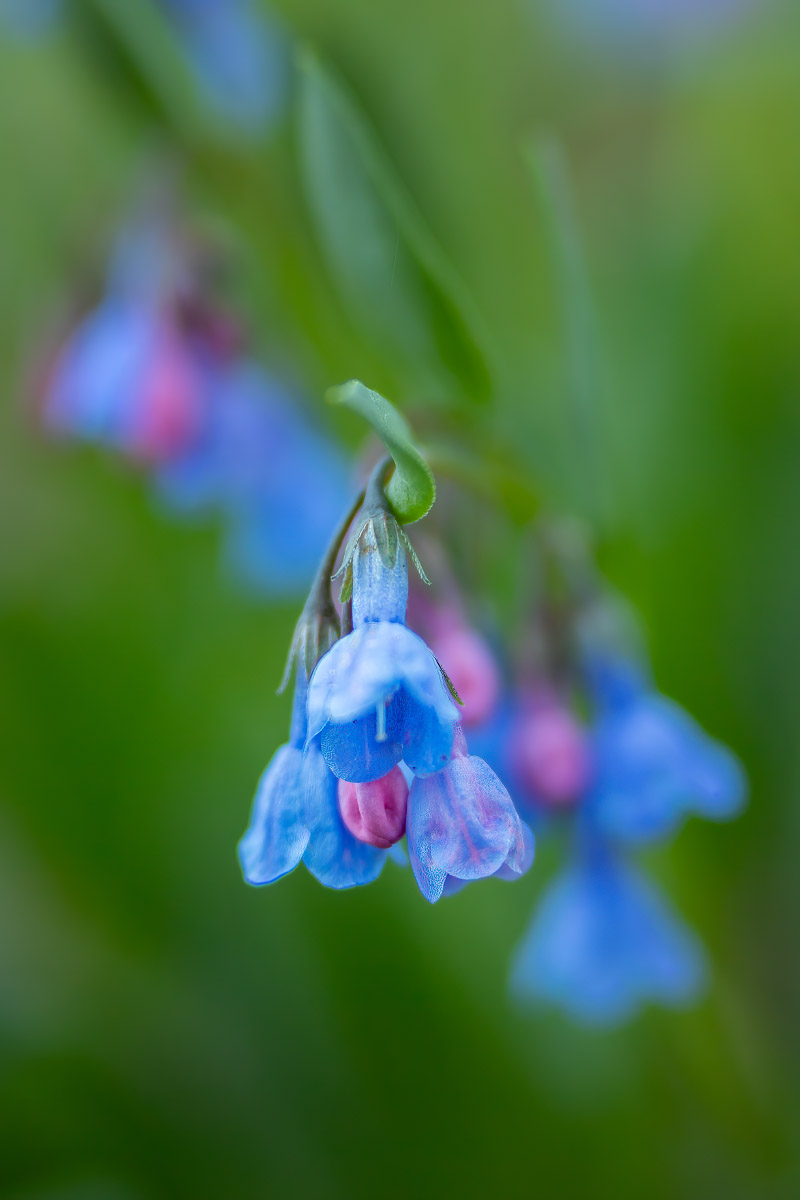
Miner’s Delight ghost town was wildflower heaven as well. Here is one cabin with Lupine lining the trail.
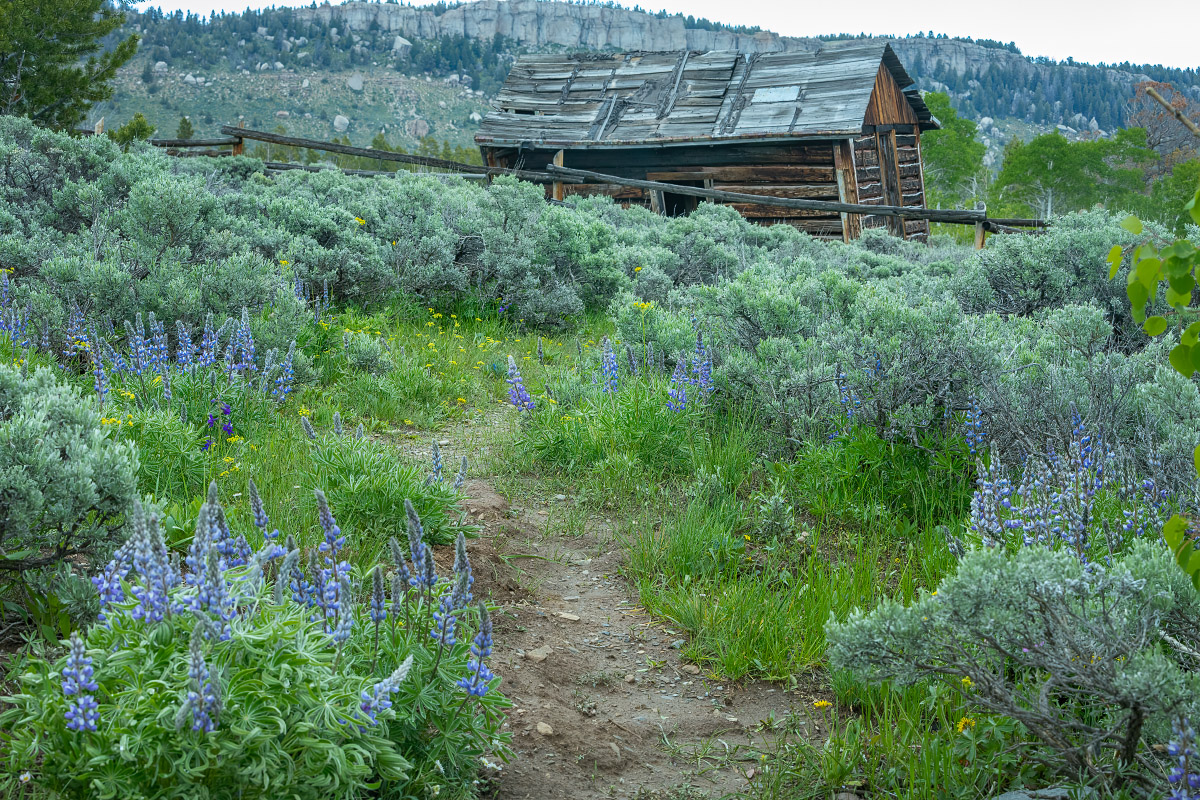
This cabin had Bluebells, Arrowleaf Balsamroot and Lupine surrounding it.
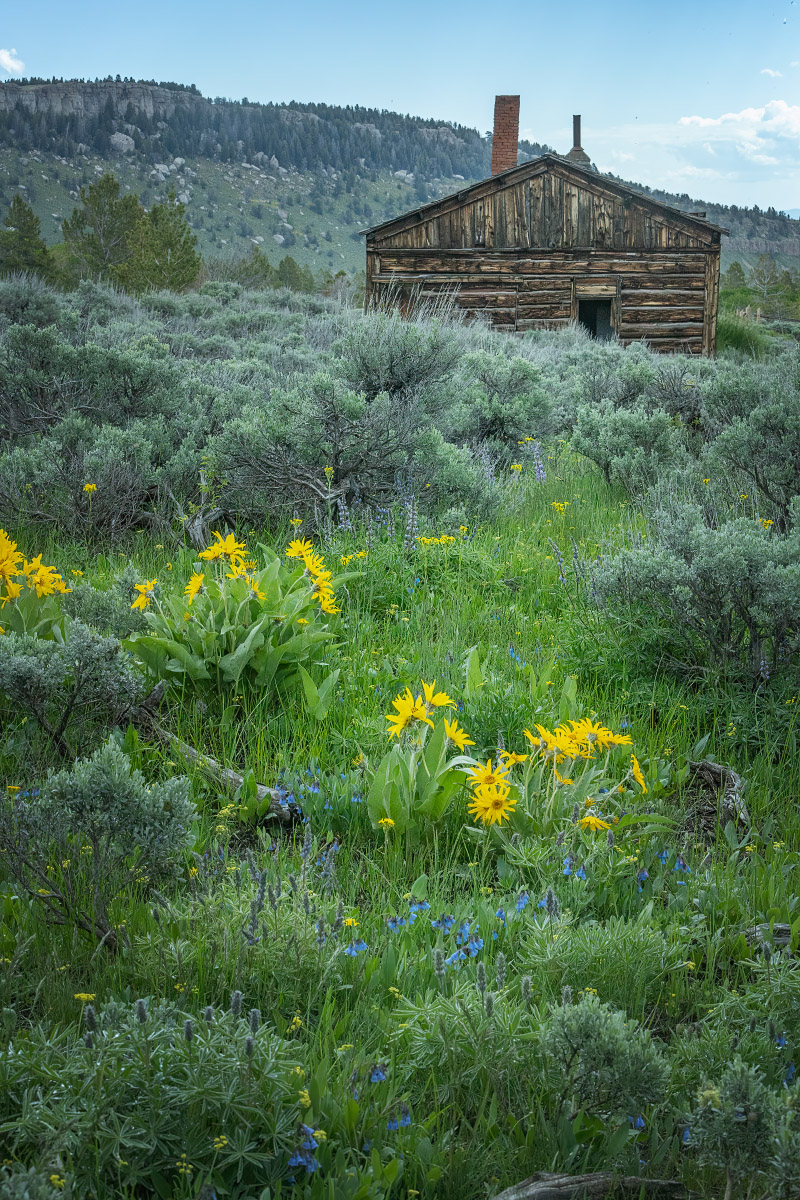
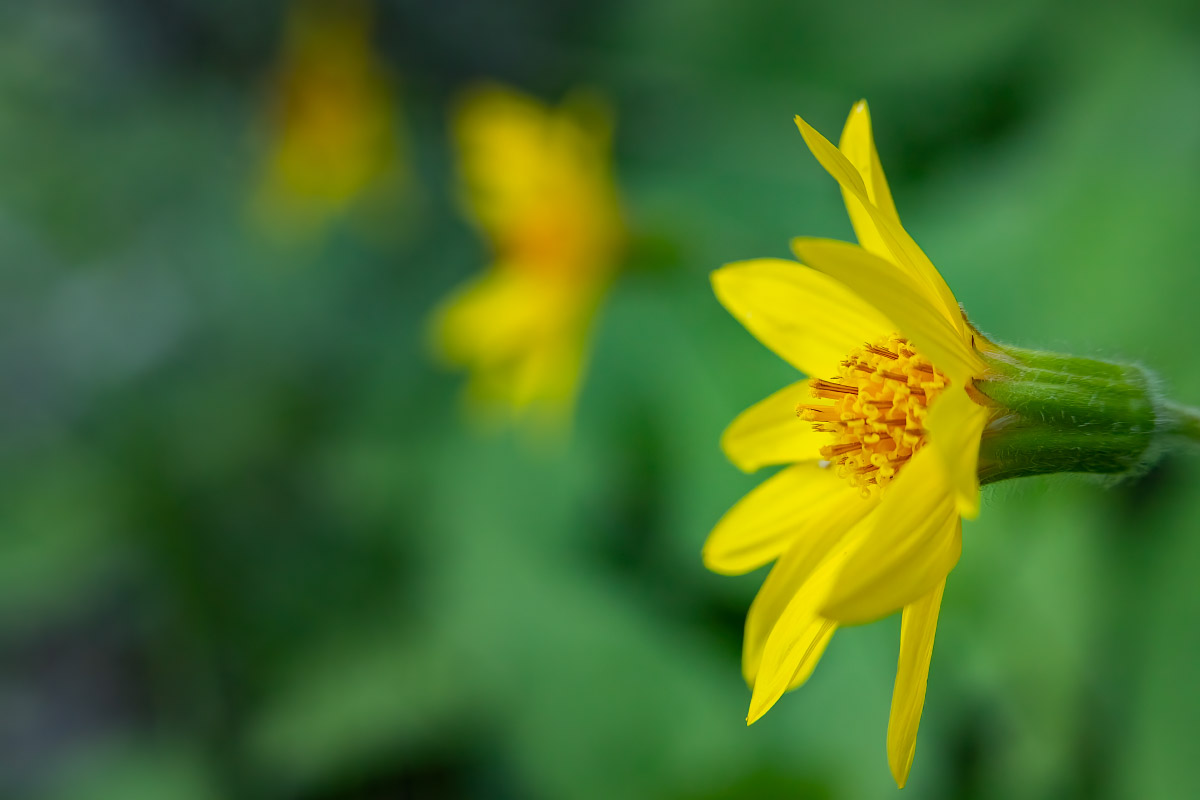
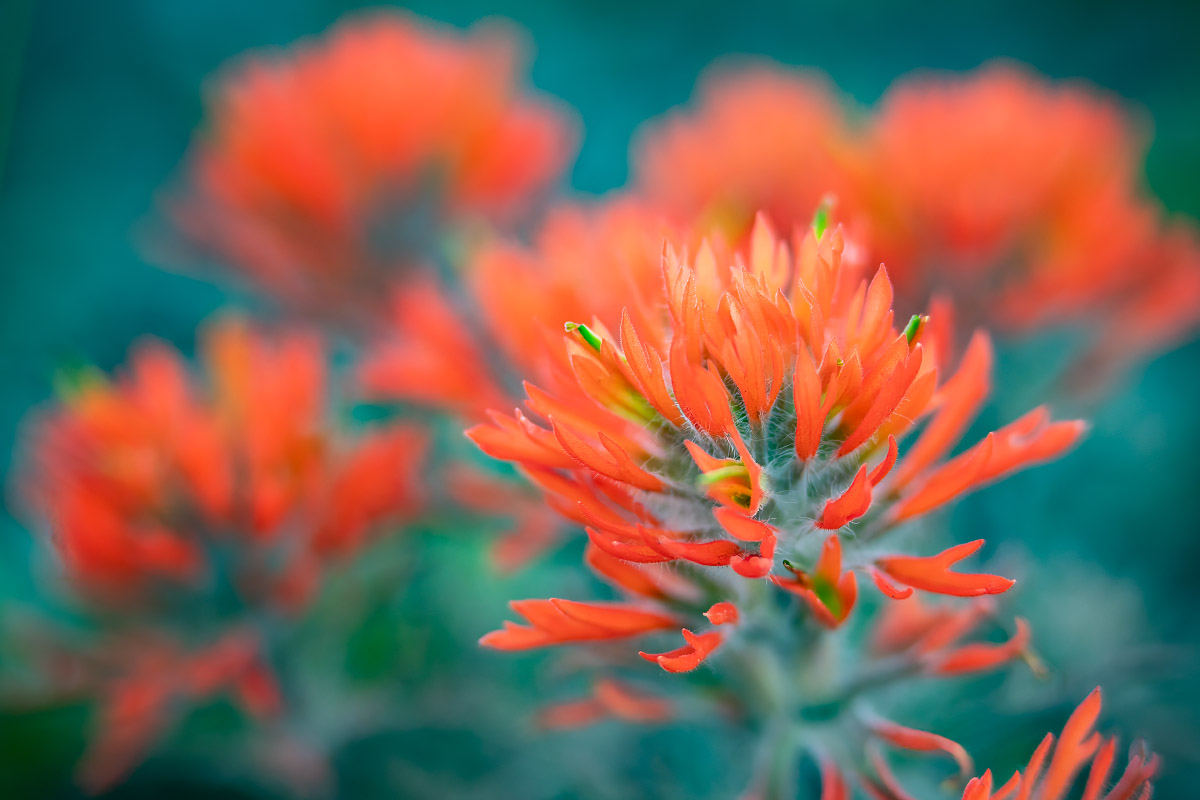
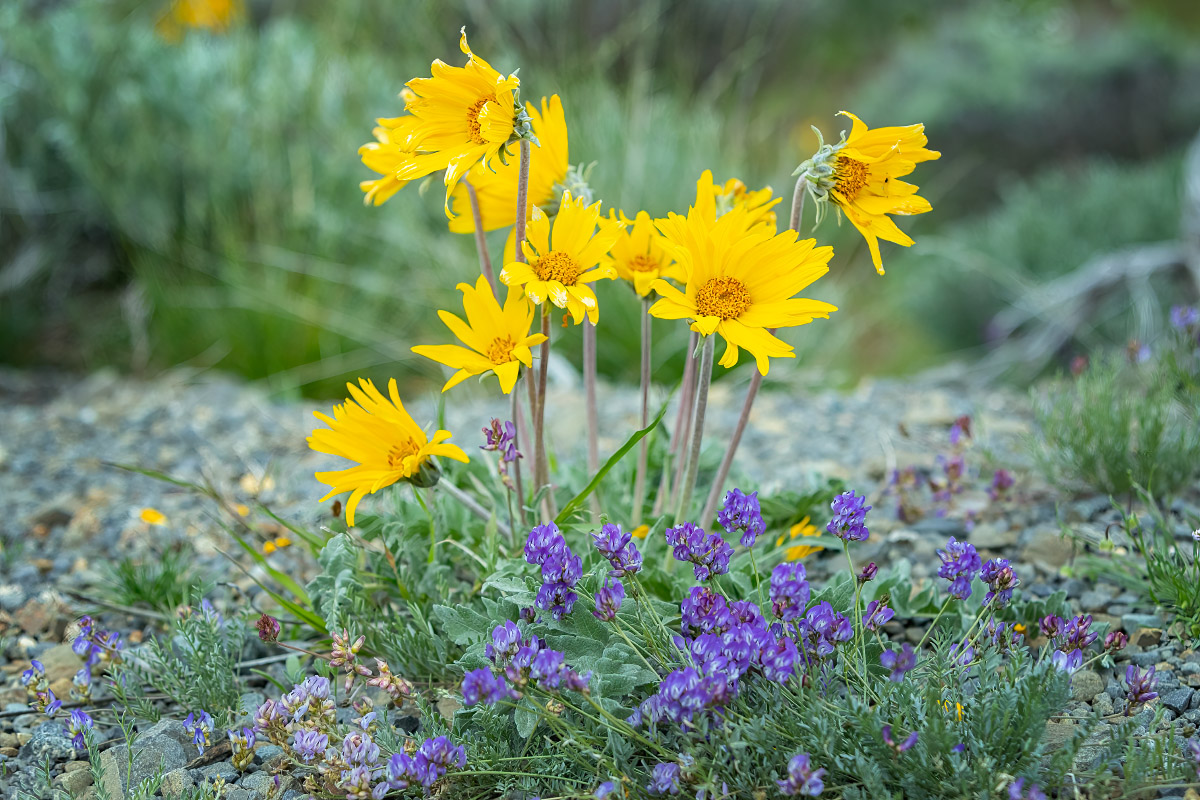
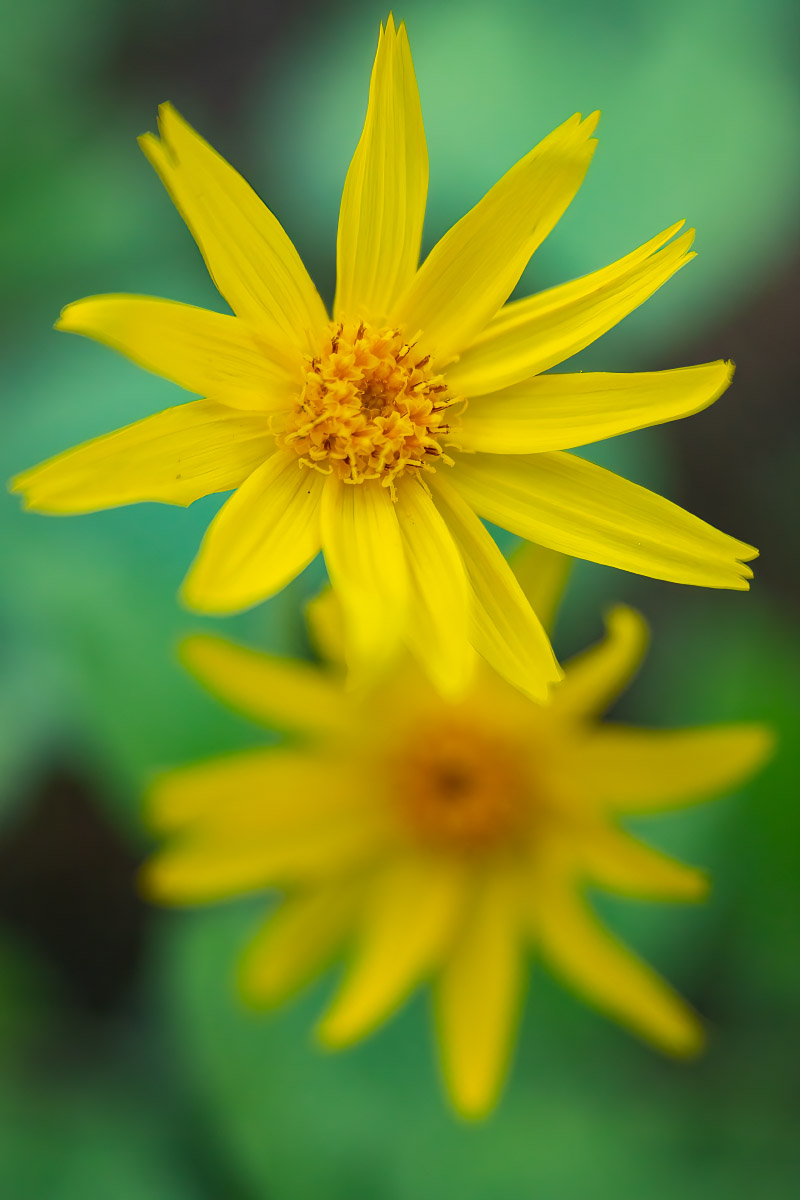
7/13/23: Met up with Katherine for camping in the Snowy Range. Had to identify a new flowering shrub behind the camper that I hadn’t seen before. This is Mountain Gooseberry.
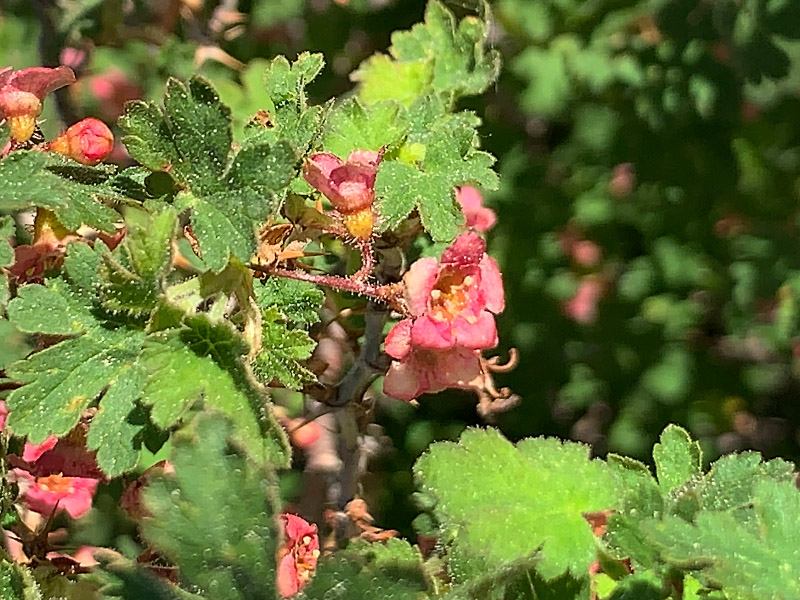
Here are the views from our campsite the first evening.
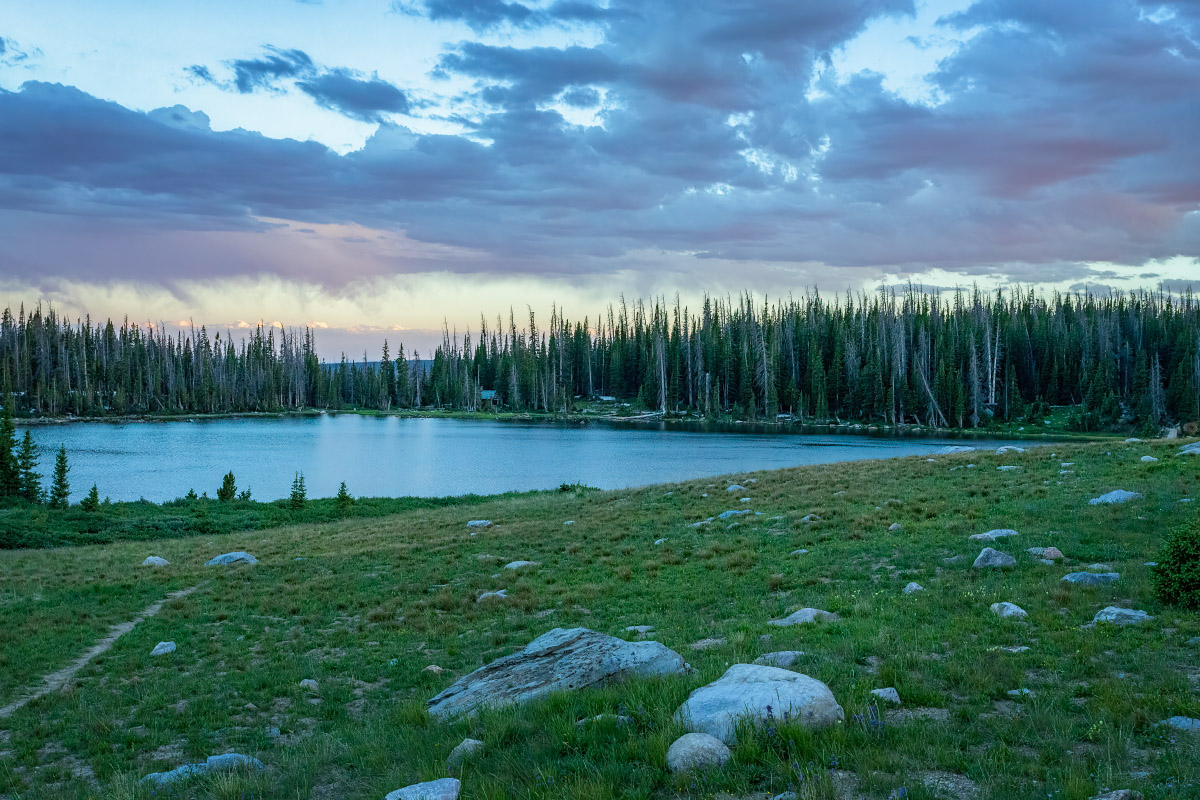
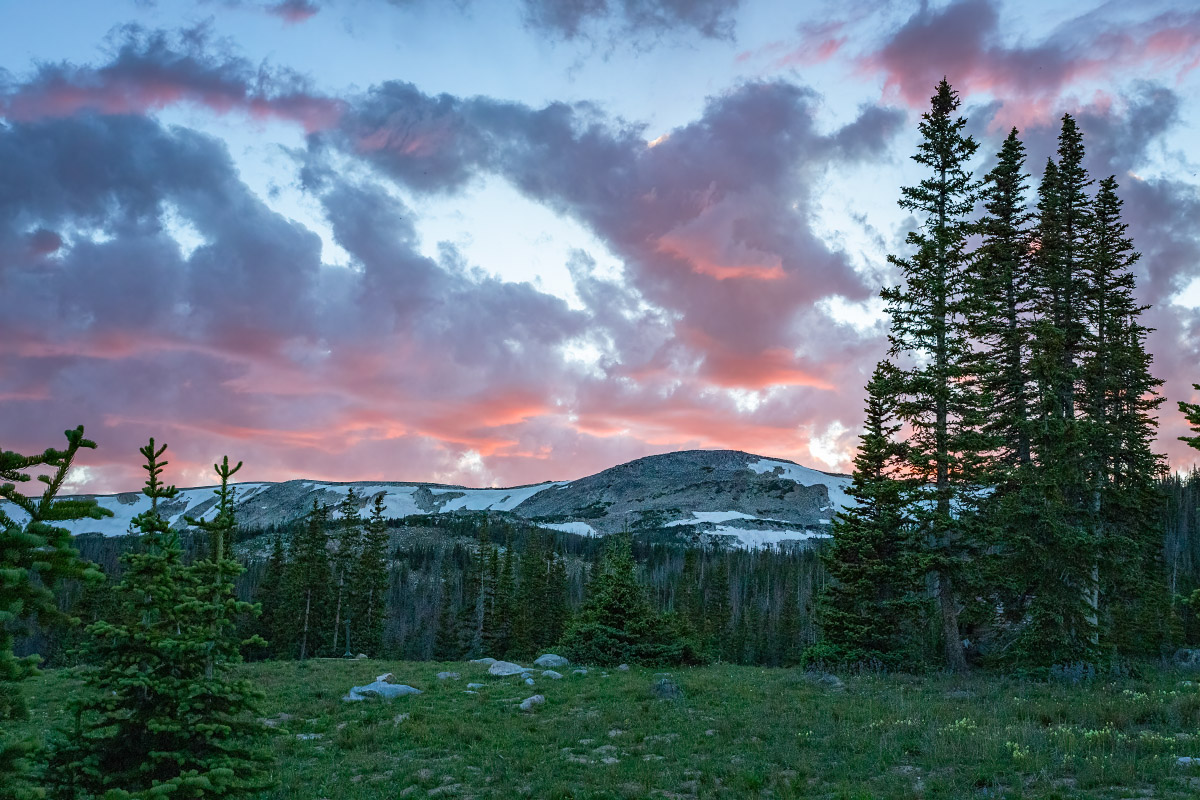
Friday the weather was fantastic, and there was one hike I’ve been wanting to do there but needed 2 vehicles for a point-to-point hike, so this was our chance. It is the Lost Lake hike where we would pass at least 8 alpine lakes. Oue hike began at Lewis Lake with the Snowy Range as a backdrop.
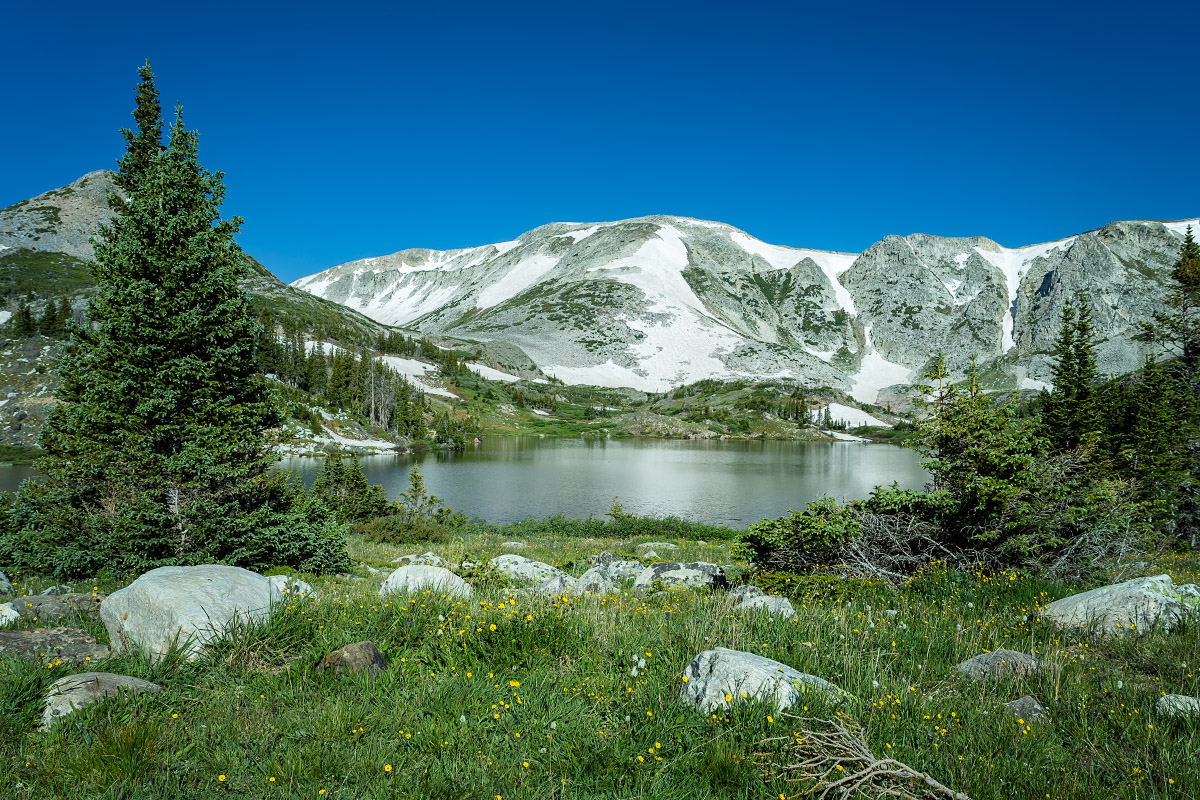
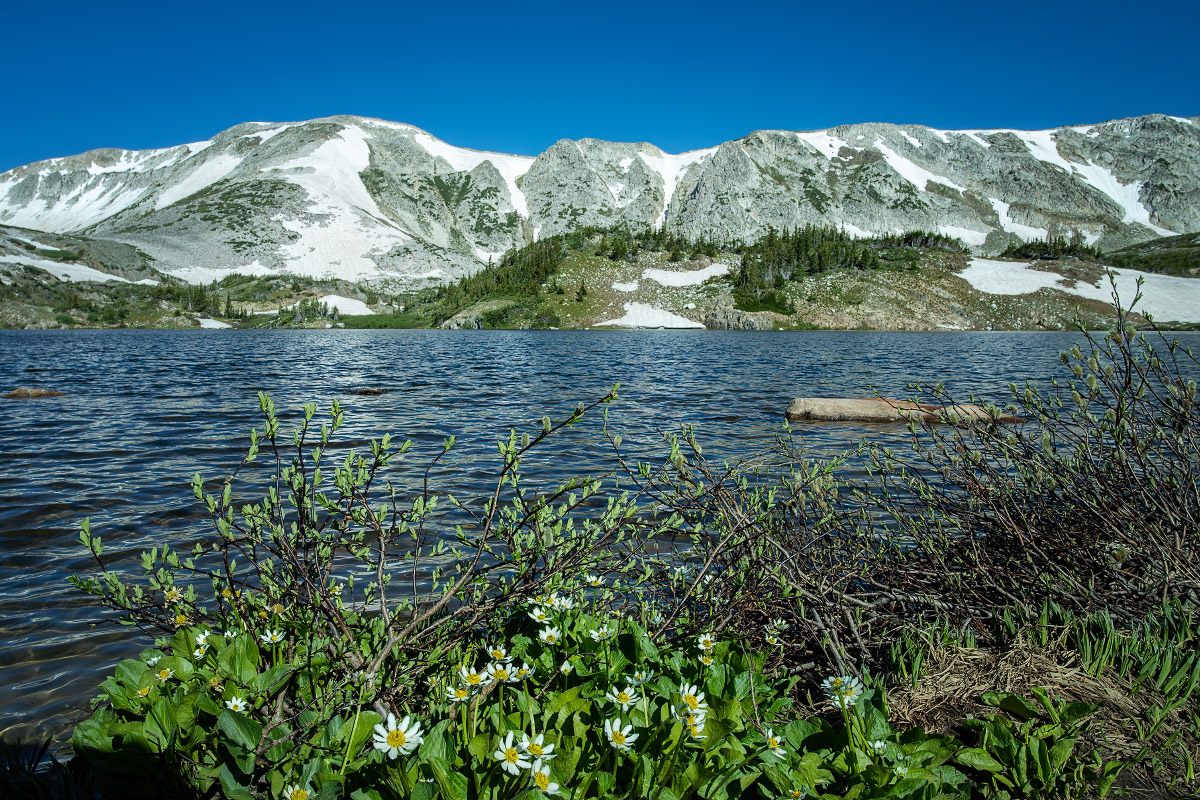
As soon as we left the trailhead, we were mesmerized by the variety of wildflowers. I’ve probably identified a 100+ since moving here, and in this one area I could see dozens of new ones I’d not seen before! (Apologies: I anticipated this hike would be a difficult one for me and certainly the most challenging since my back surgery, so I carried only my scenic camera and not any of my heavy equipment for macro flower photography. Most of the flower shots here are from my iPhone and don’t enlarge well on a big computer screen.)
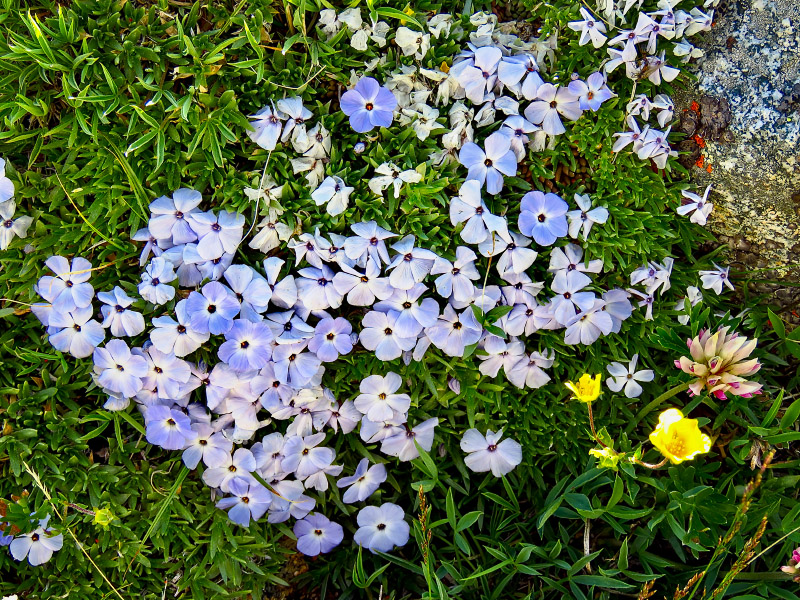
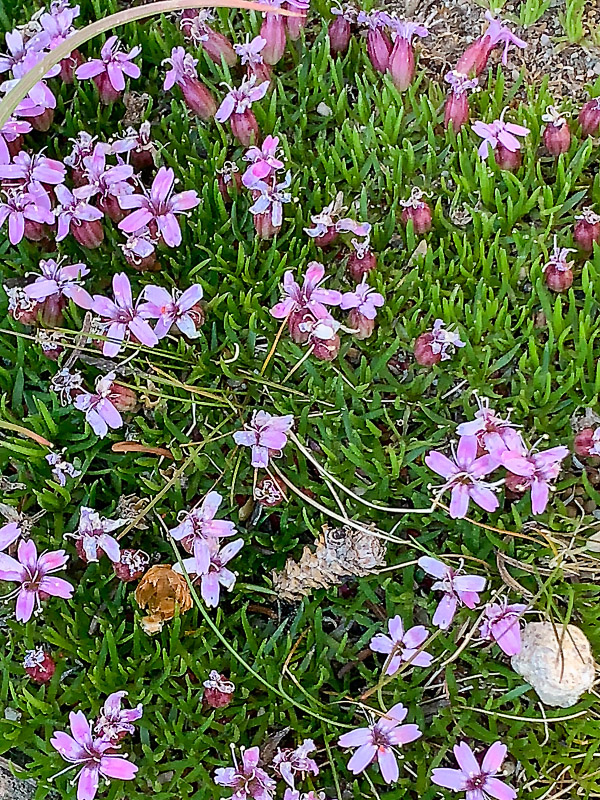
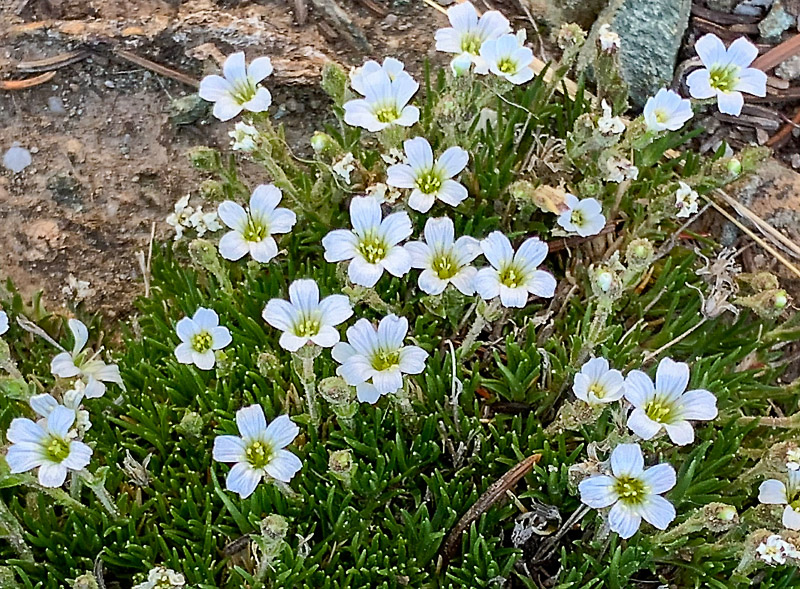
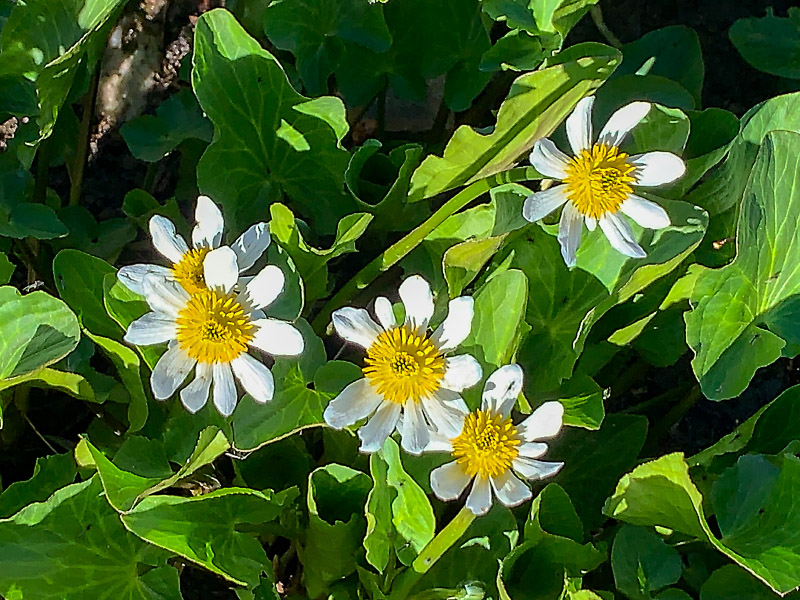
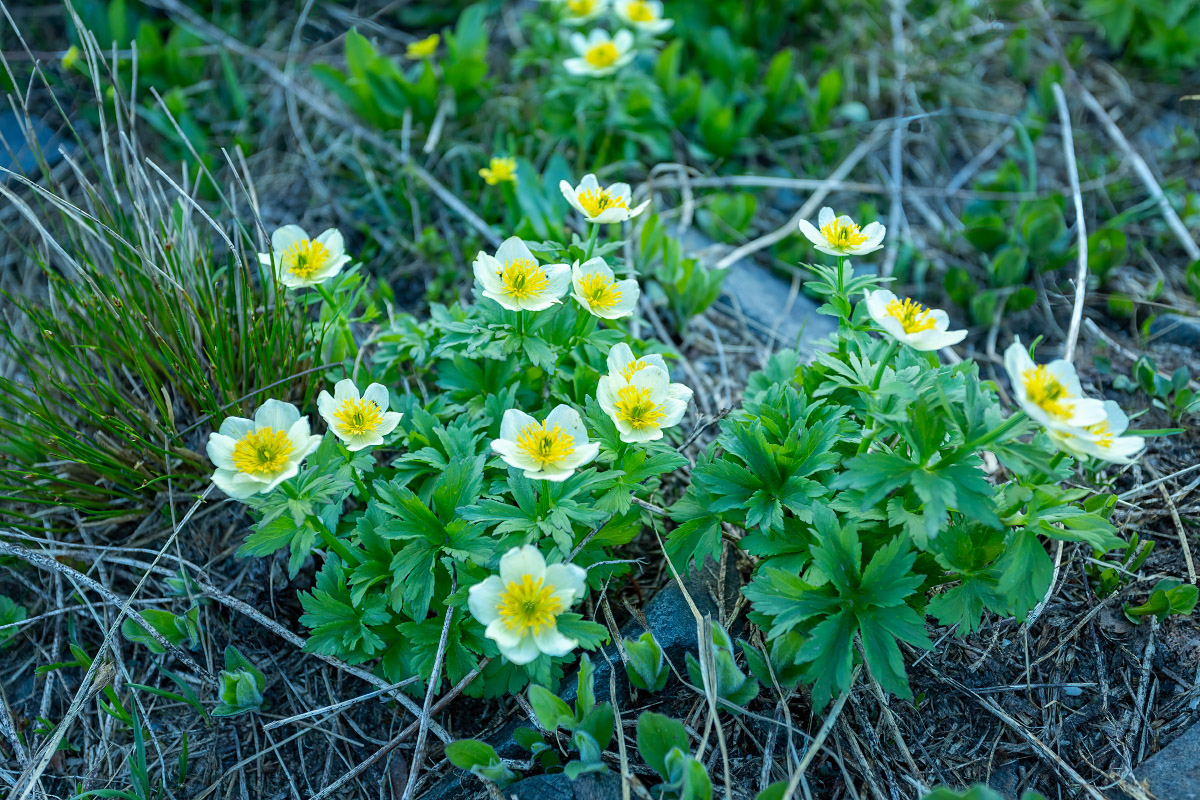
Above 10,000 ft elevation these alpine wildflowers are mostly very tiny. One exception was this flower which had blooms about 3 inches across. This is Old Man of the Mountain.
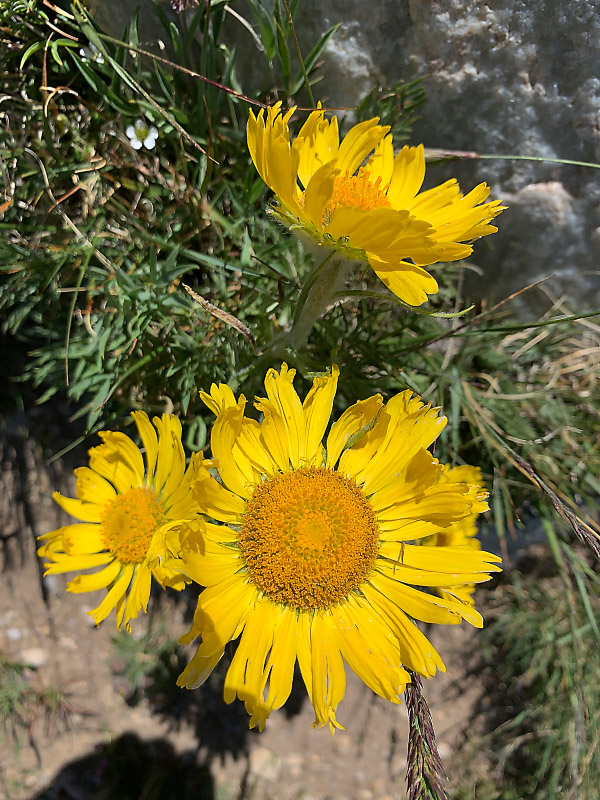
After realizing it took us an hour to hike just 0.15 miles (because of stopping for wildflowers), it was time to pick up the pace. At that rate our 4.4 mile hike would take over 24 hours! A mile further we could look back across a field of wildflowers to view the Snowy Range. The darker poined peak on the left is Sugarloaf Mountain, and the highest point in the middle is Medicine Bow Peak.
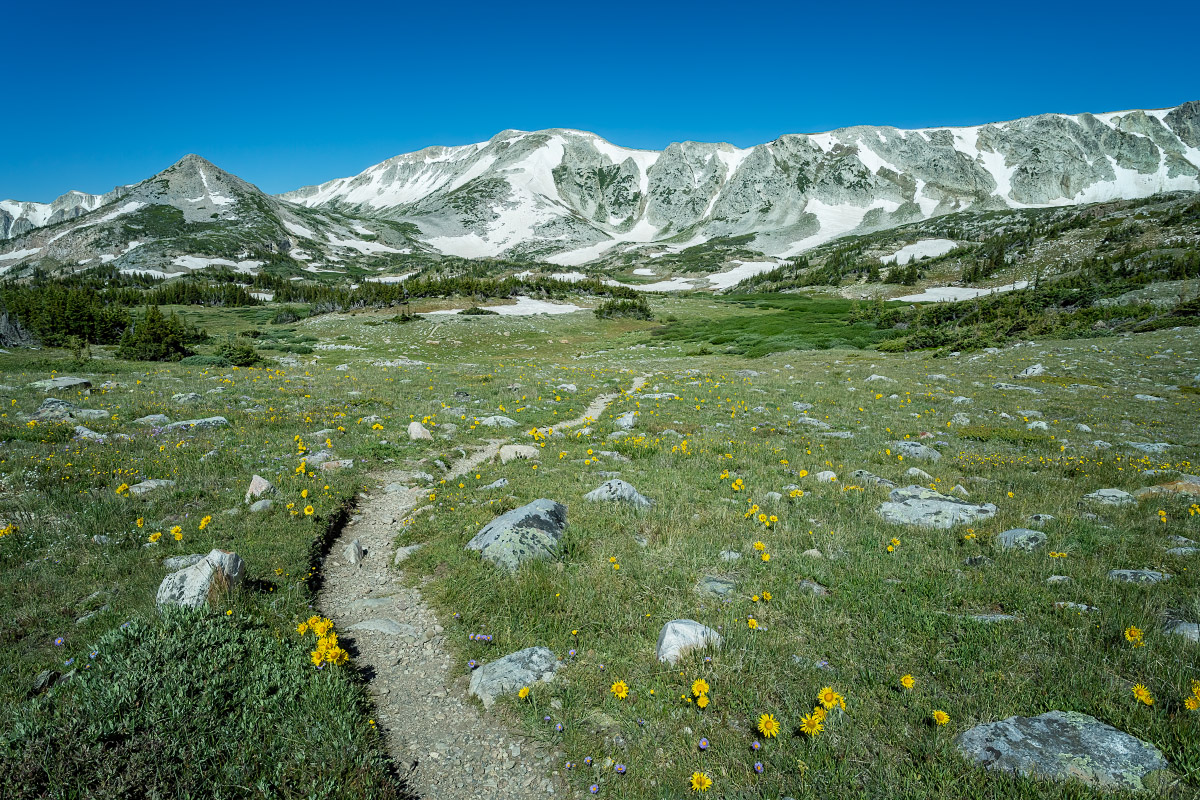
Of course there were plenty more wildflowers along the way but I’ll only highlight a few of them. I recognized this as a Penstemon (also called Beardtongue), but this specific one is called Fuzzy-Tongued Penstemon.
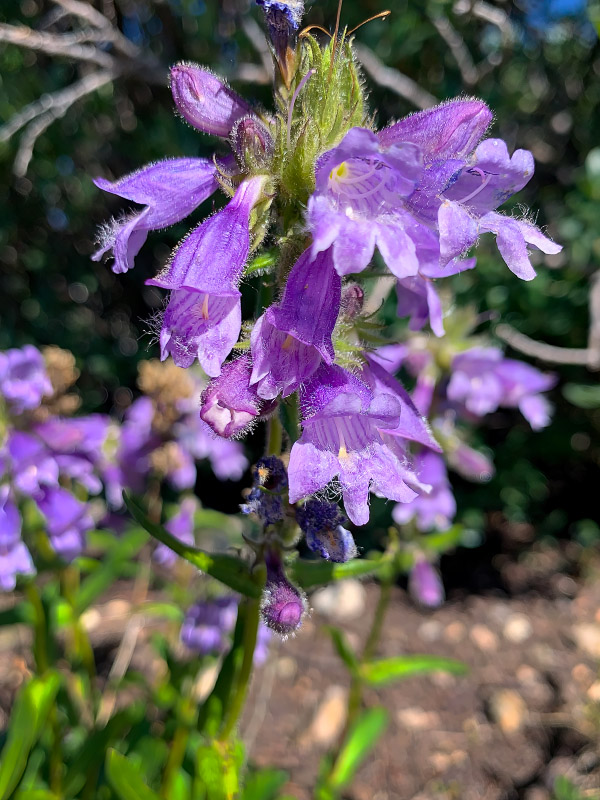
At first glance I thought this was another Penstemon. Turns out this is a member of a large group of flowers called Jacob’s Ladder (note the pattern of leaves on the stem). This one is called Sky Pilot.
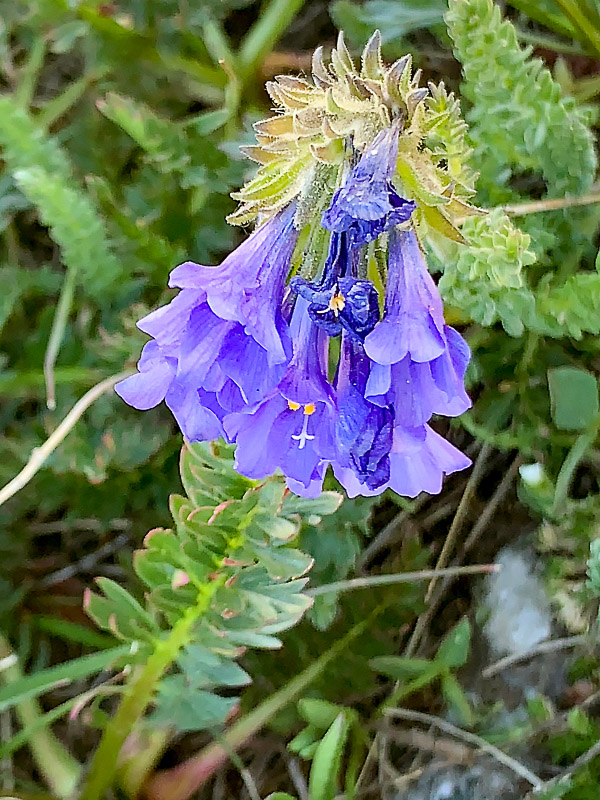
Along the trail, Candy spotted this incredibly tiny flower. The blooms probably weren’t more than 1/4″ across. She said it looked like a miniature version of one of her favorite wildflowers, Bitterroot. I should turn over the wildflower identification to her, because this happens to be Pygmy Bitterroot! (Her photo also.)
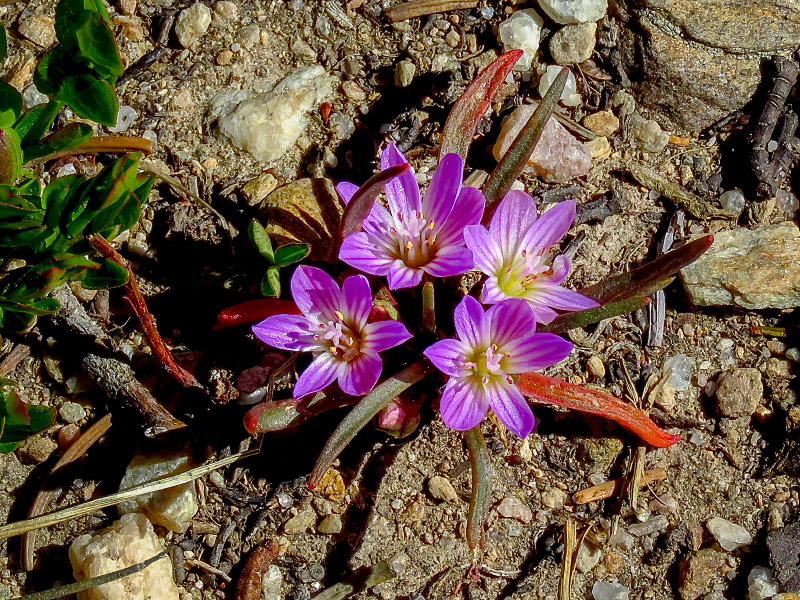
Interesting tree stump with Cinquefoil flowers.
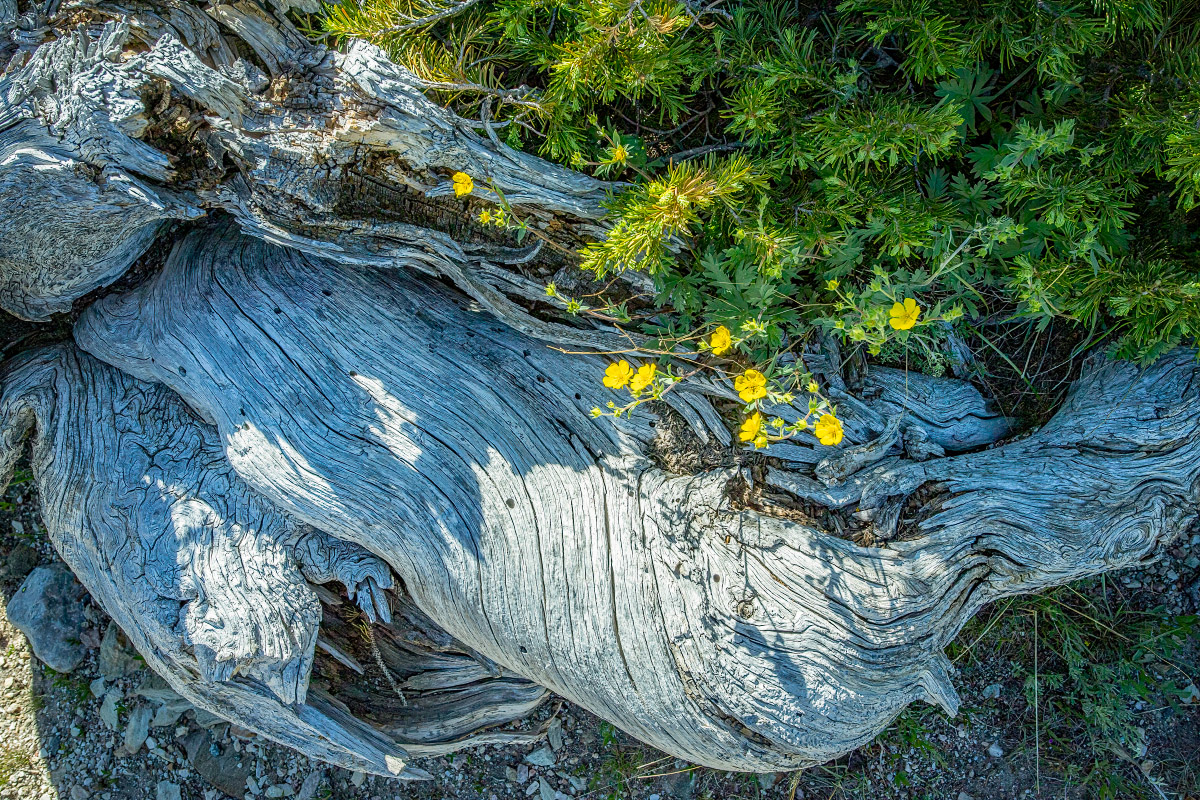
Glacier Lilies in front of Sandy Lake
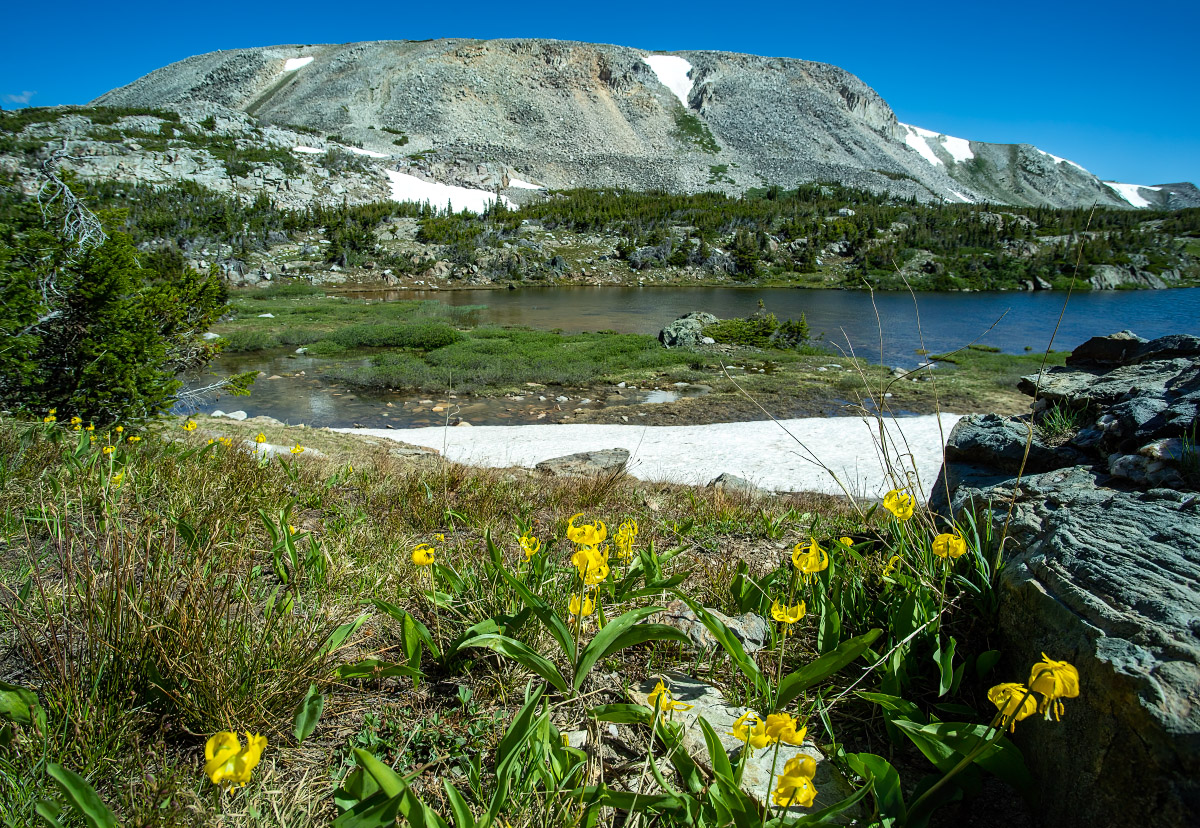
I have spent a lot of effort over the past 10 years researching and identifying wildflowers here in Wyoming. However, I never got into the geology of the region (except I suppose my love for Yellowstone’s geysers). Then, on this hike, we stumbled upon these vivid green boulders, and I knew I would have to figure out what they were. Turns out, 2 billion years ago, the area we were standing on was prime “beachfront property” and the southern end of the North American continent. Over millions of years, the waves polished the sand into perfectly round spheres. Then a collision of land masses caused extreme heat and pressure, and fused the sand into the metamorphic rock quartzite. The entire snowy mountain range was pushed up to almost perfectly vertical and is composed of 85% pure quartzite. This gives the mountain range its reflective white color (thus its name). In 1926 a prominent geologist discovered a bed of green quartzite right where we were standing. The green color came from chromium impurities in the sand. Unfortunately, in the 1960s much of it was quarried to be sold as gemstone, but there are still quite a few boulders like this scattered about.
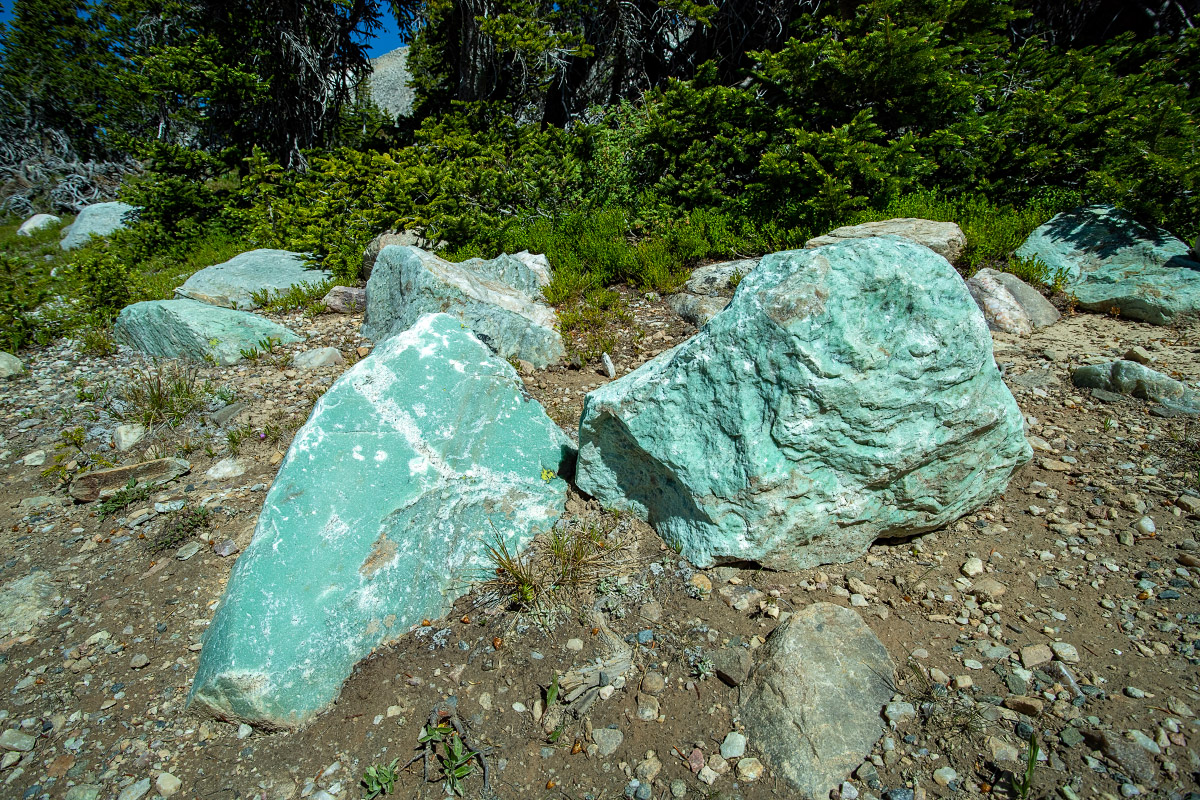
From here we got our first view of the Telephone Lakes.
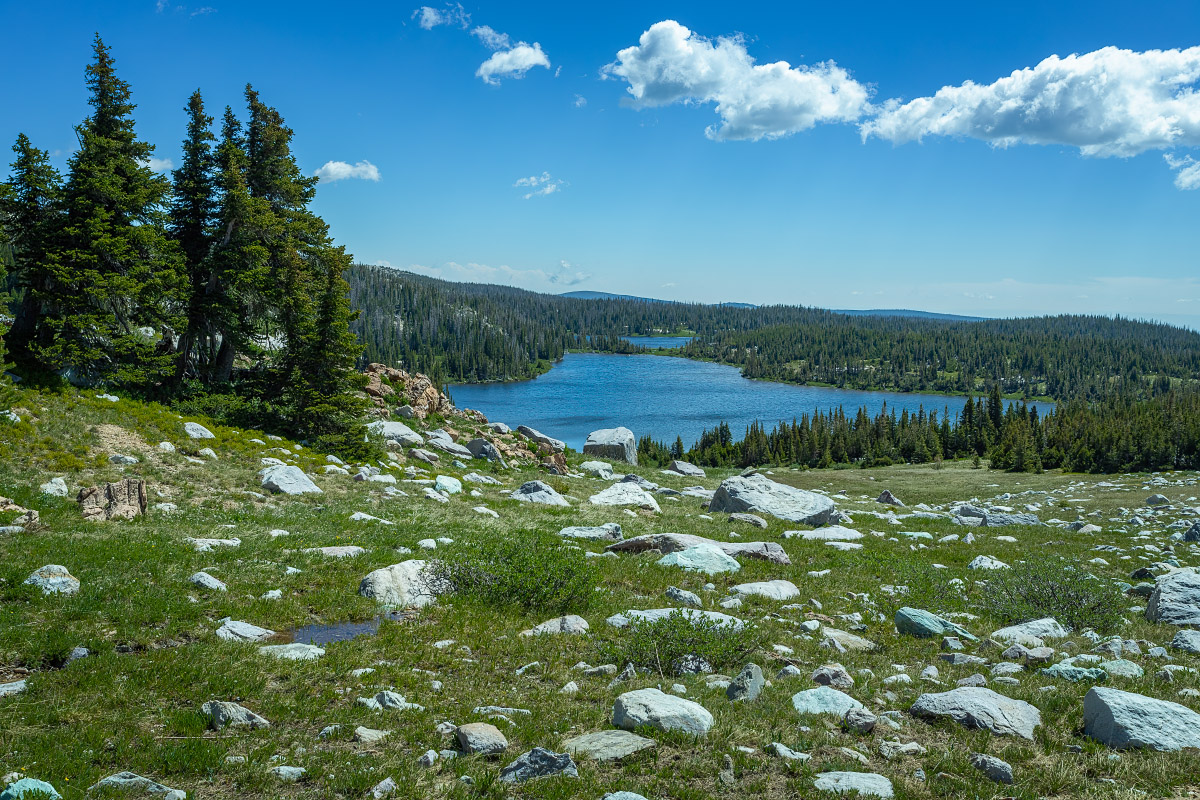
We had to cross quite a few snow banks and streams along the trail. Here we are crossing the outflow creek from Brady Lake.
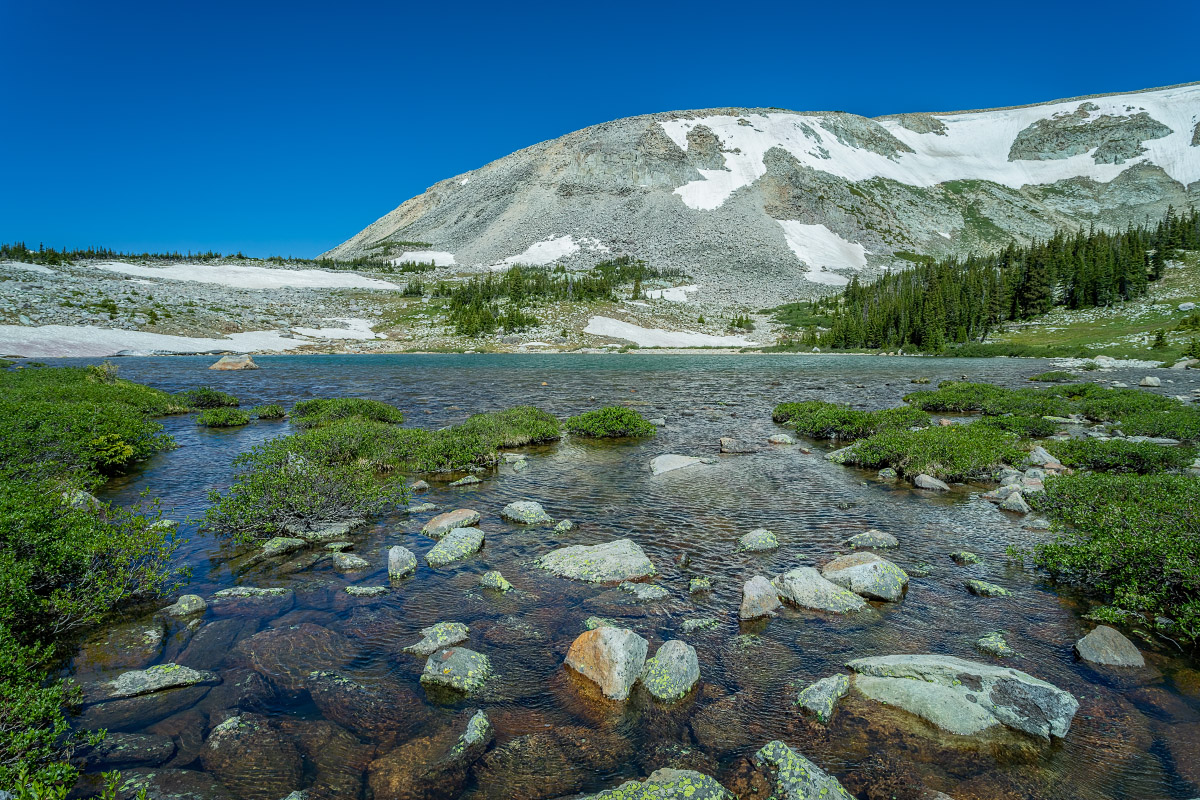
Looking back at the western side of the Telephone Lakes.
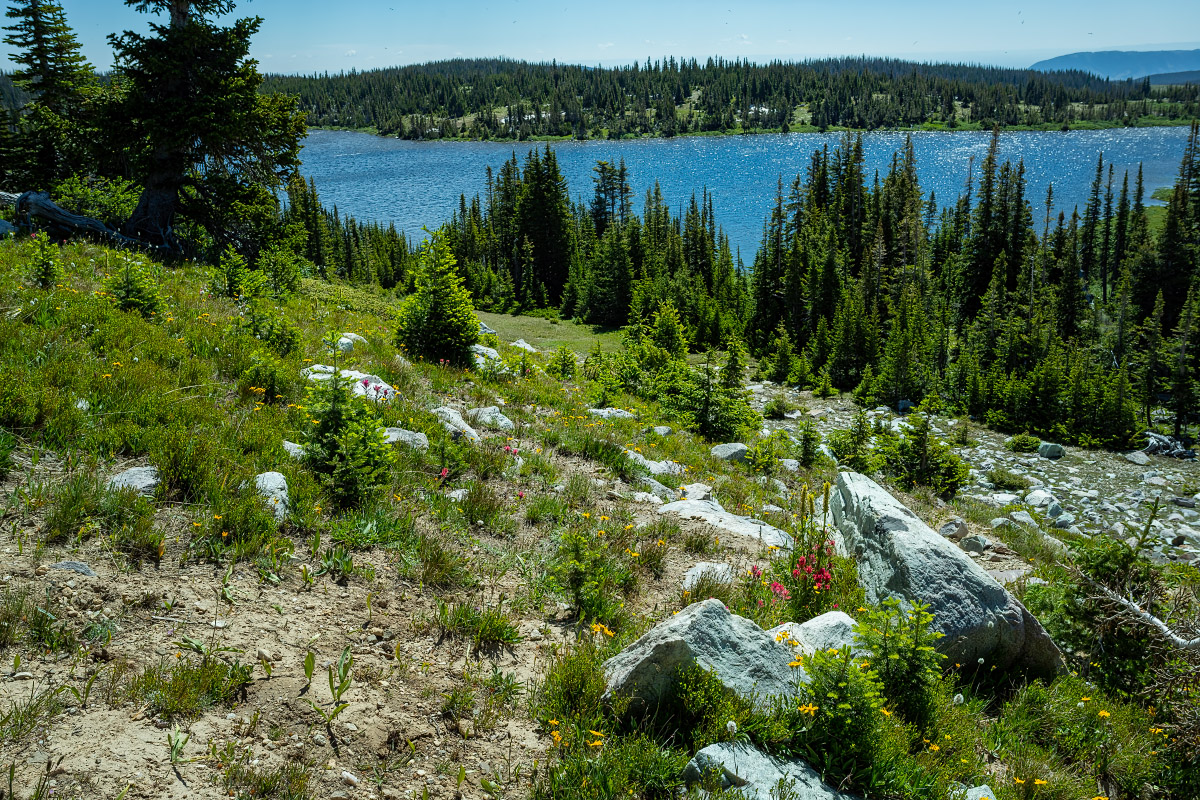
A little more than halfway through the hike we reached 11,000 ft elevation and Lost Lake.
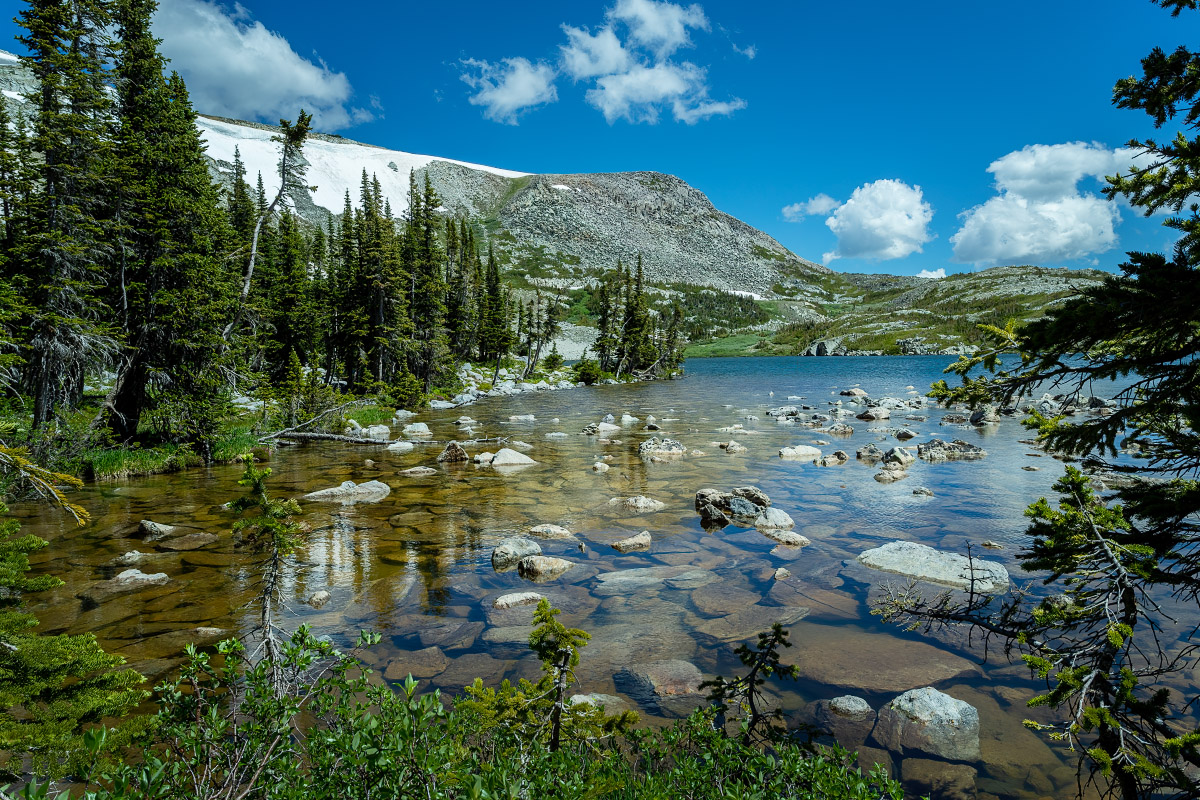
Up until now, the hike was mostly exposed terrain. For the home stretch there were some nice cool forests of Subalpine Fir. We noticed the forest floor was lush with green plants, but it wasn’t until Katherine took a closer look that she found these diminutive flowers under the leaves. The upside down urn-shaped flowers were probably only 3 mm in length. This is Grouseberry, also called Whortleberry and Grouse Whortleberry.
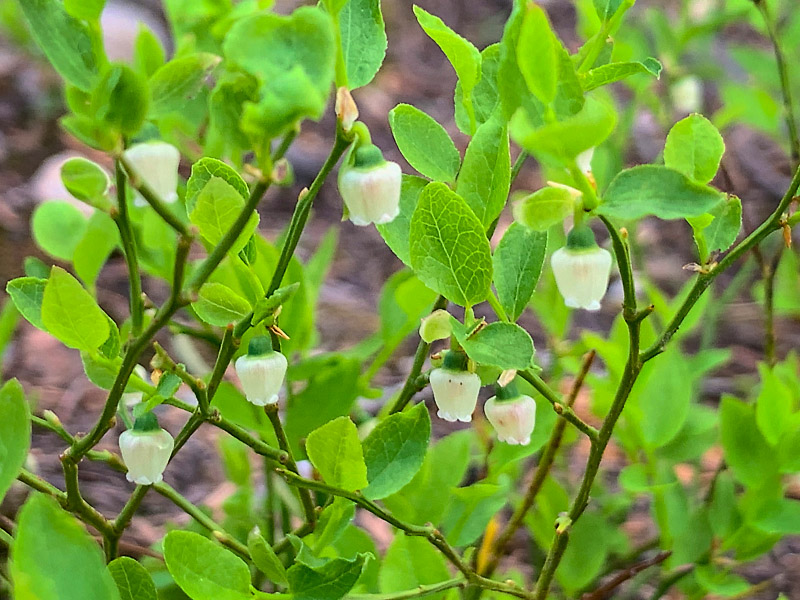
Here is an unnamed alpine lake with wildflowers.
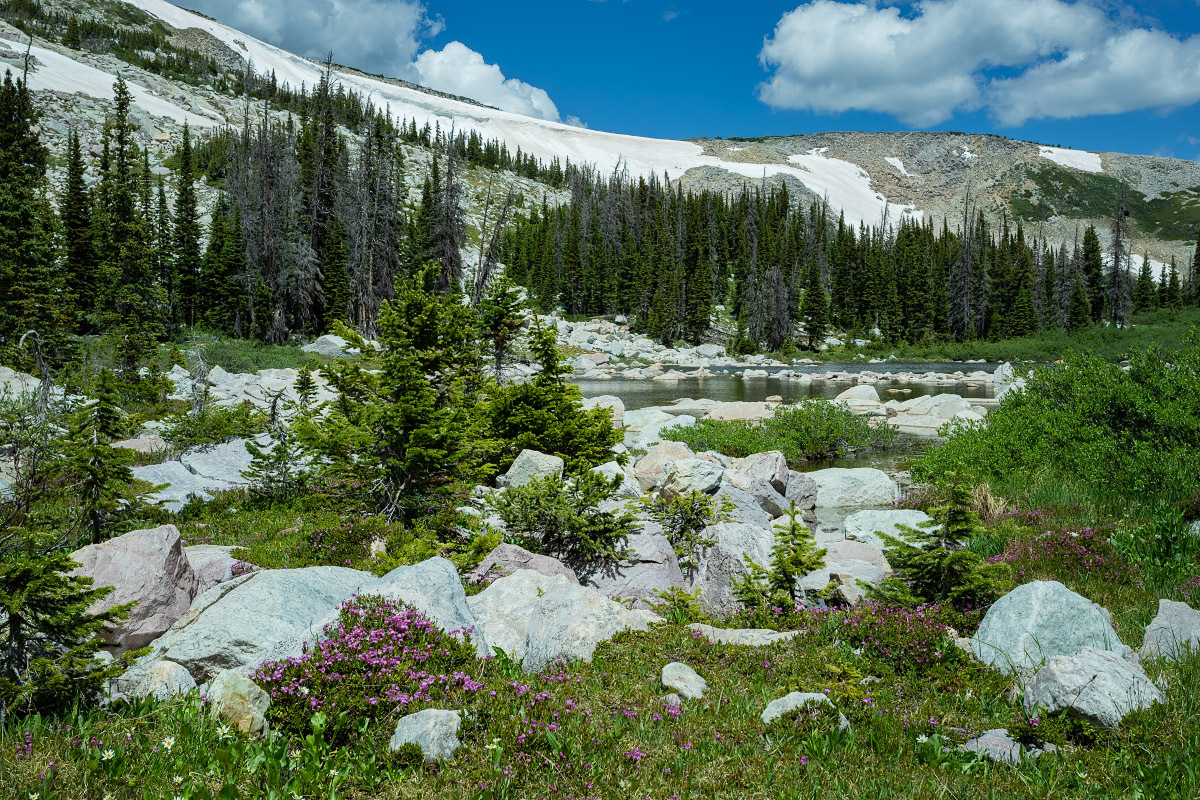
We made it back to camp for a well earned nap, then still went out late that night for Milky Way photography.
For several years I’ve wanted to shoot a Milky Way photo here. This is the Libby Flats Observation Tower. From here one can see the Snowy Range to the north, Laramie Mountains to the east, Sierra Madre Mountains to the west and even south to the Rocky Mountains in Colorado. I usually don’t put people in my Milky Way photos, but it seemed appropriate for an observation tower. This is as close to a self portrait I’ll ever do.
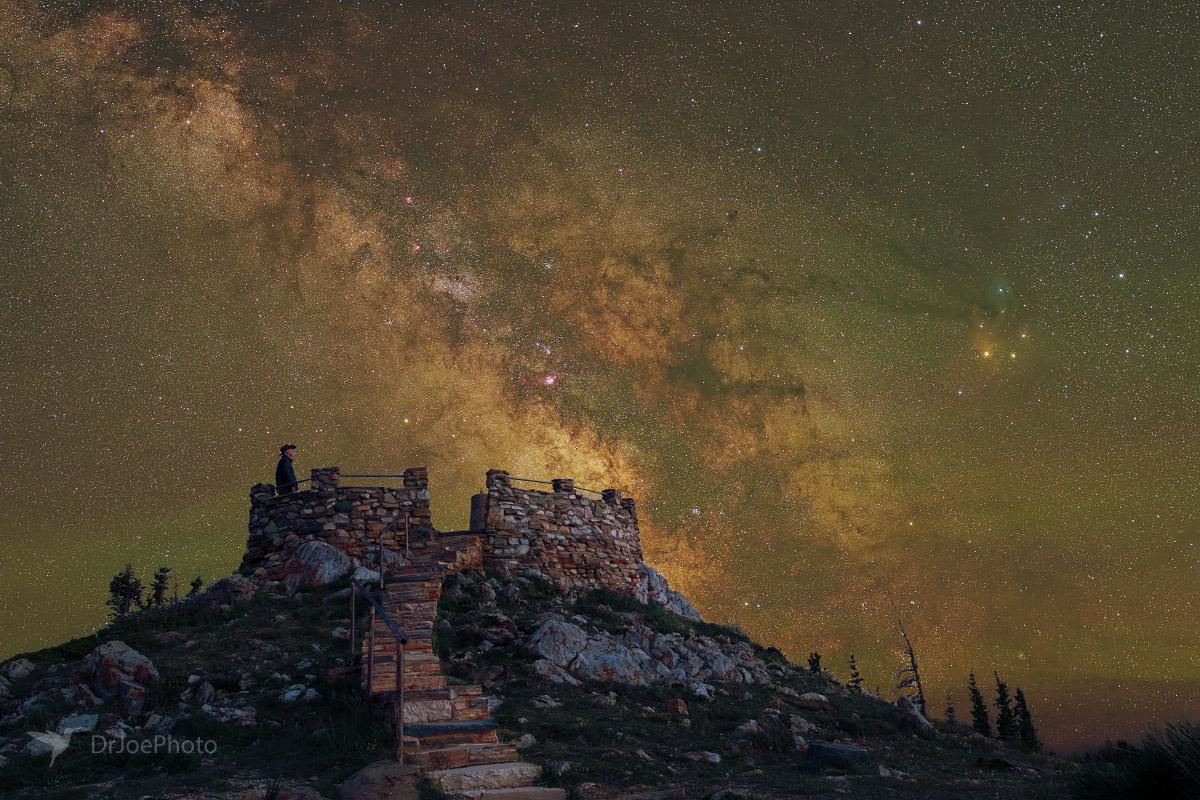
08/12/23: We went to The Falls campground this weekend. While it was a bit busier than usual, we managed to snag our favorite camping spot! We can hear the waterfall from our campsite and this is the view of the Pinnacles.
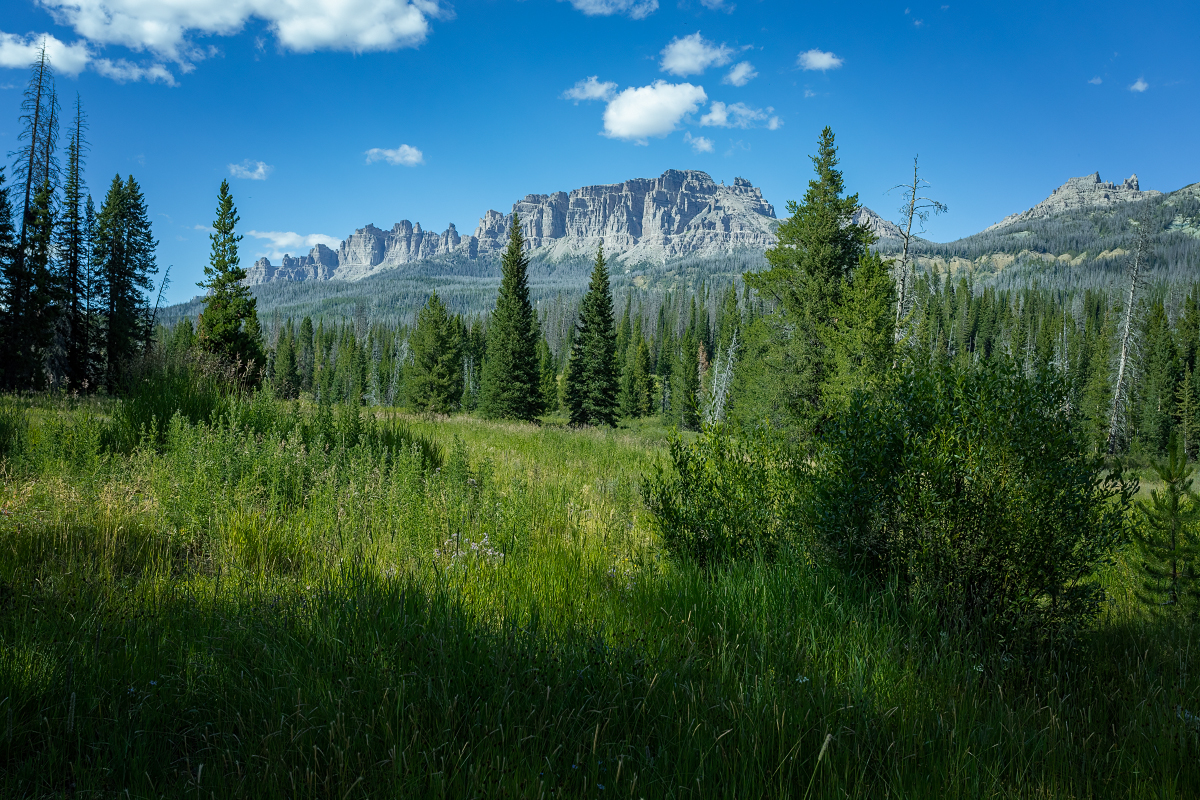
We missed peak wildflower time up here, but the good thing about that is we got to see later blooming varieties we’ve not seen before. Fireweed, Asters, and Geraniums were still blooming.
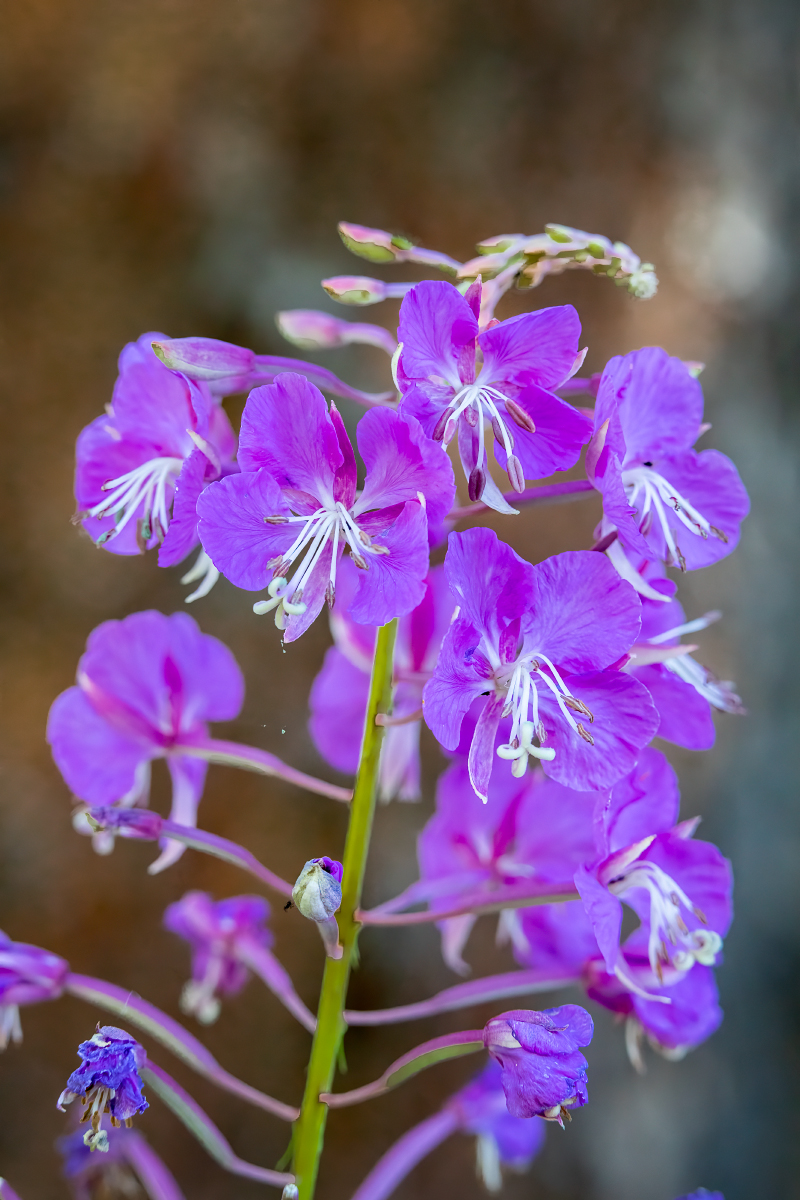
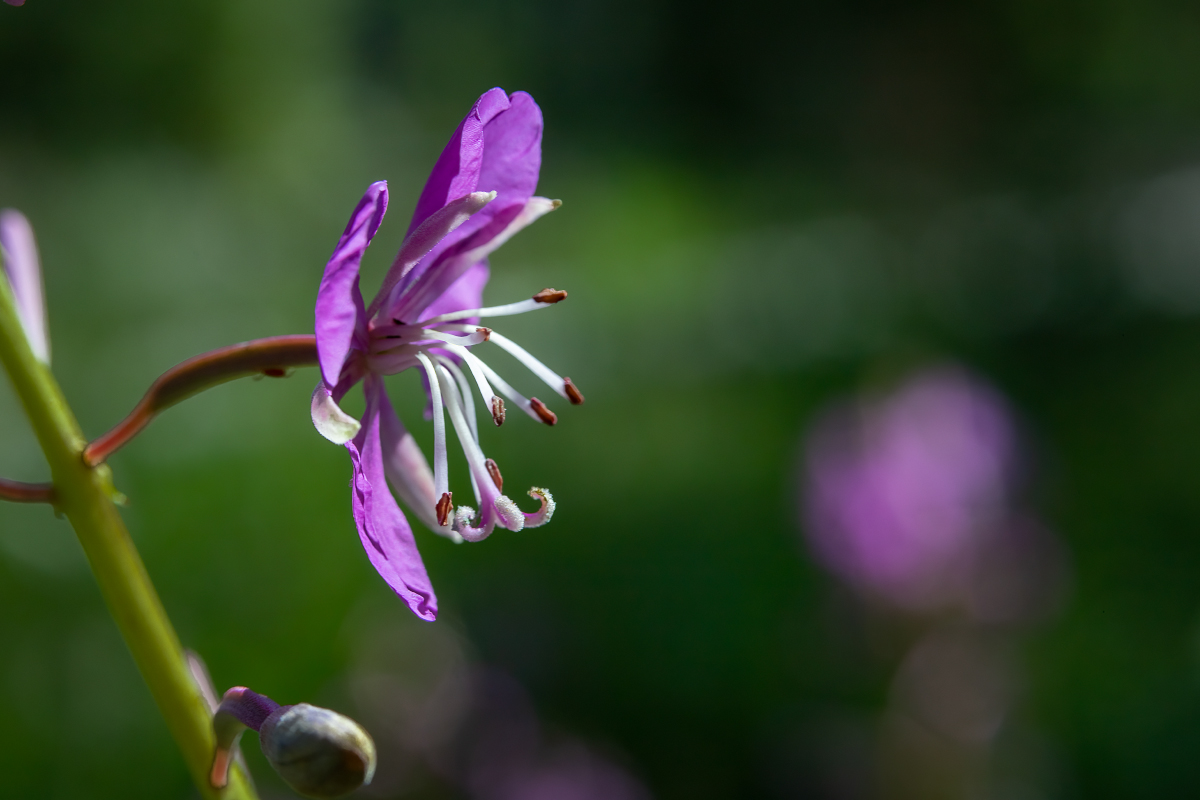
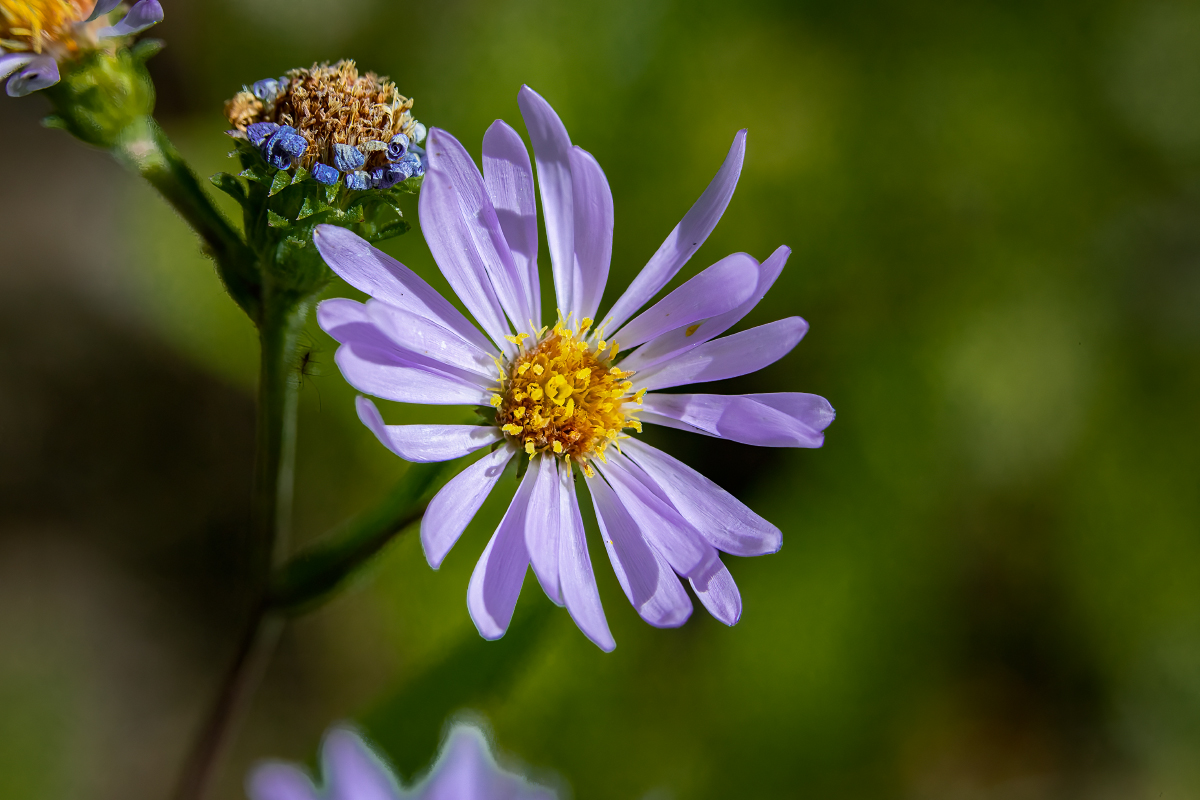
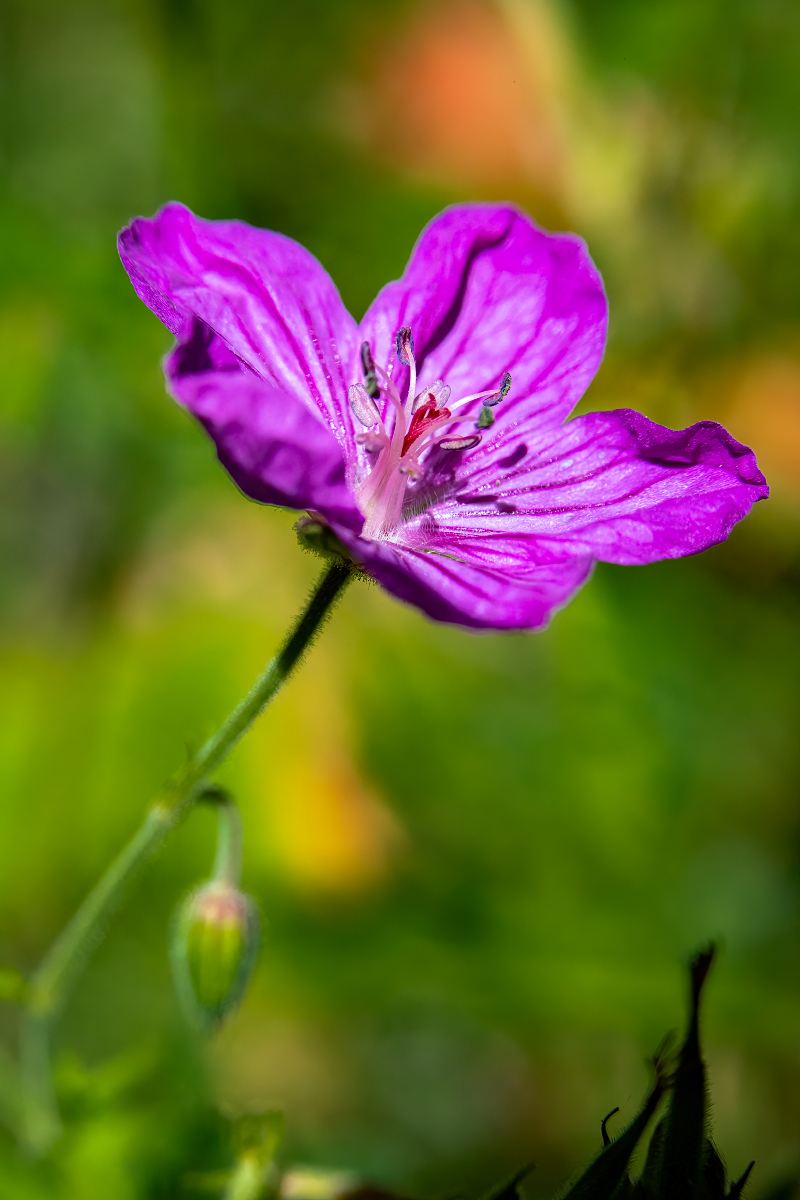
The rest of these are new ones I tried to identify.
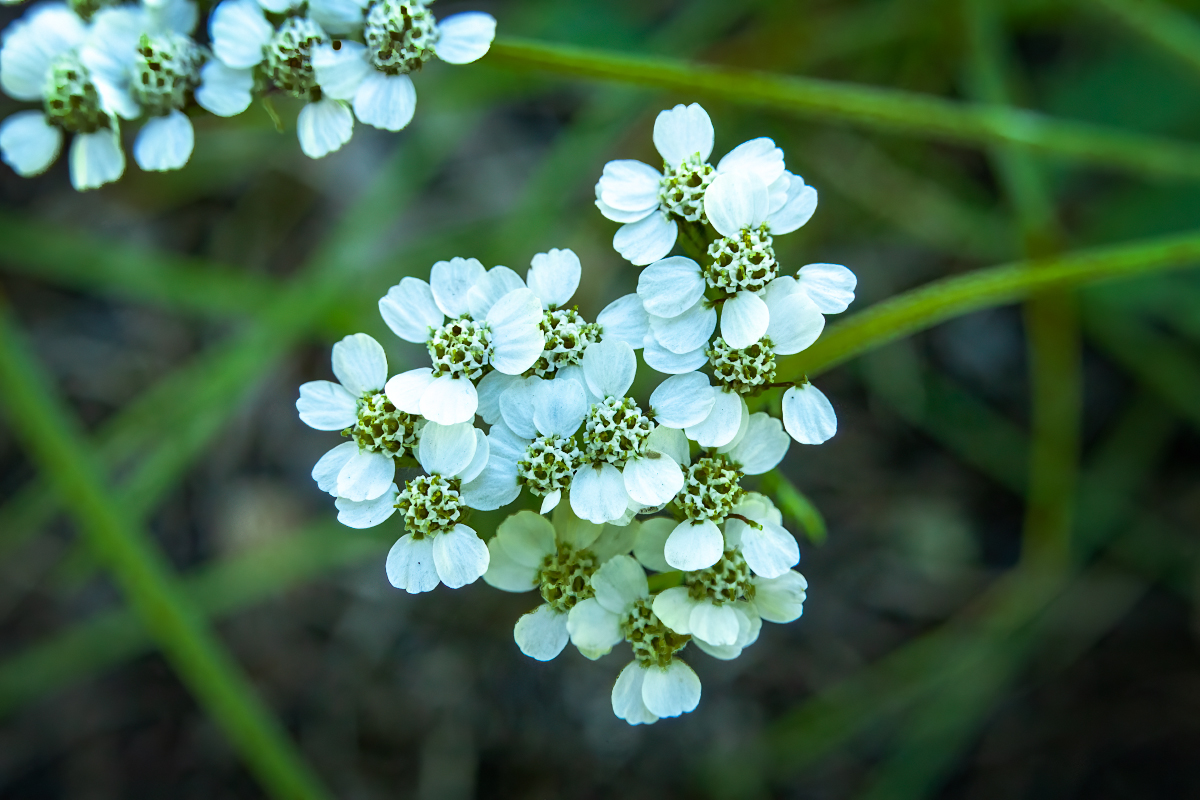
The individual flowers of Yarrow are very tiny. While walking you just see clusters of white. It was Candy who discovered a completely different plant with clusters of white flowers, but each bloom looked like a tiny rose. It’s name is just as elegant as the flower, Western Pearly Everlasting.
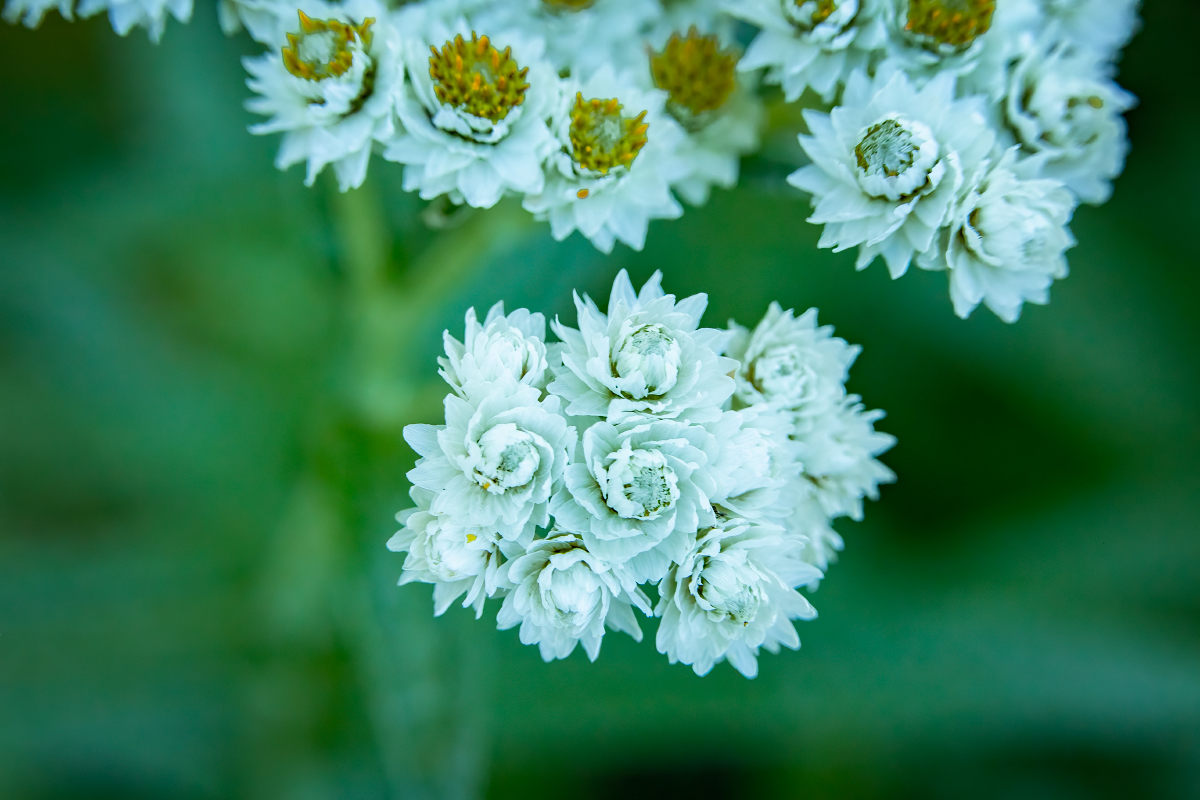
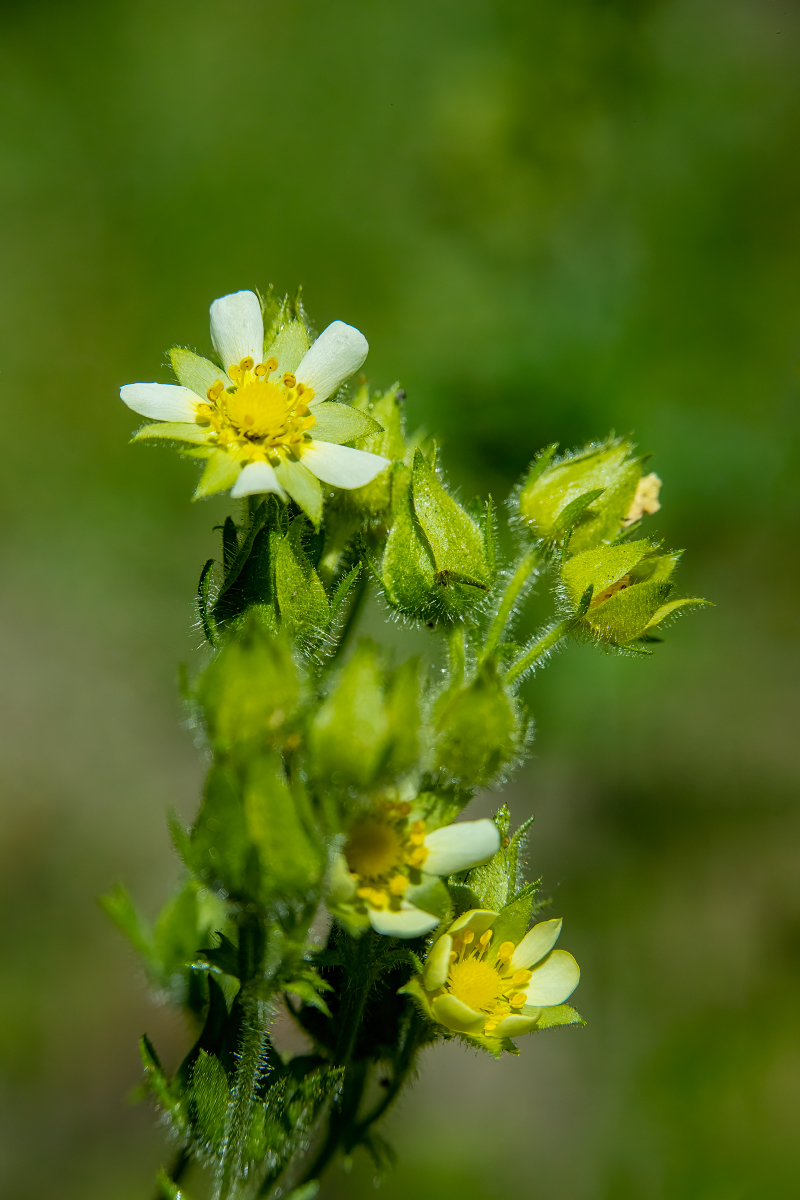
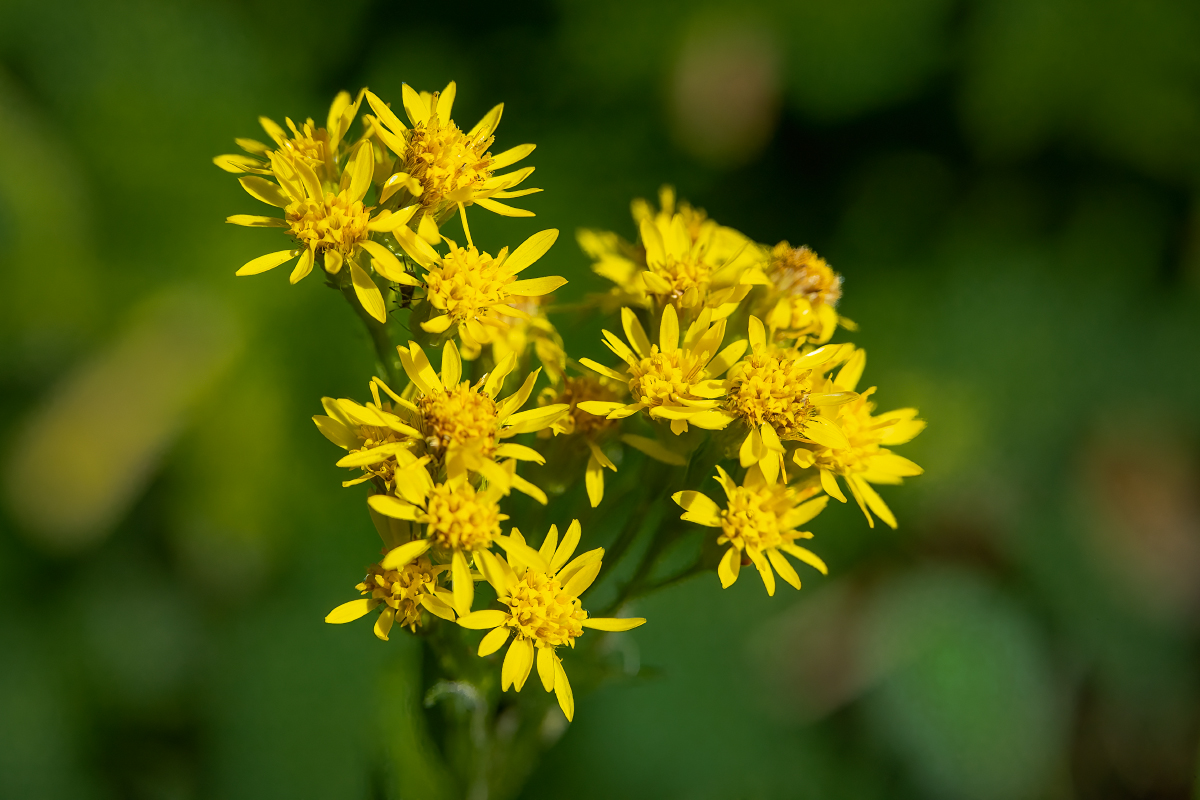
I continue to struggle to identify this flower Candy found. Yellow daisy-like or sunflower-like wildflowers are very numerous. I finally decided to go with Pale Mountain Dandelion (completely different genus from the common yard variety).
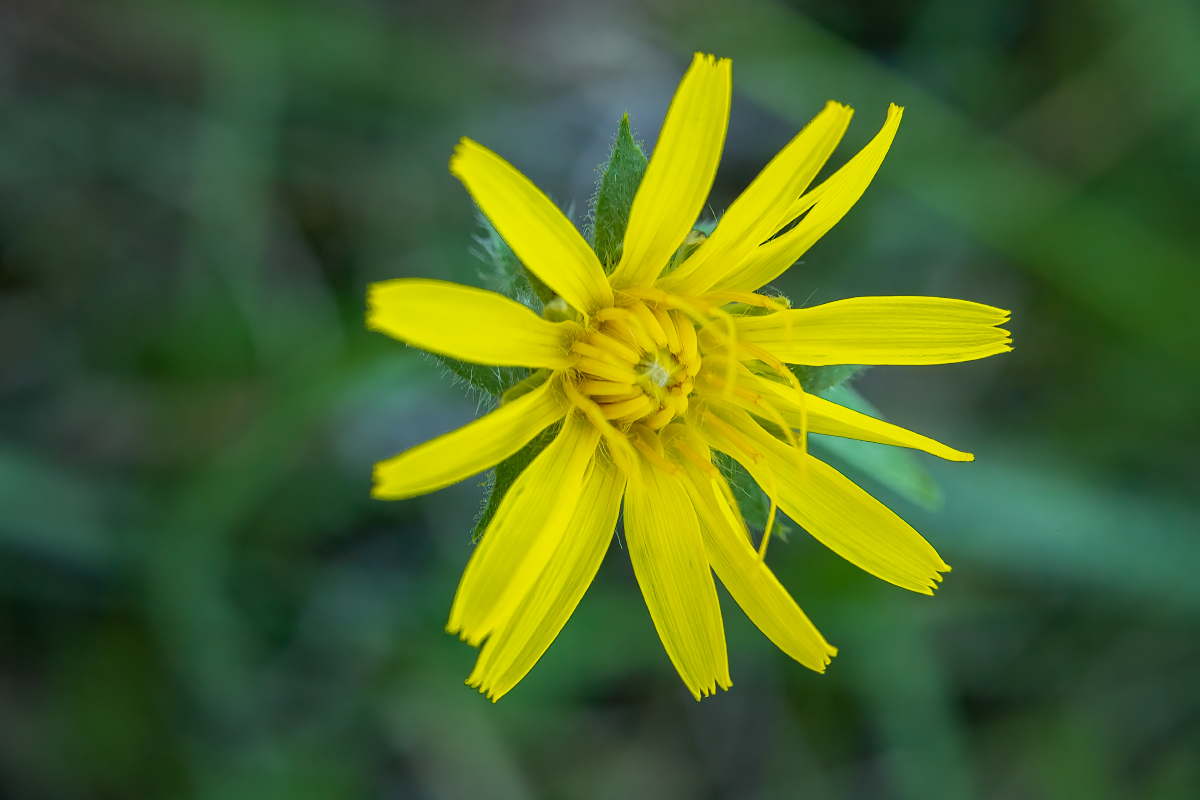
This weekend was also the peak of the Perseid meteor shower. One thing that amazed us was that the meteors were vivid green! It must have been because this was the first time we viewed them from 8300 foot elevation with the darkest possible sky conditions. At the bottom right is the Andromeda galaxy. Right above the Pinnacles just left of center is the Double Cluster in Perseus and just to its left are the red Heart & Soul Nebulae. At the upper right is the red North American Nebula. Meteor showers are named from the point from which they all seem to emanate. In this case the “radiant” is just to the right of the Double Cluster. This is a composite photo adding in all the meteors that I captured over several hours.
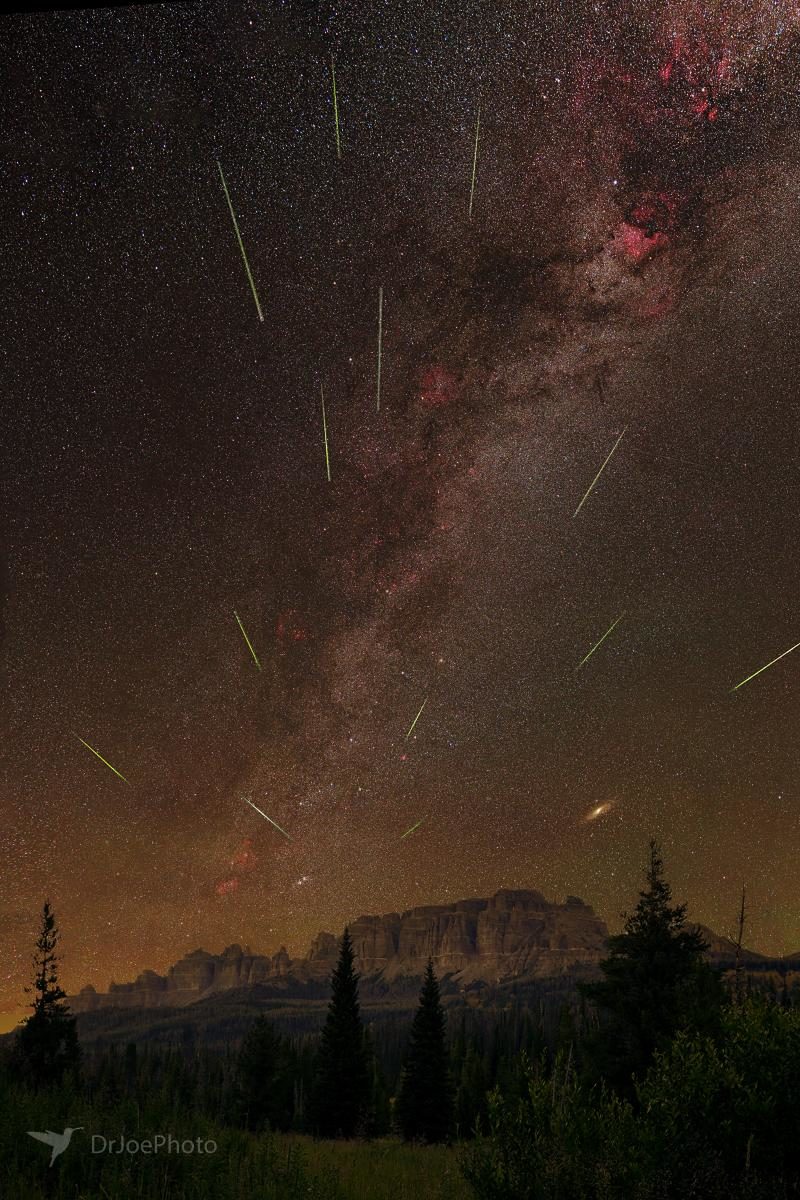
08/24/23: We had a wonderful visit from Candy’s nephew and his wife. Did a lot of hiking to several waterfalls and some great petroglyphs. It was hard to keep up with a couple 30 years younger, so I just brought my smartphone and took a couple of waterfall videos.
We first toured them around Sinks Canyon State Park and hiked the Popo Agie Falls trail.
The next day we showed them Dinwoody style petroglyphs and hiked to Torrey Creek Falls, then later Brooks Creek Falls.
9/23/2023: For our last camping trip of the year, we made a short one to Grand Teton National Park for fall colors. At higher elevations the color was at peak, but down in the valley we were a week or two early.
